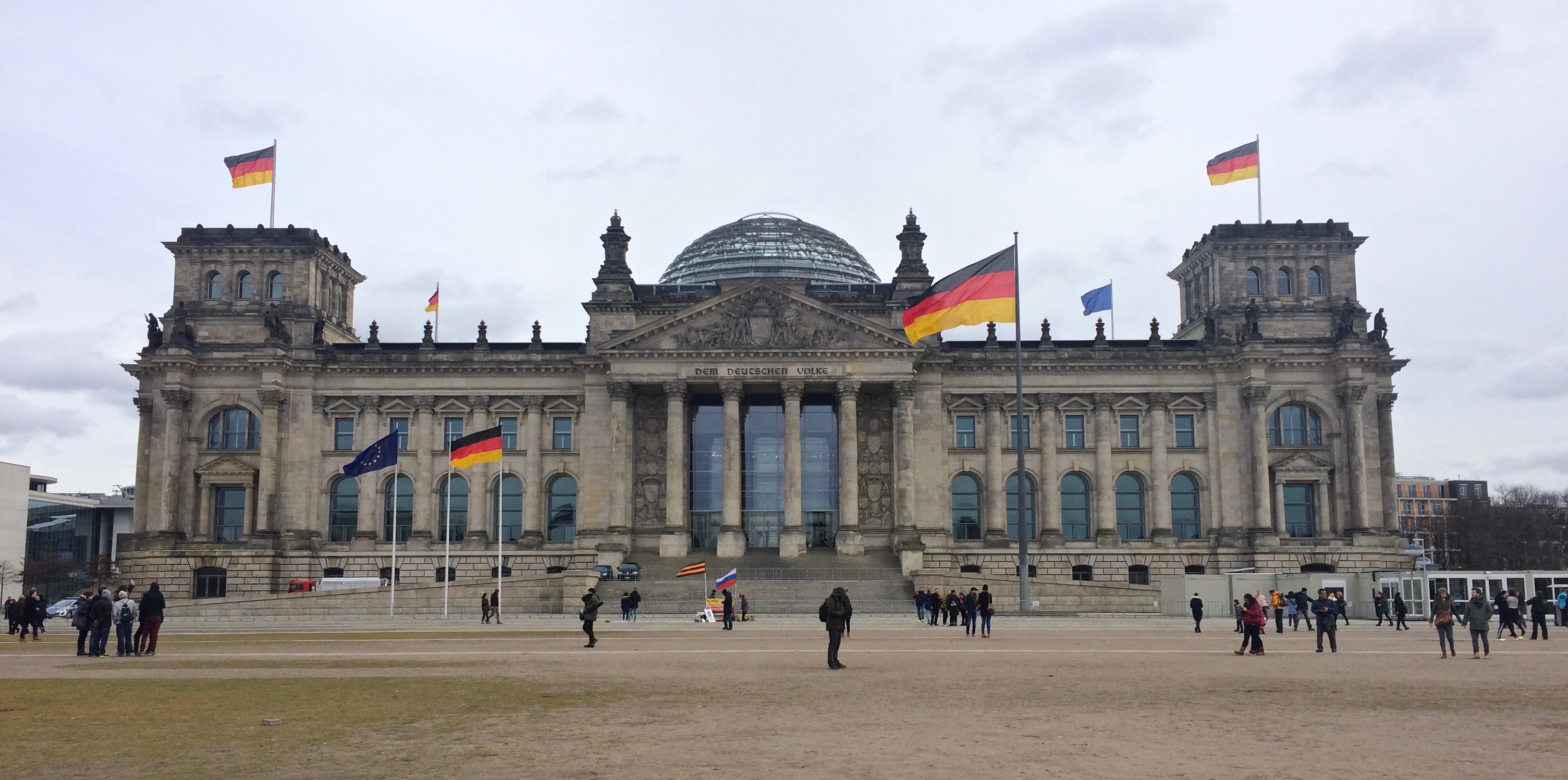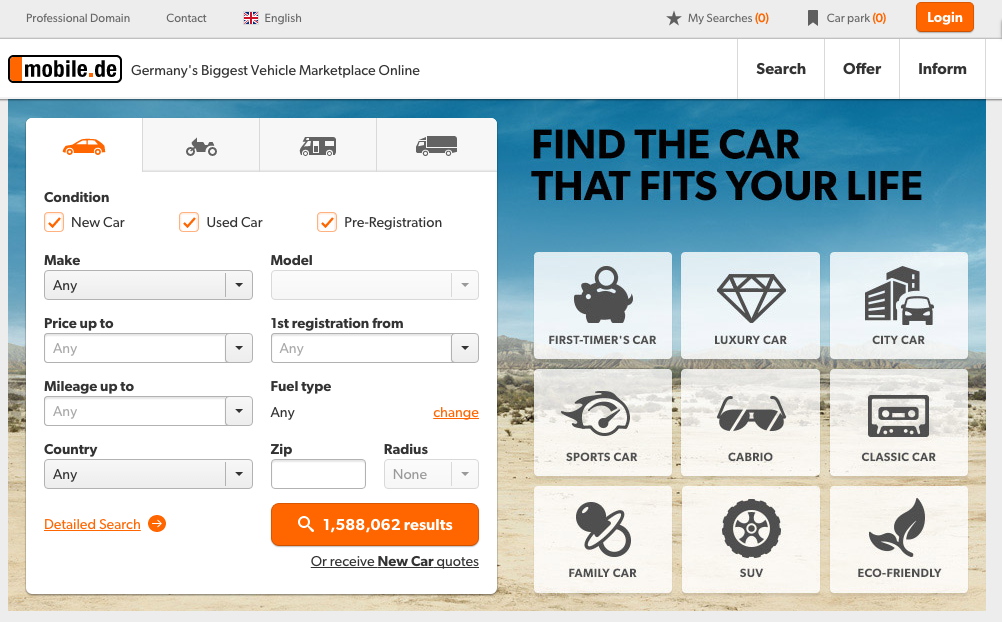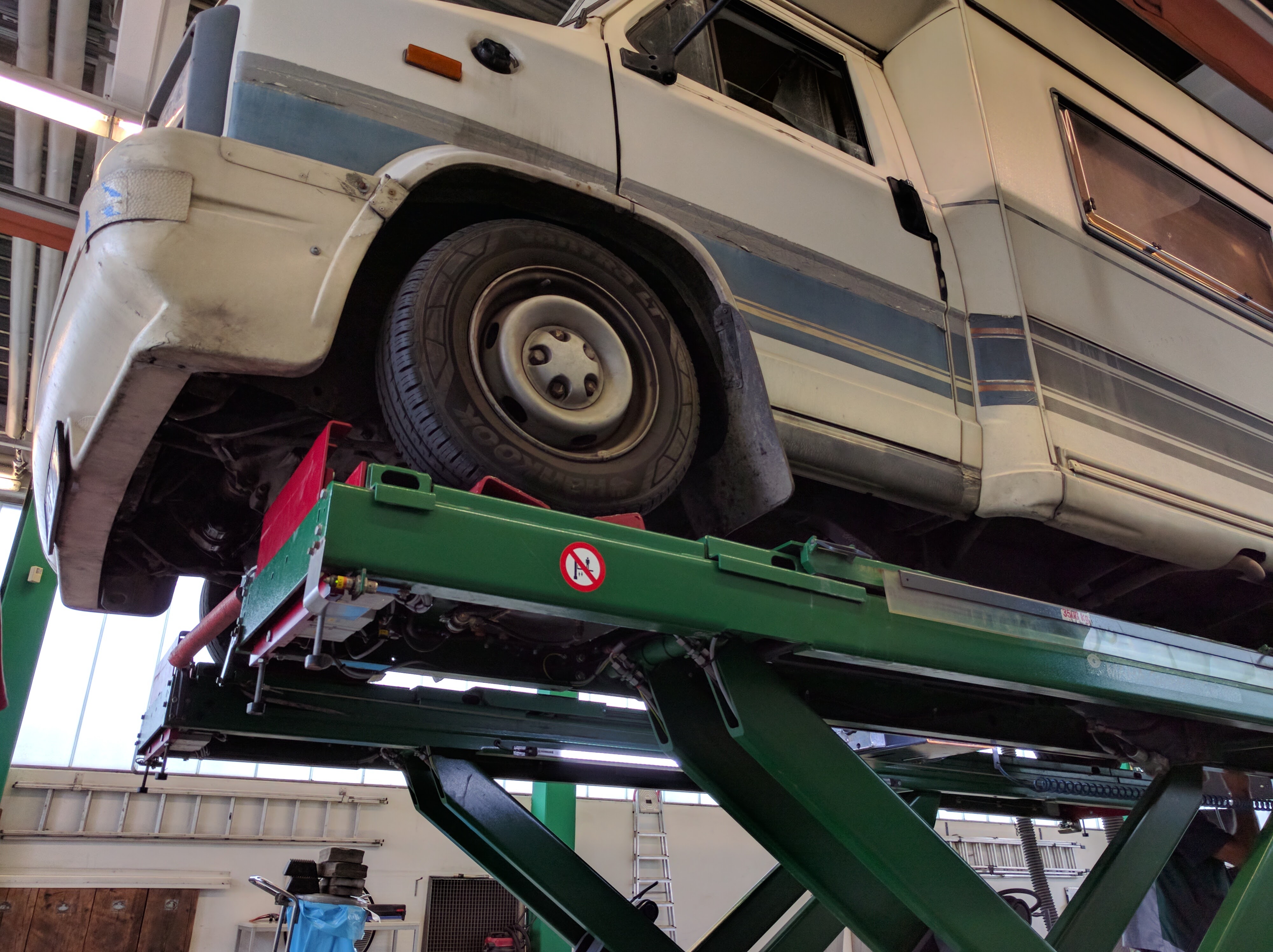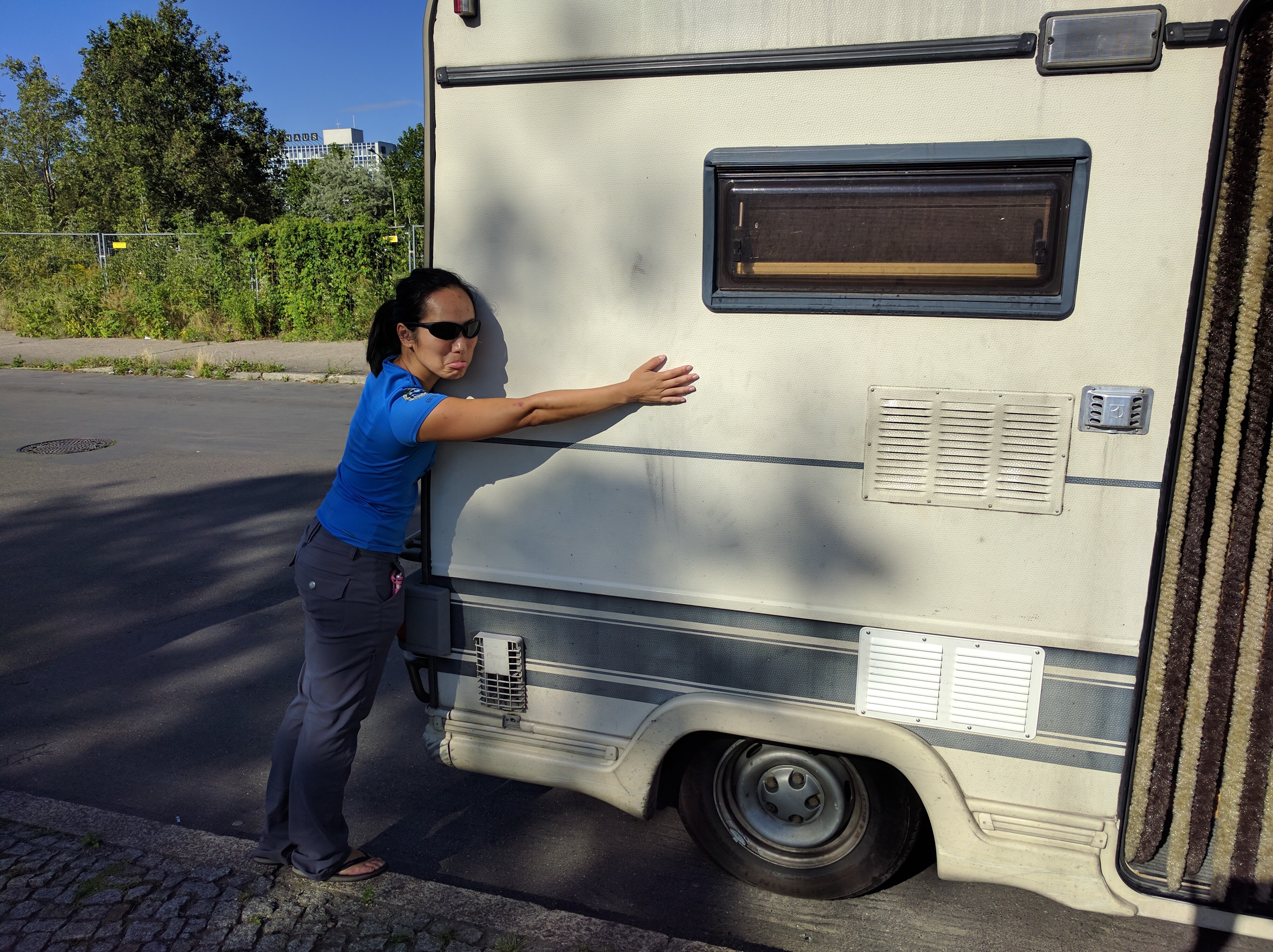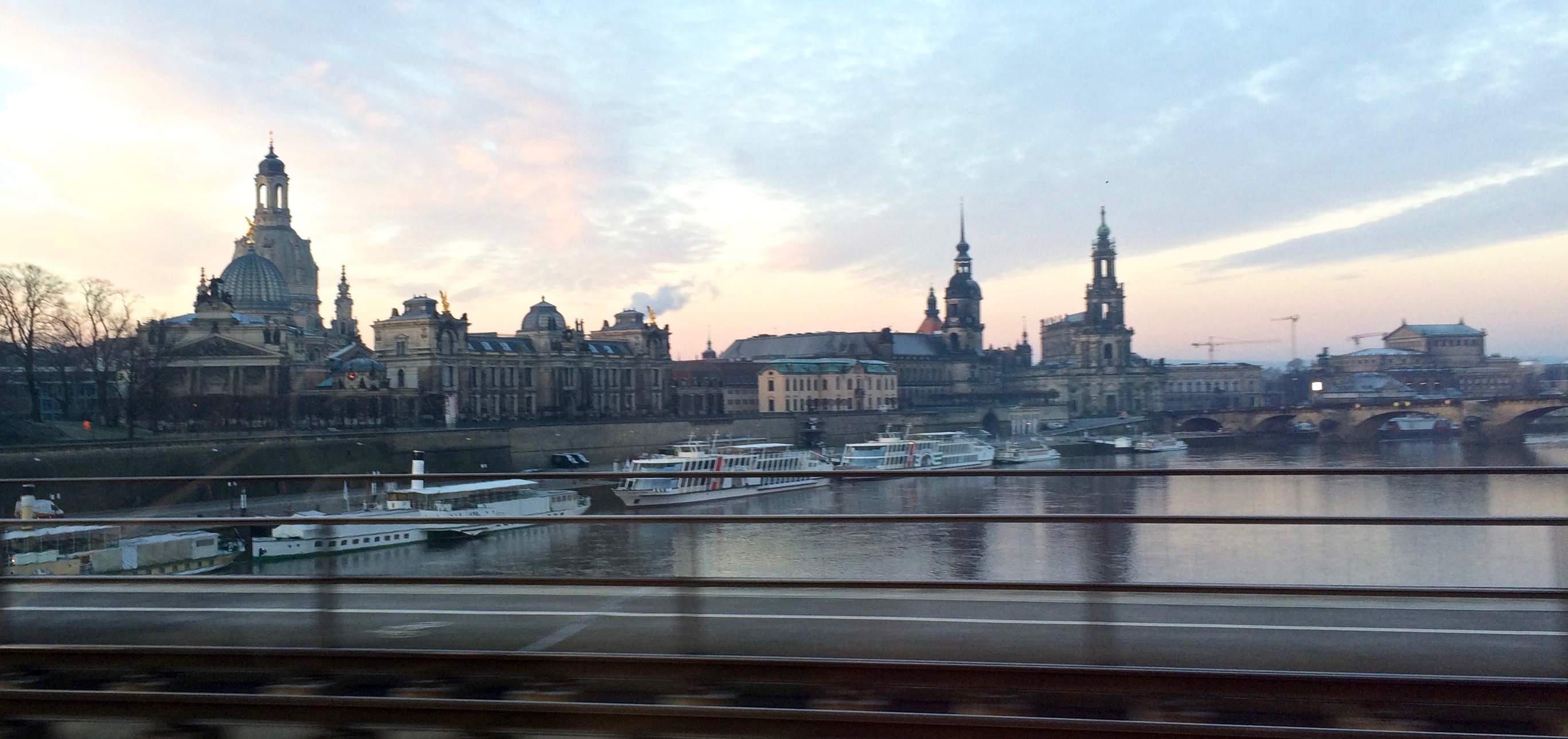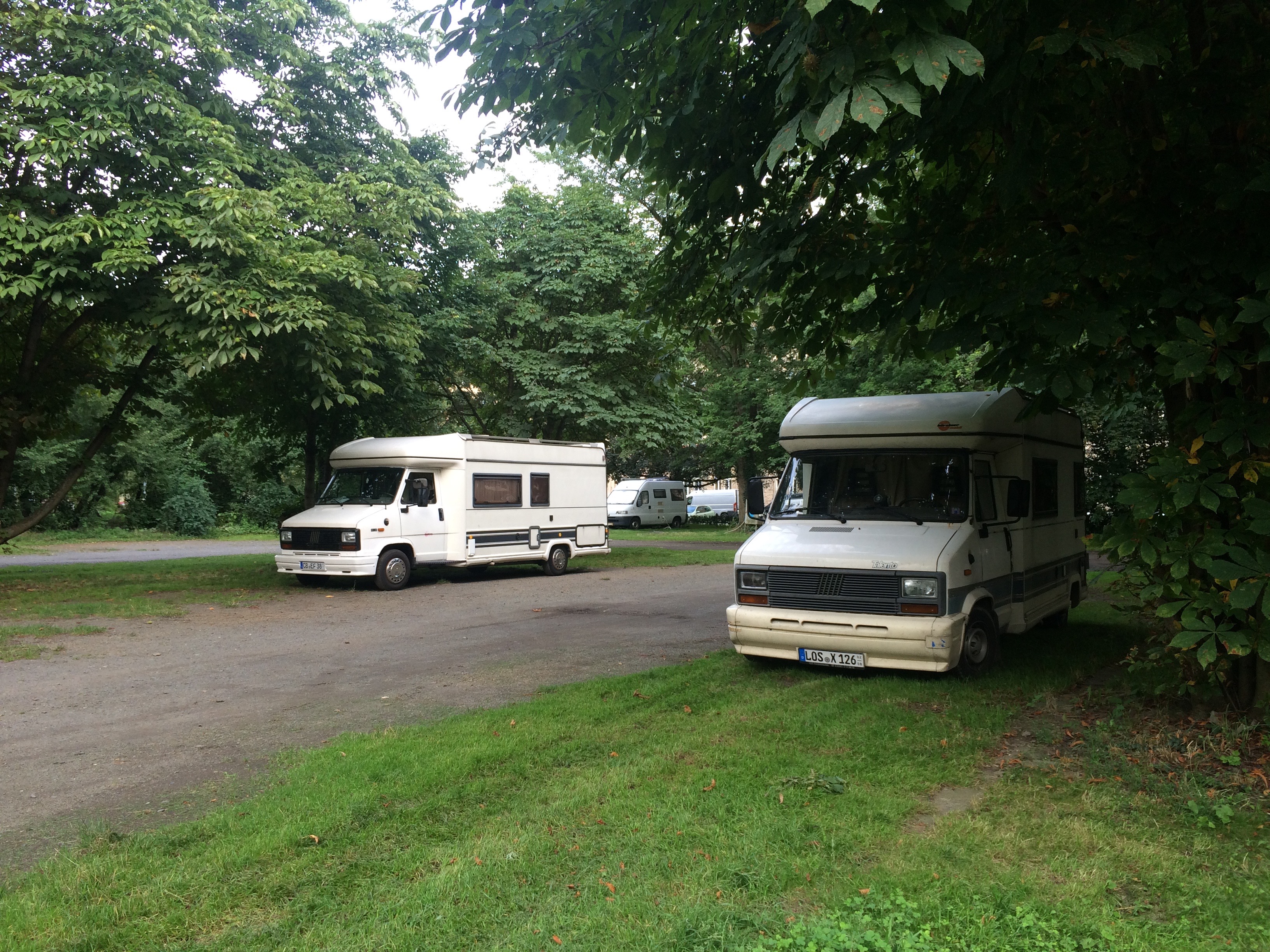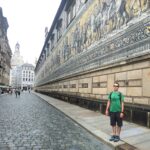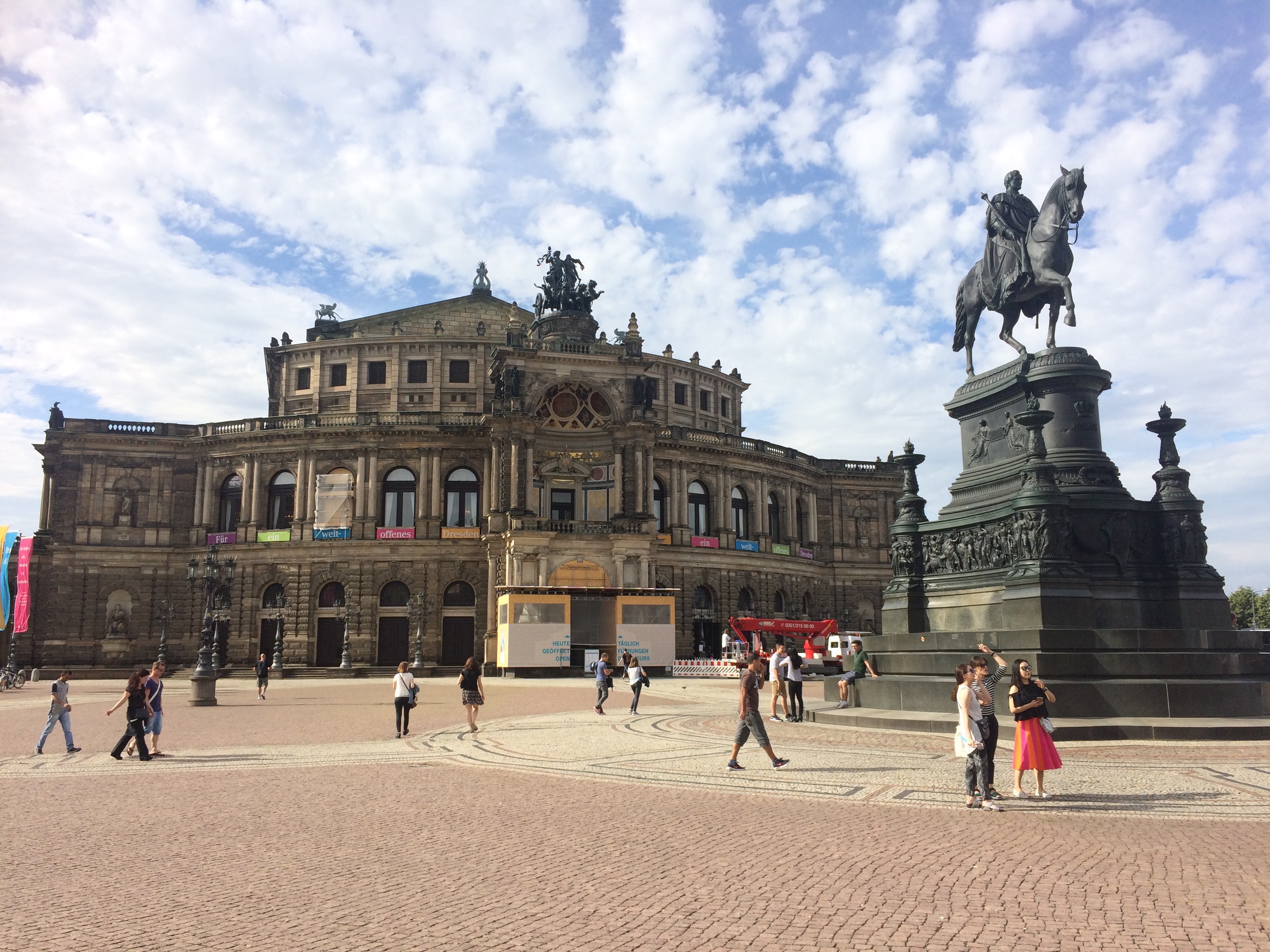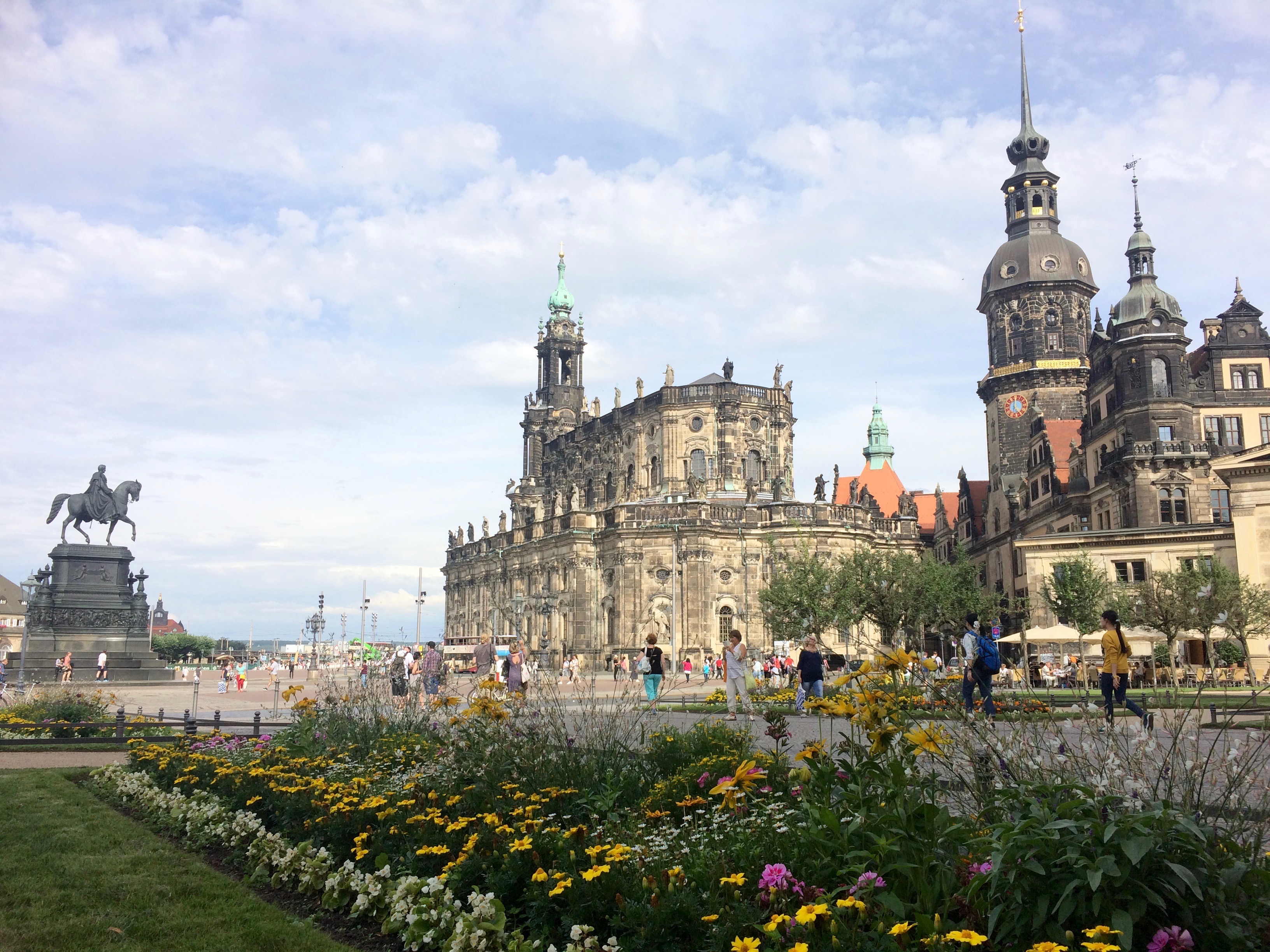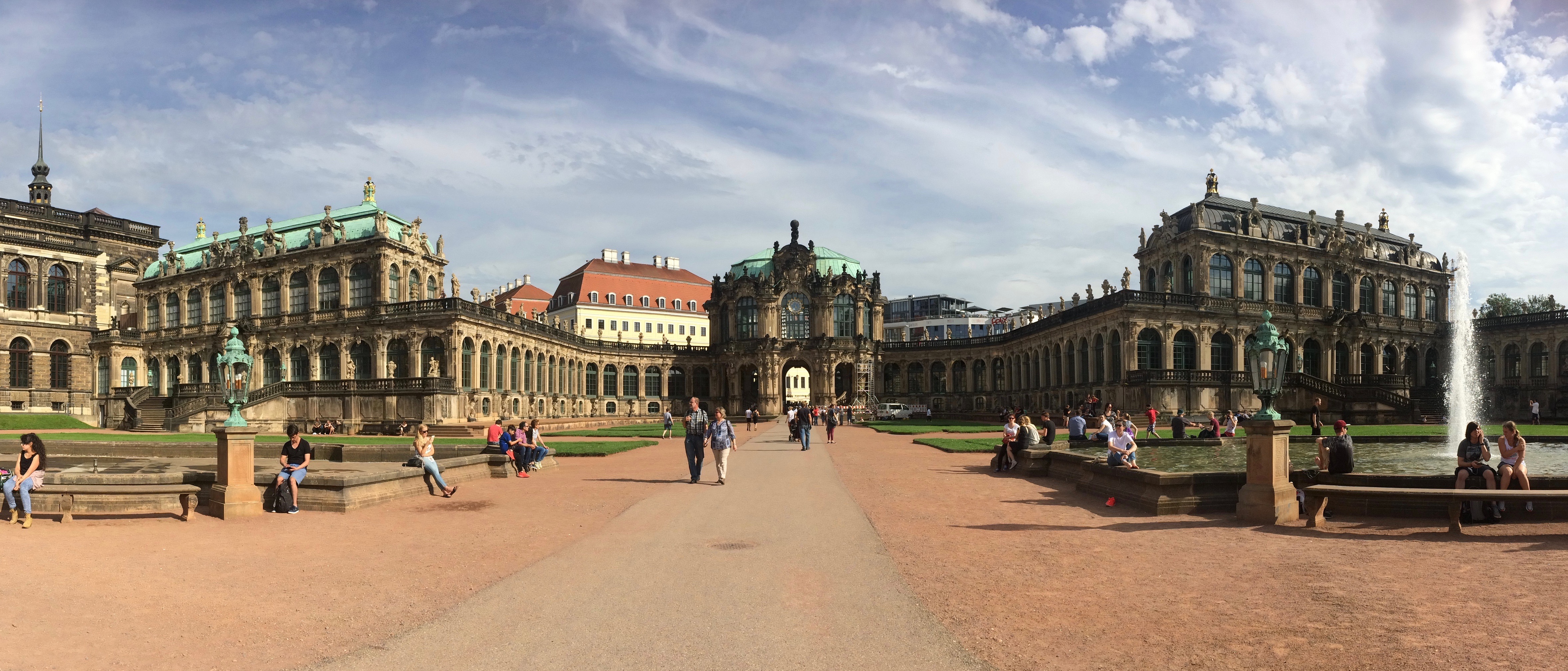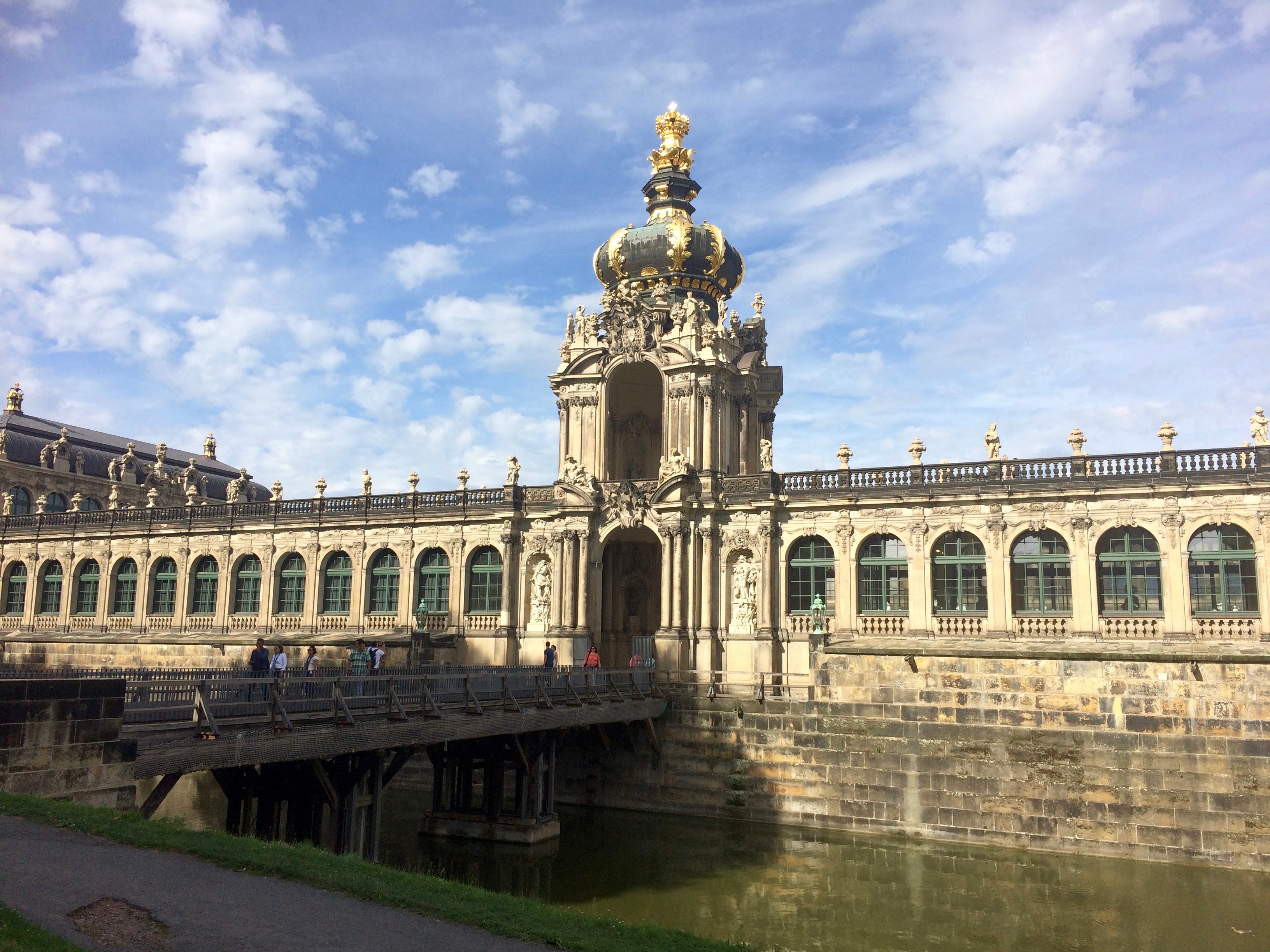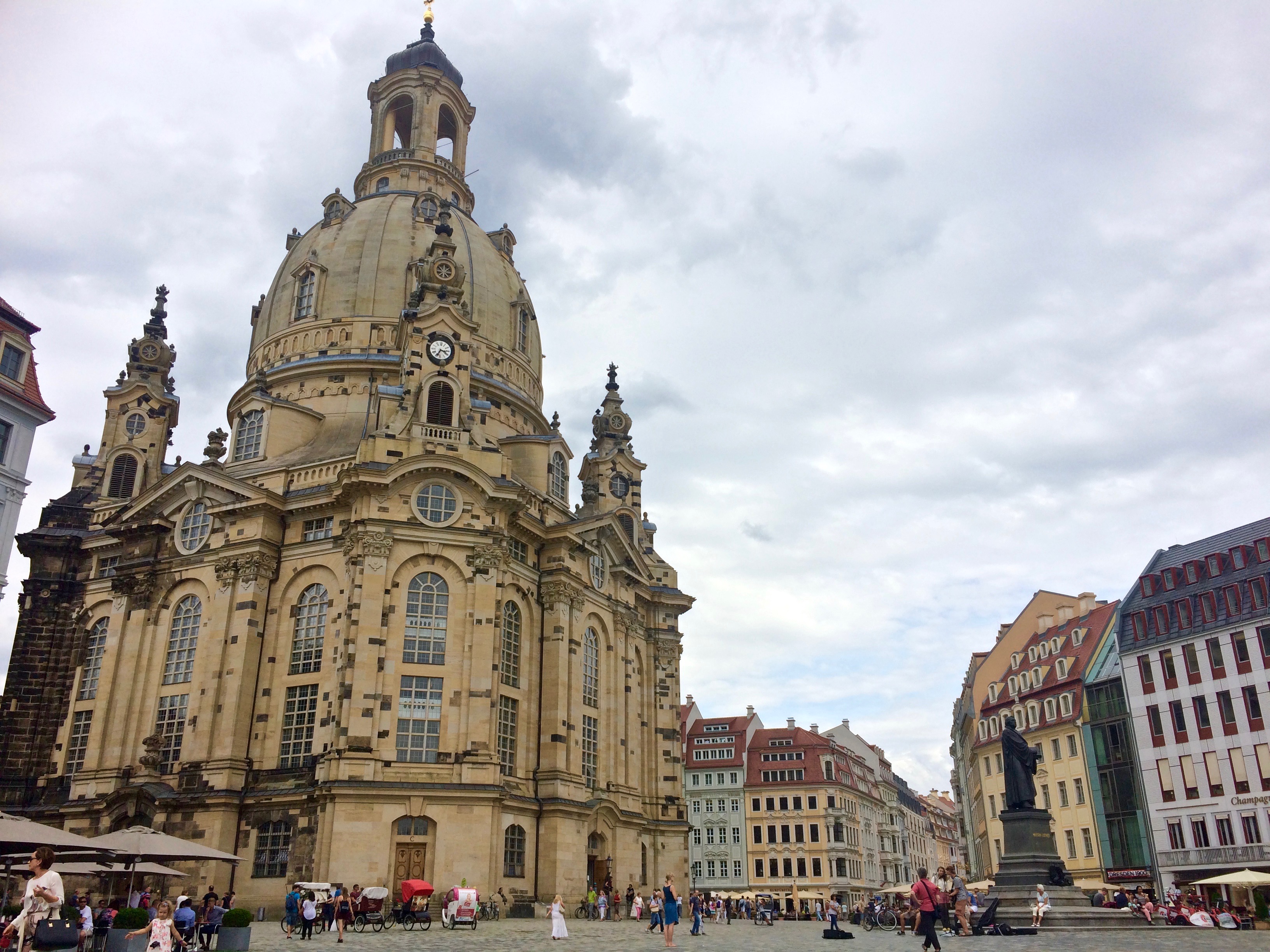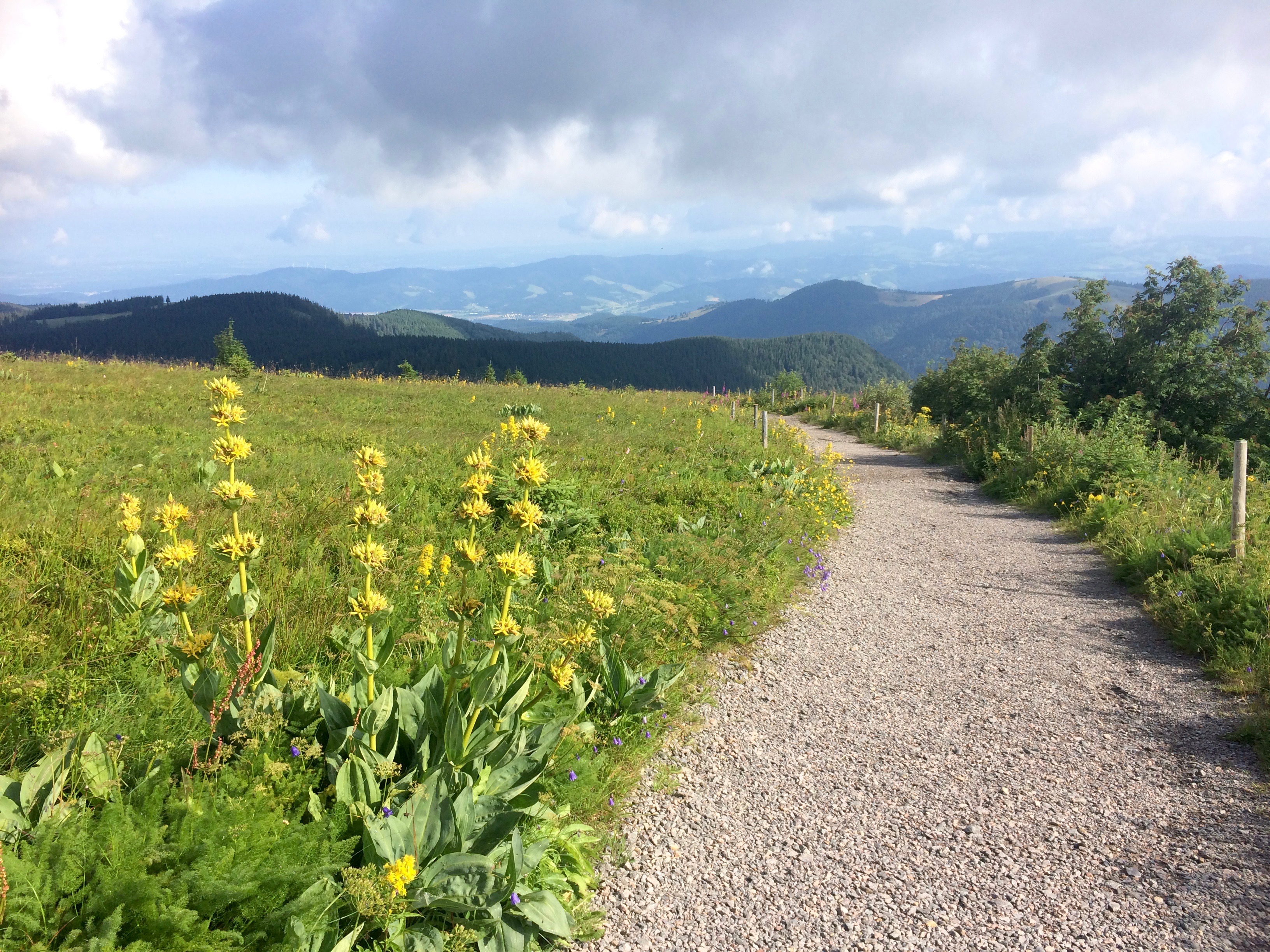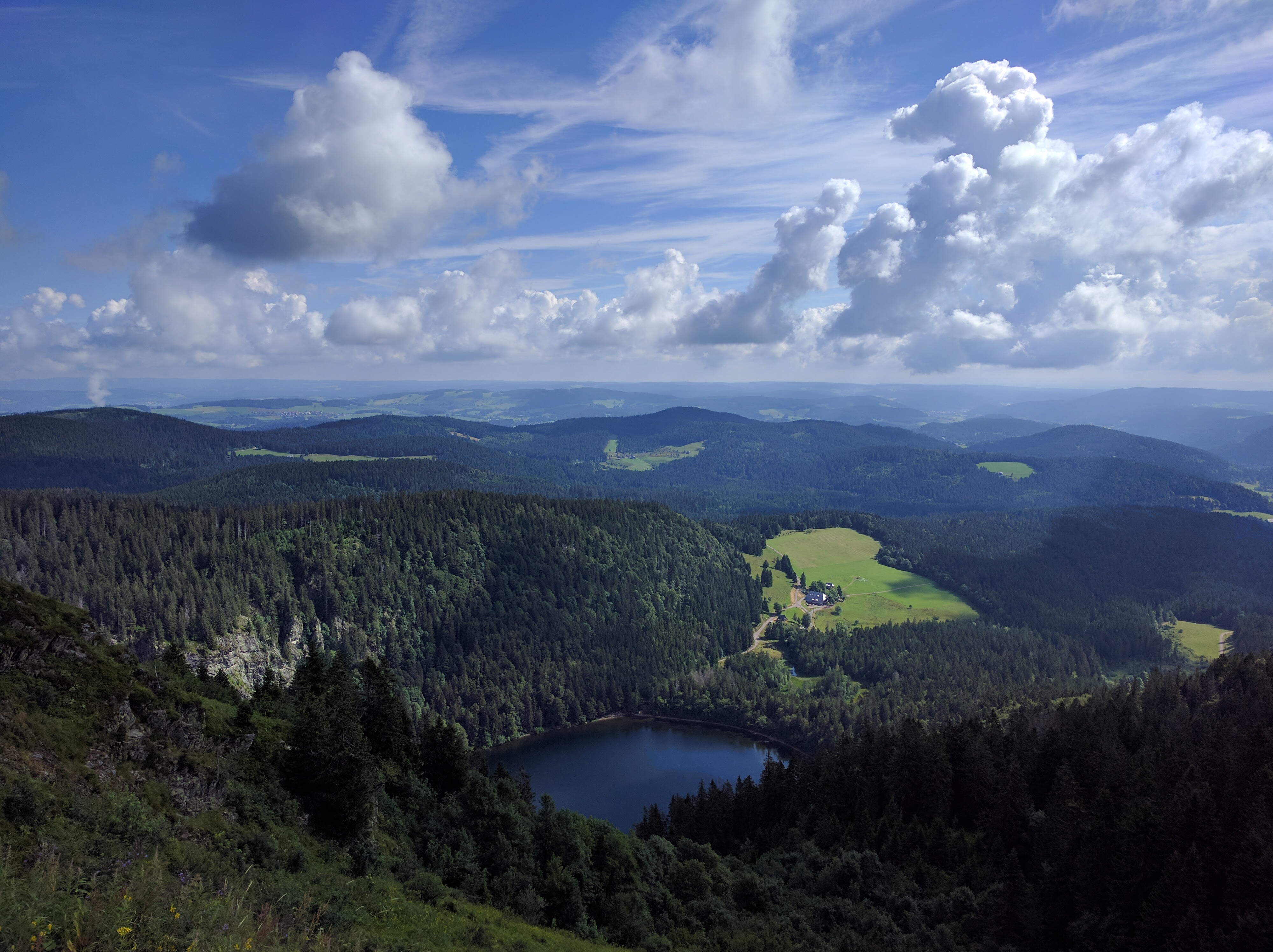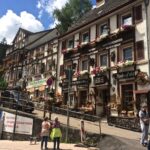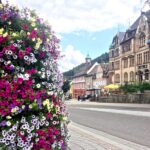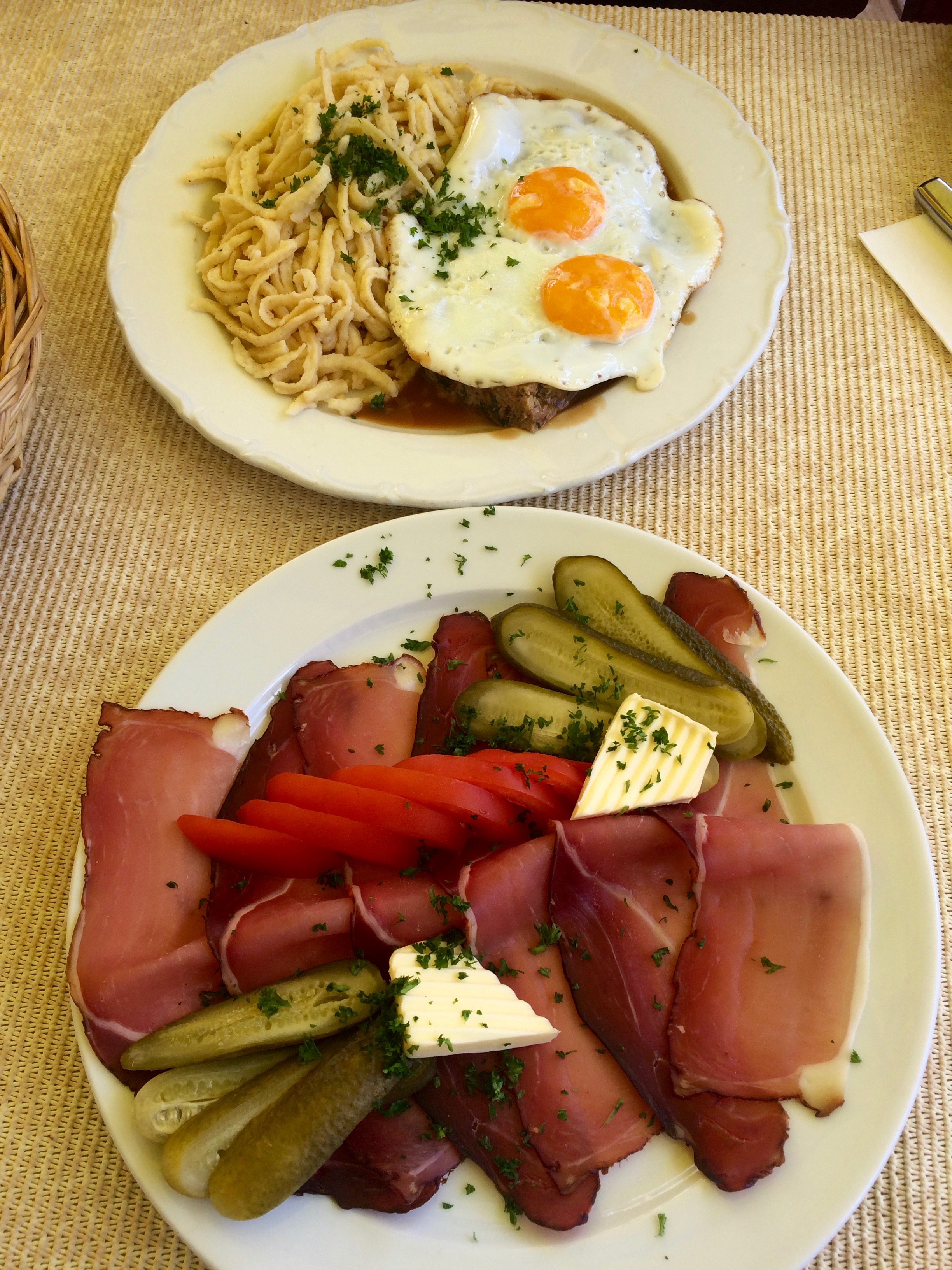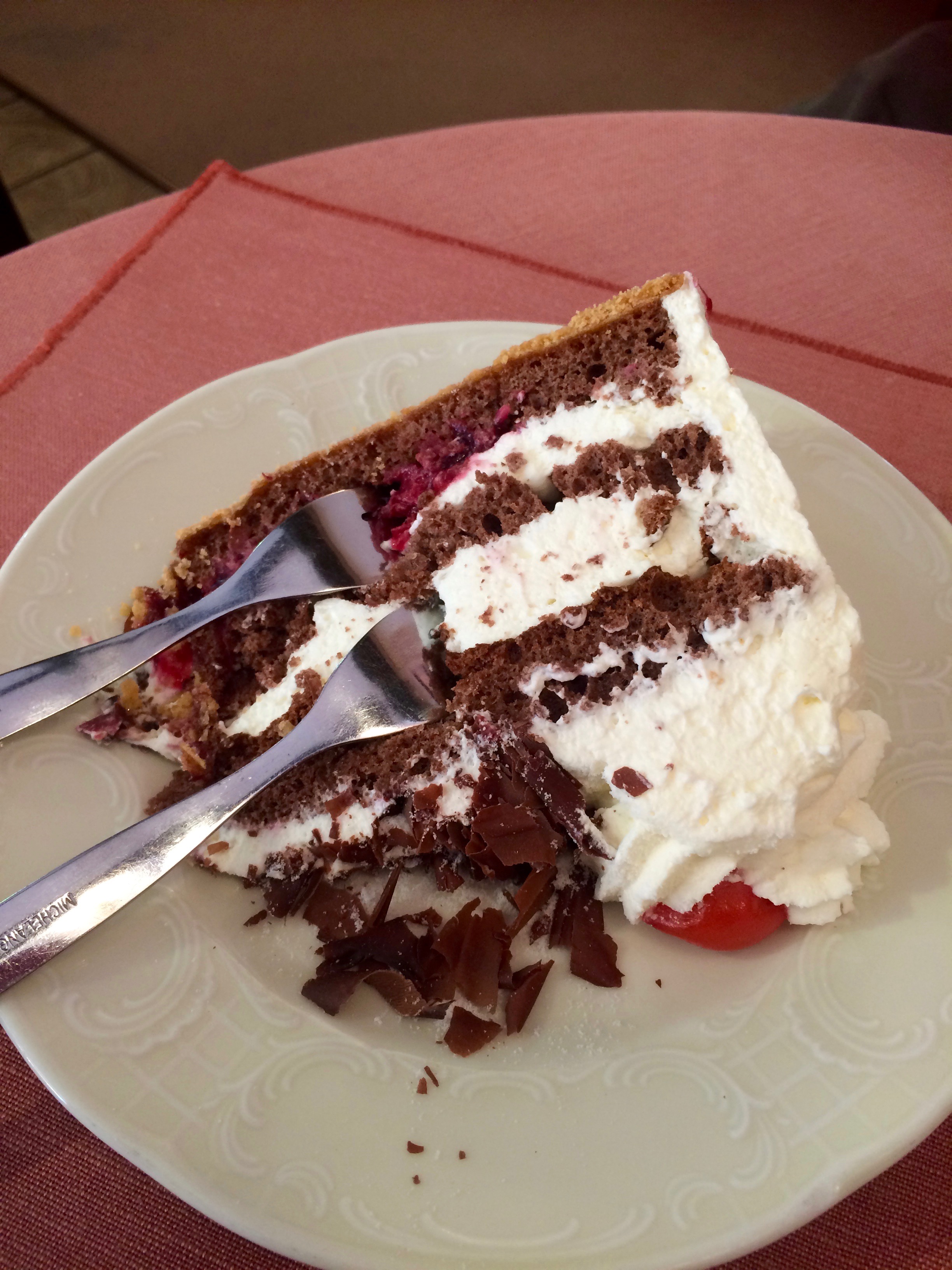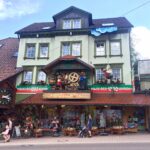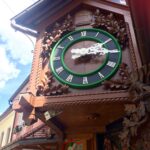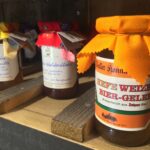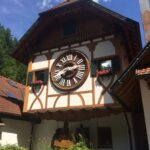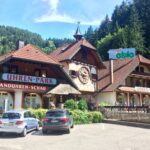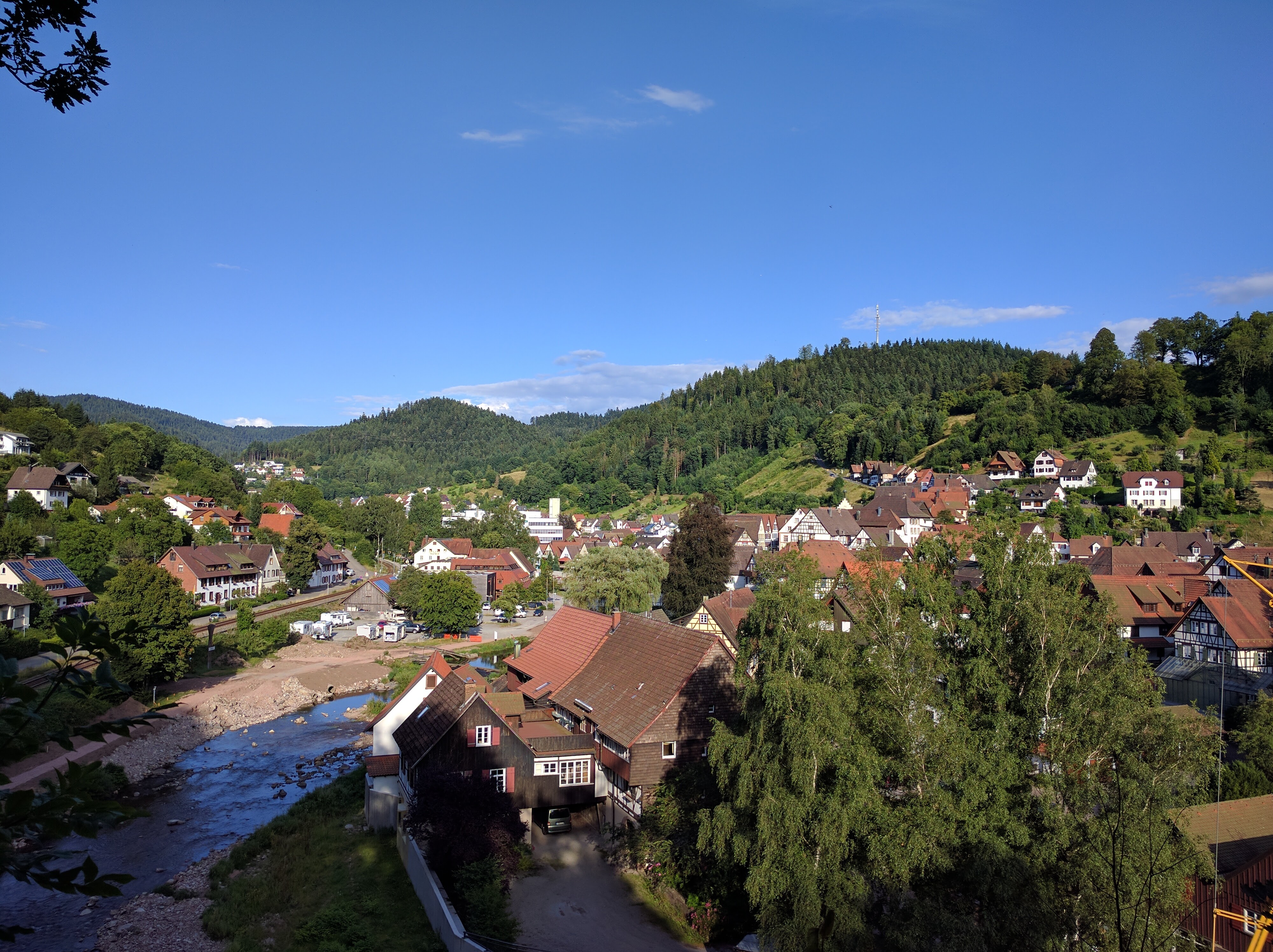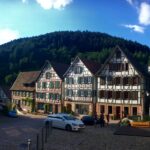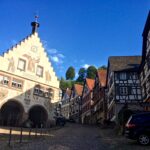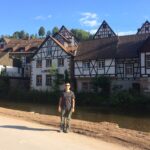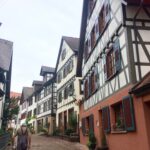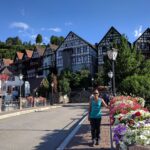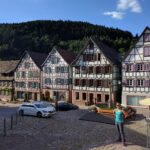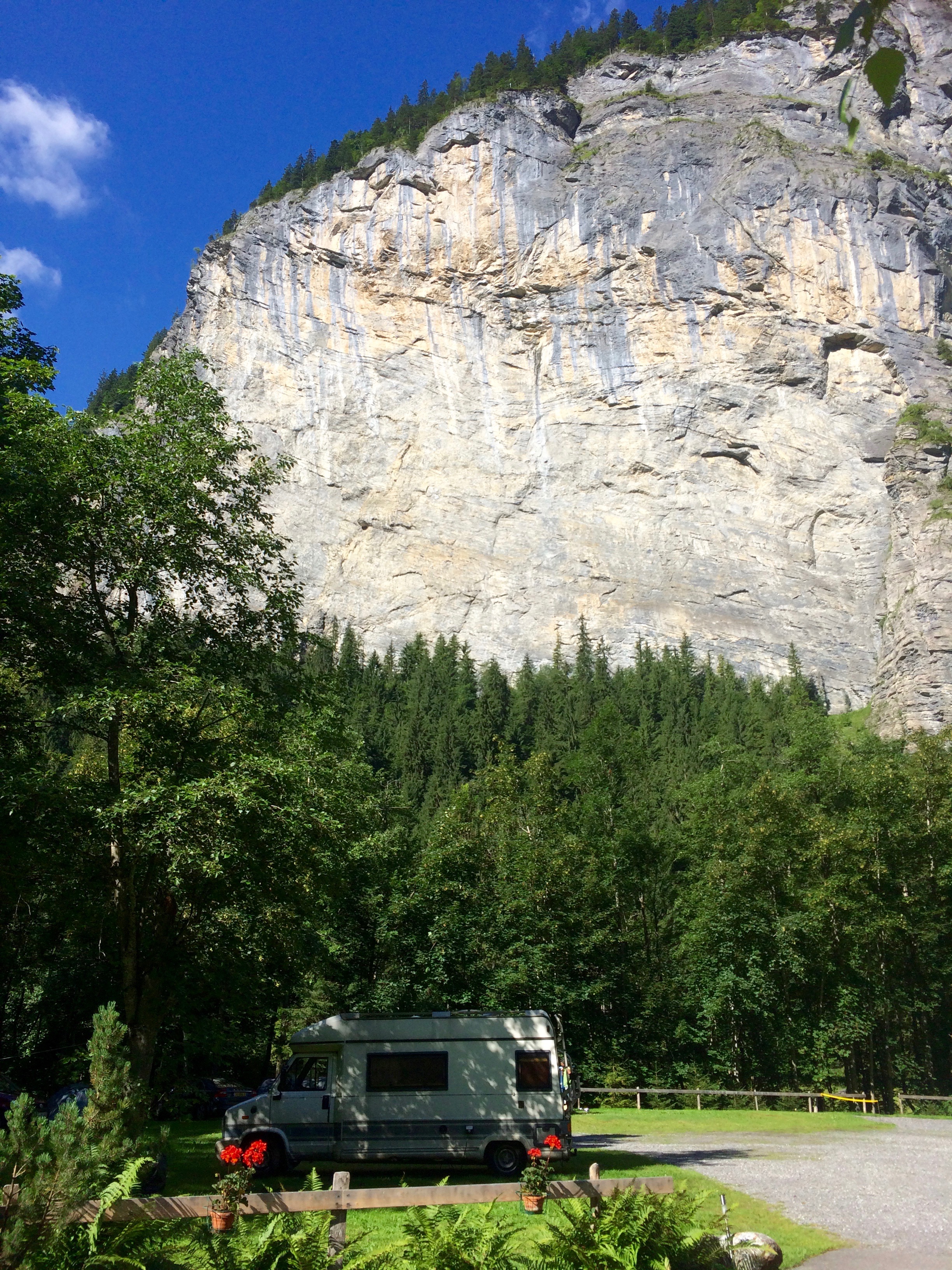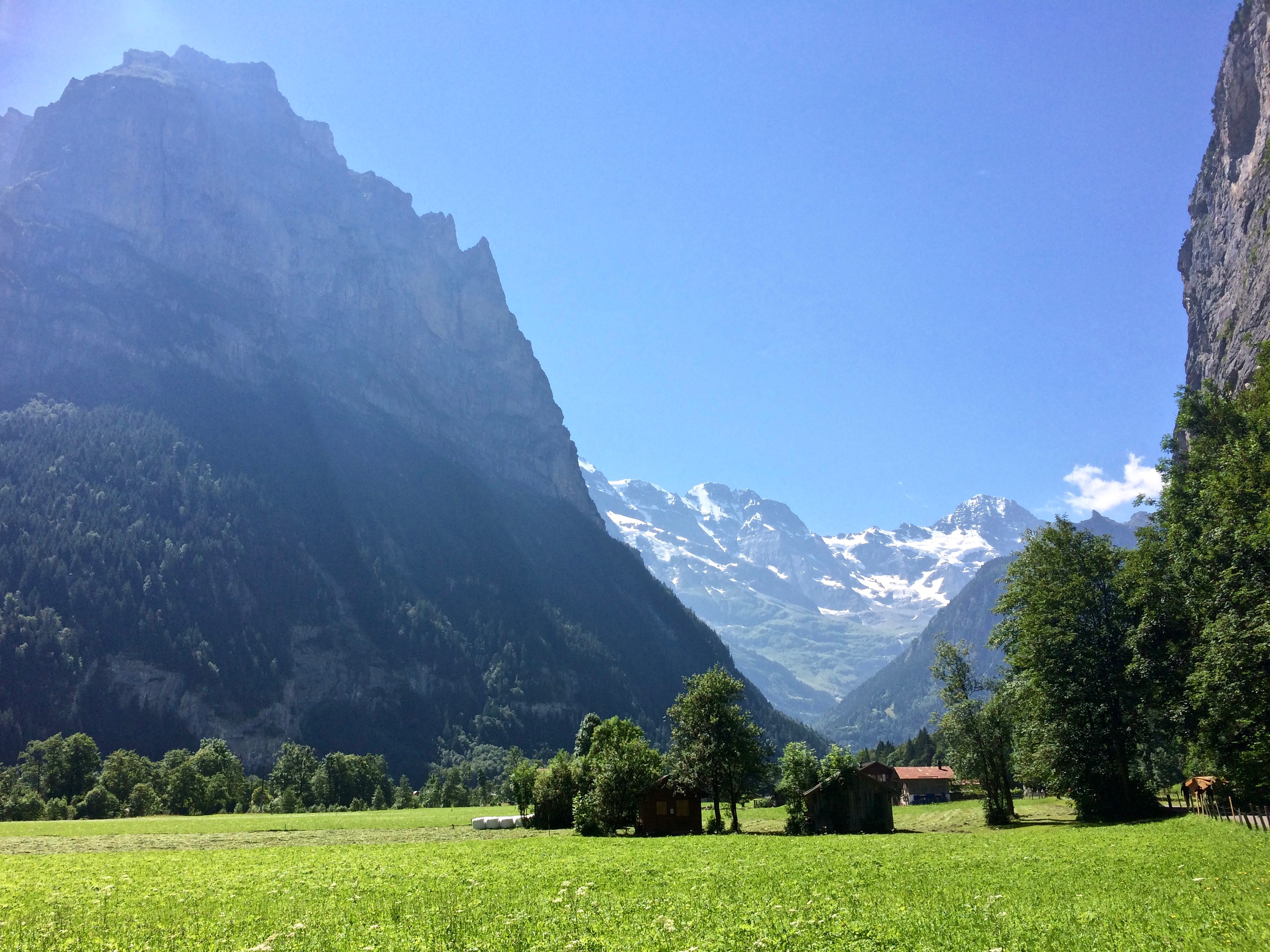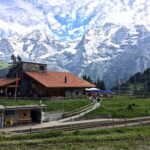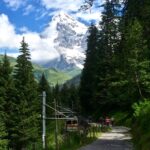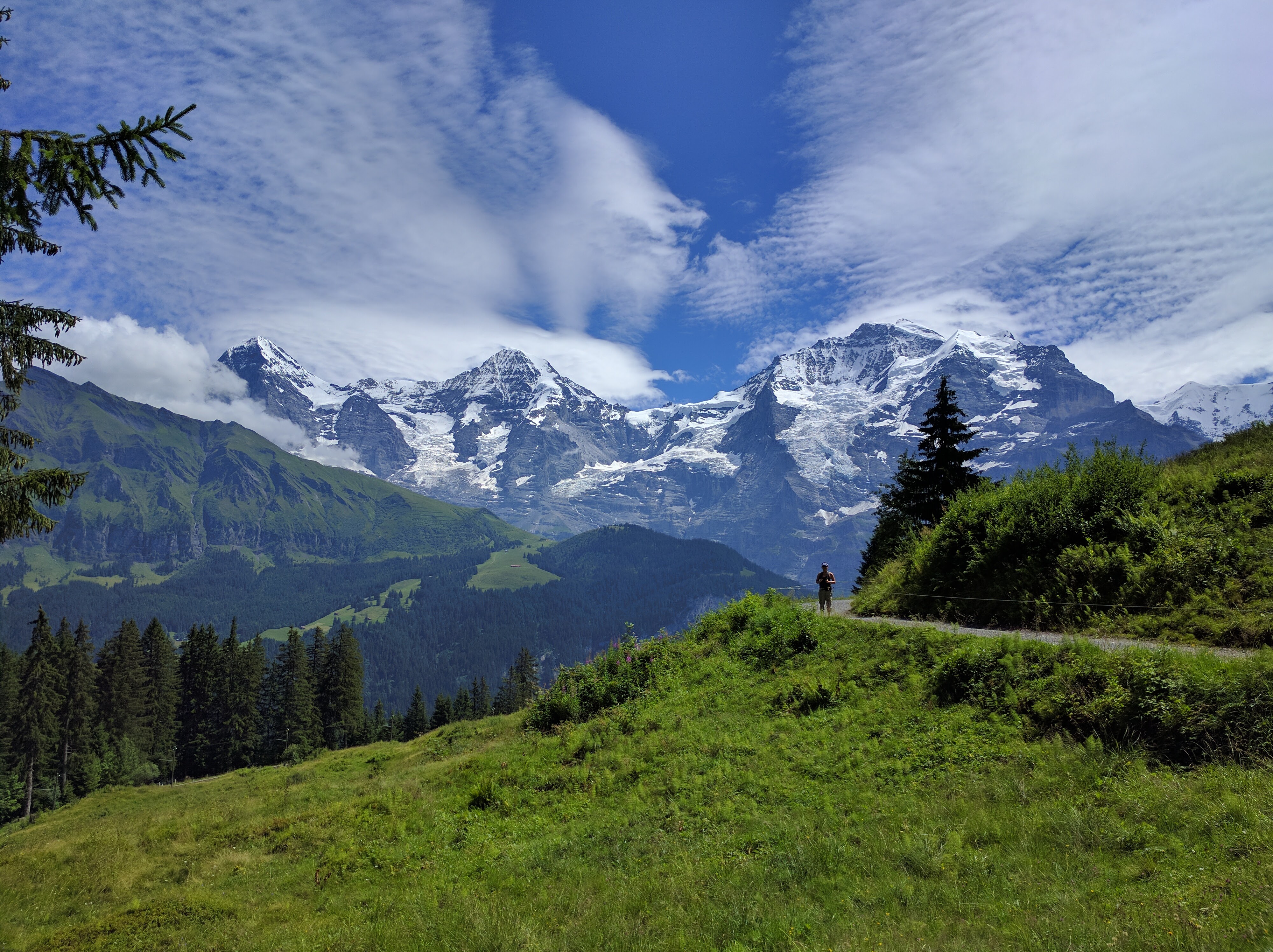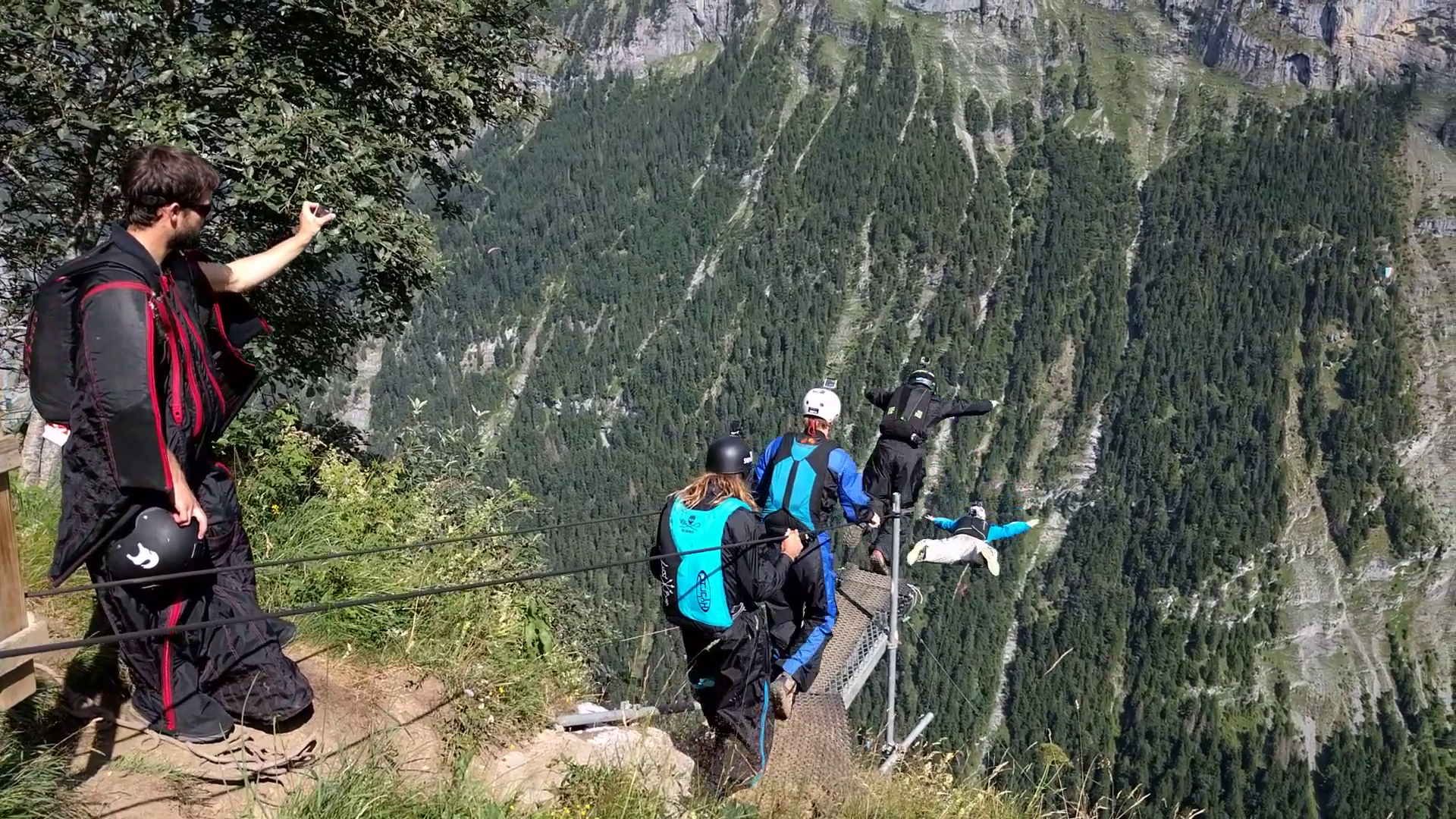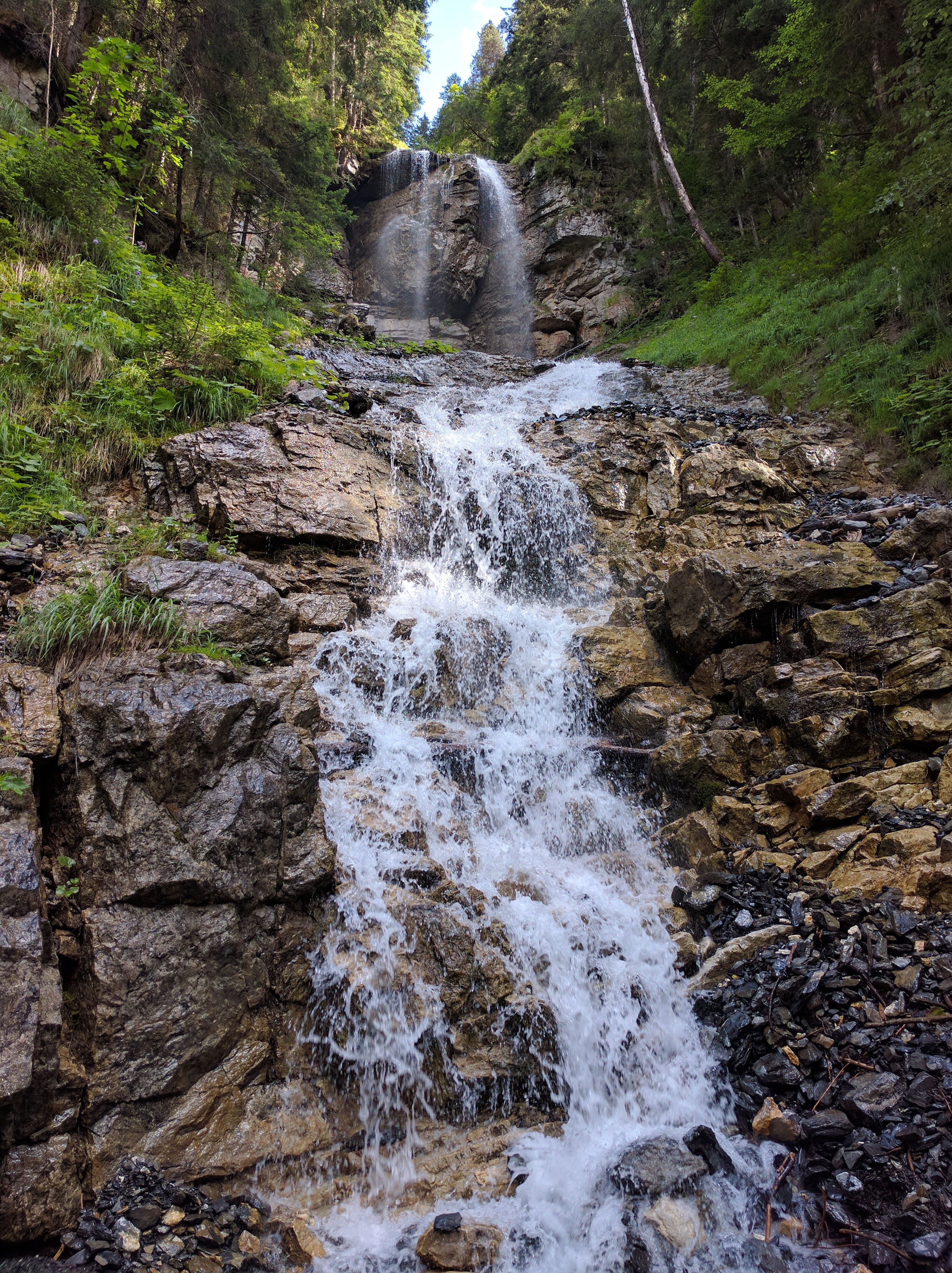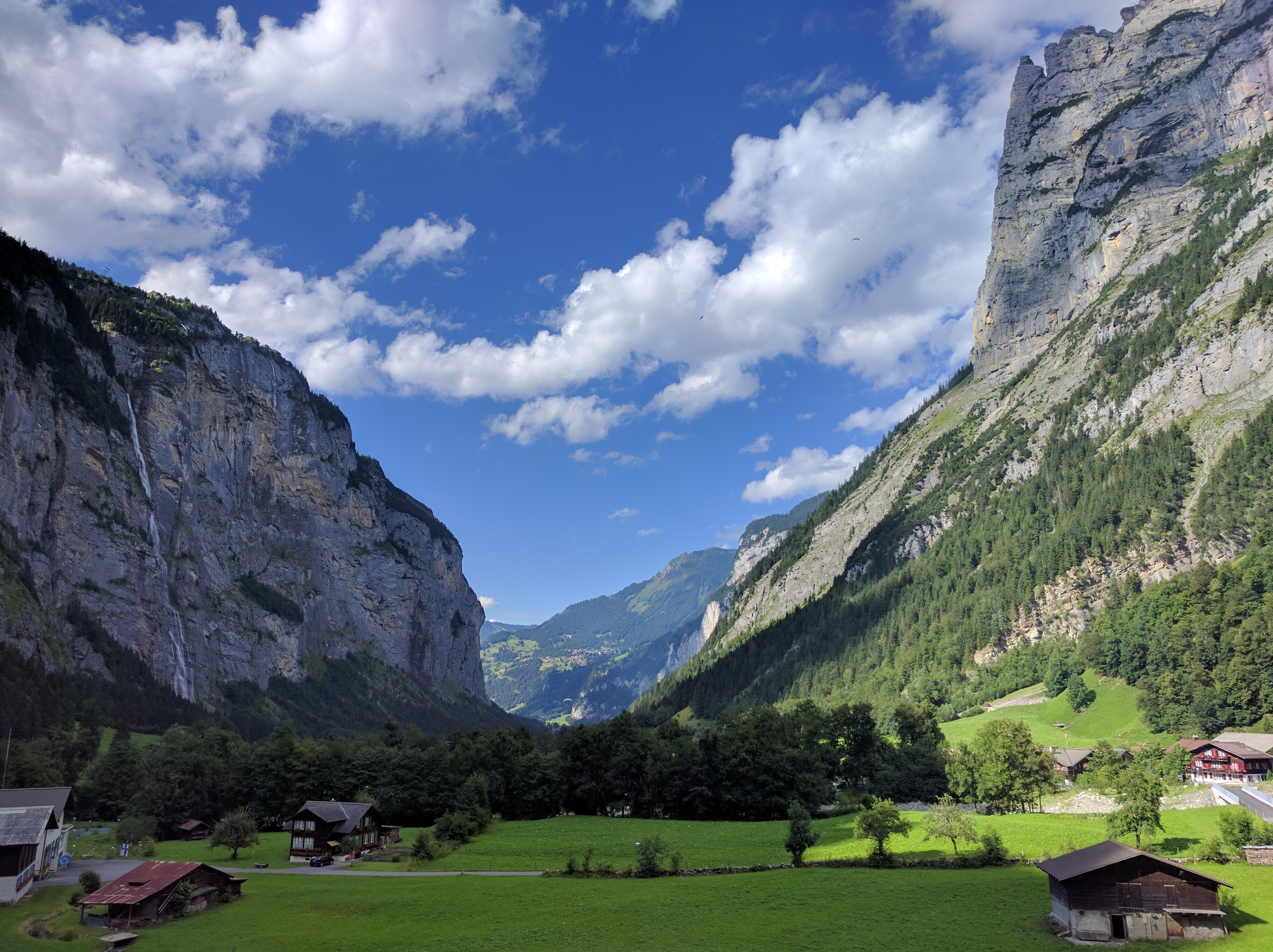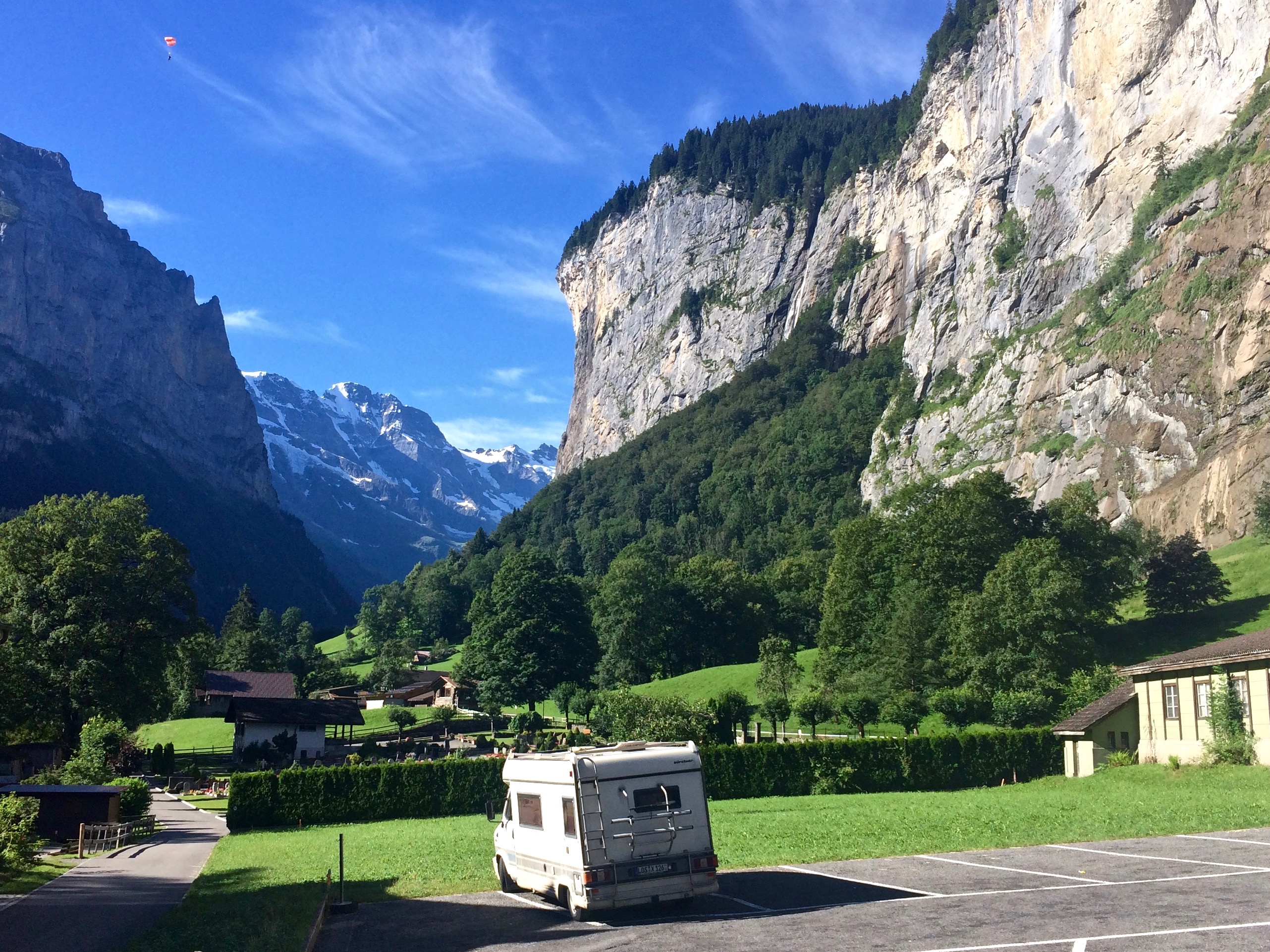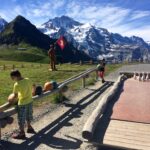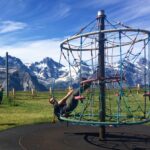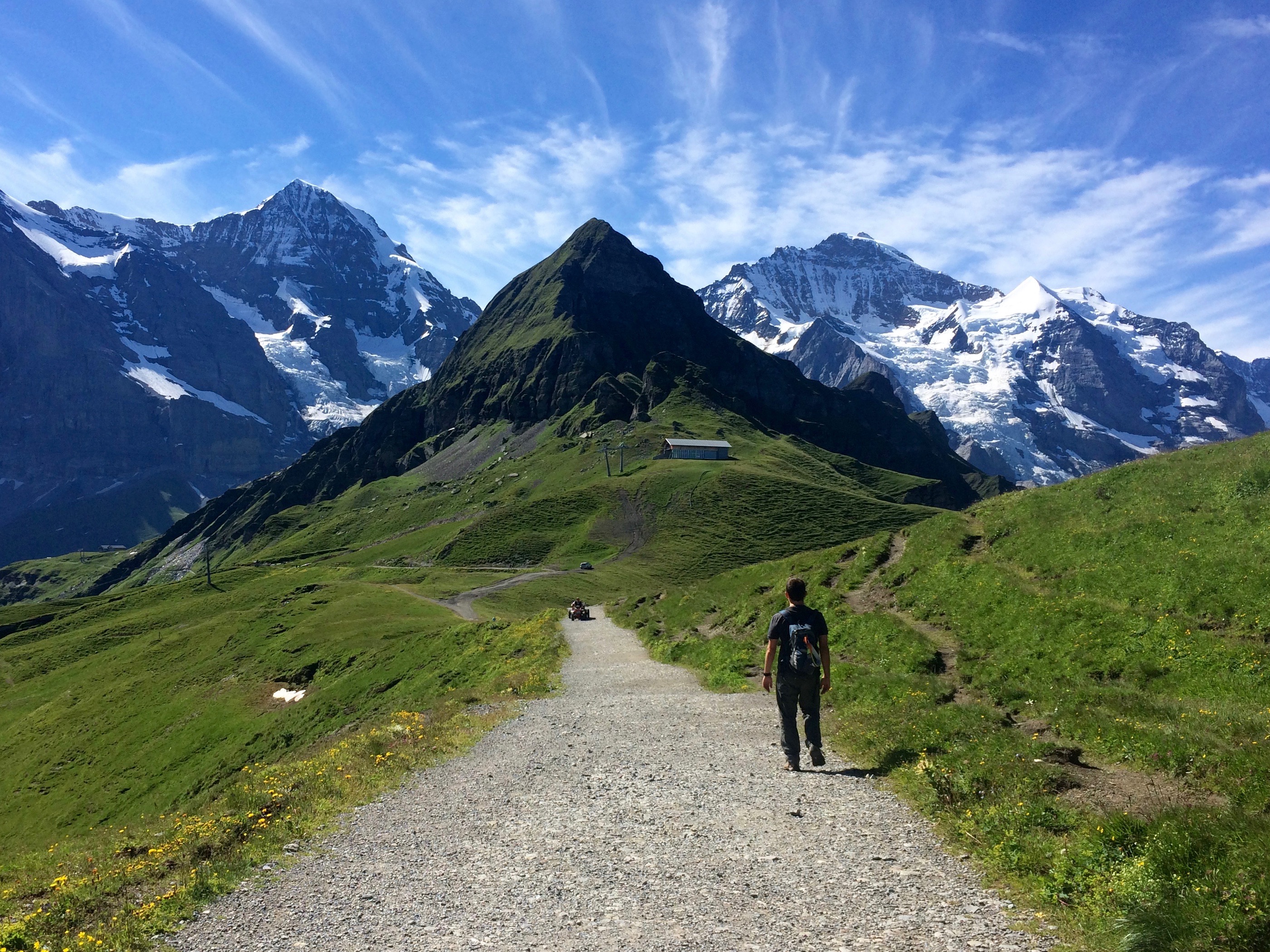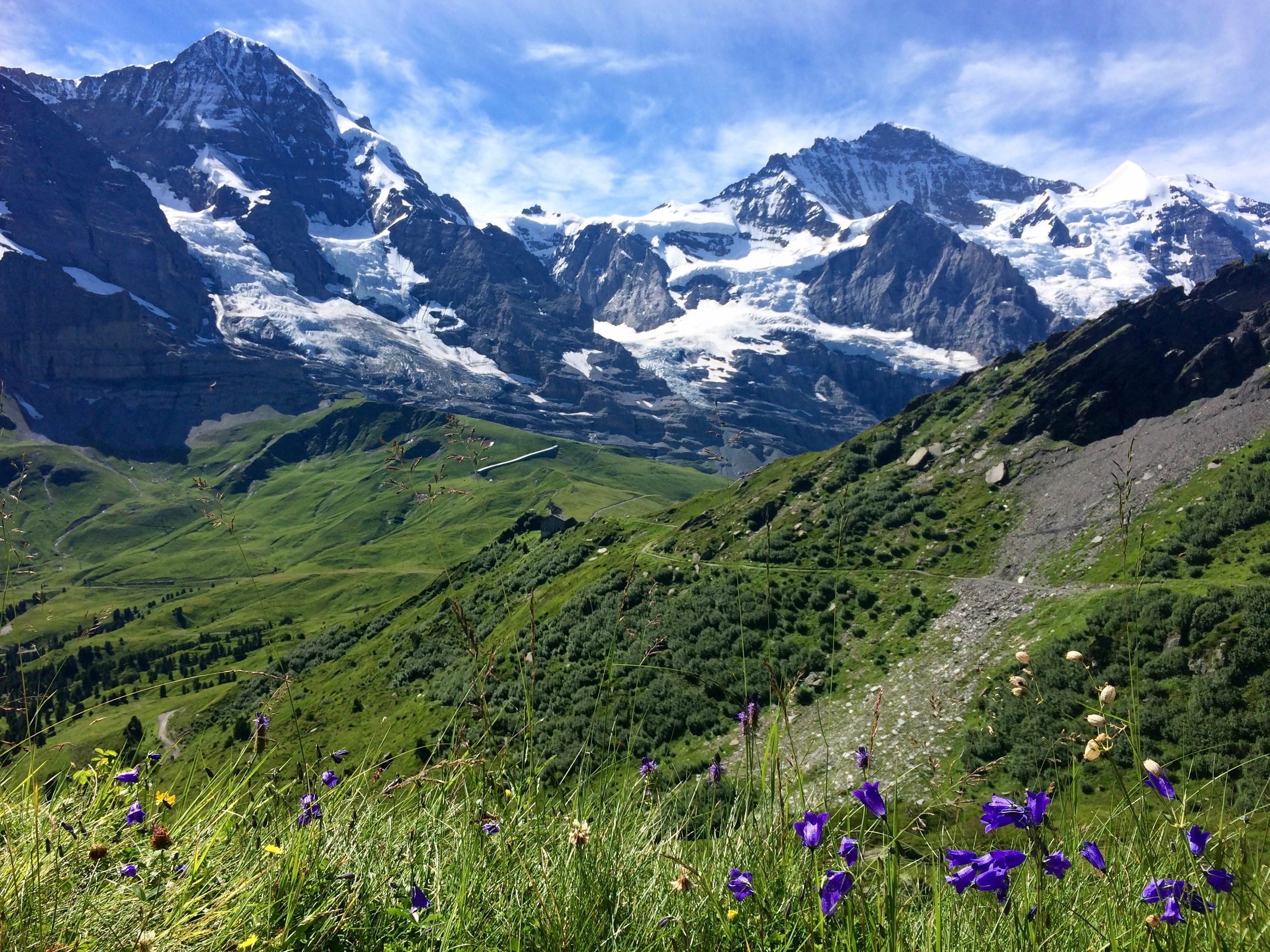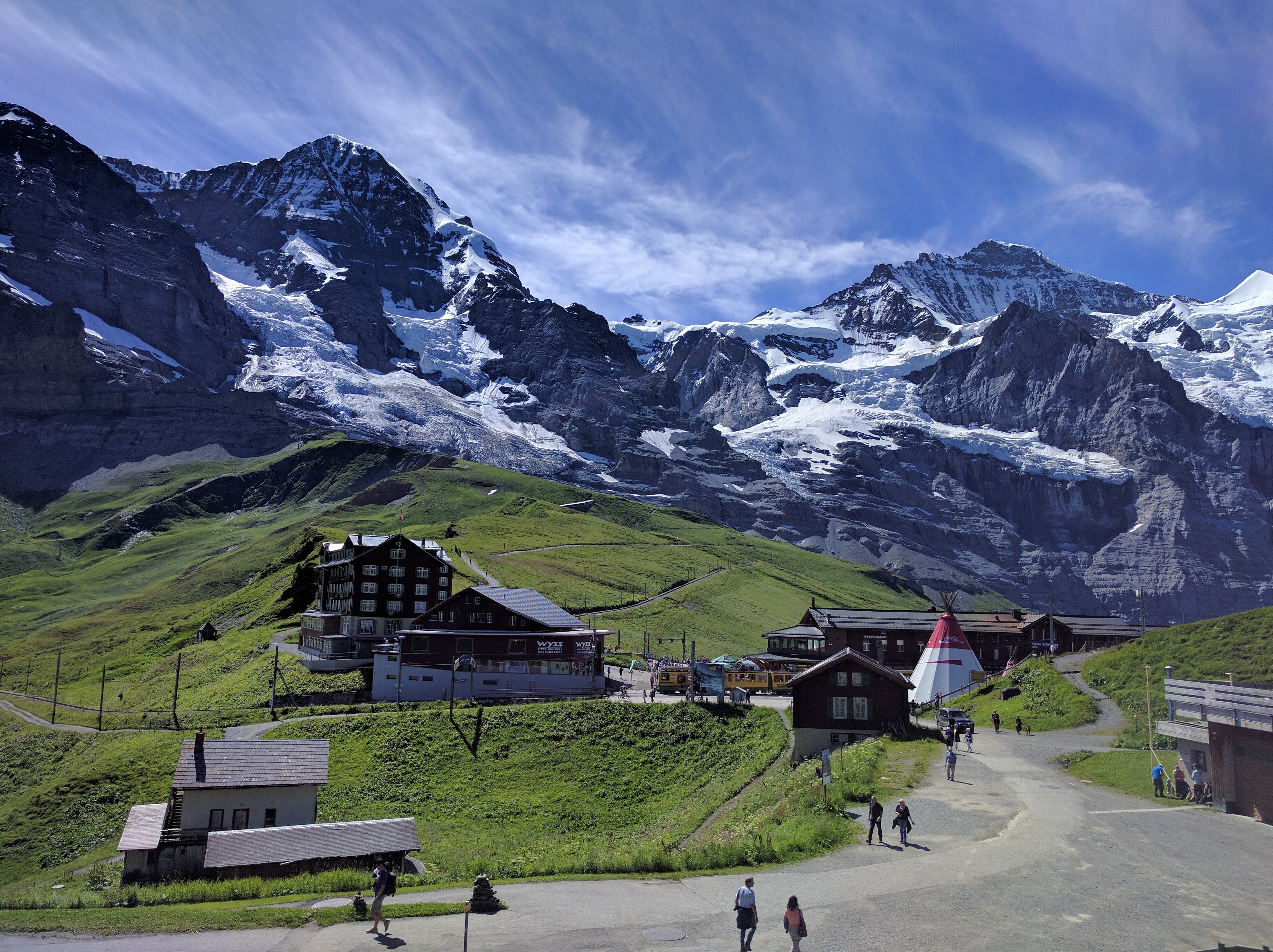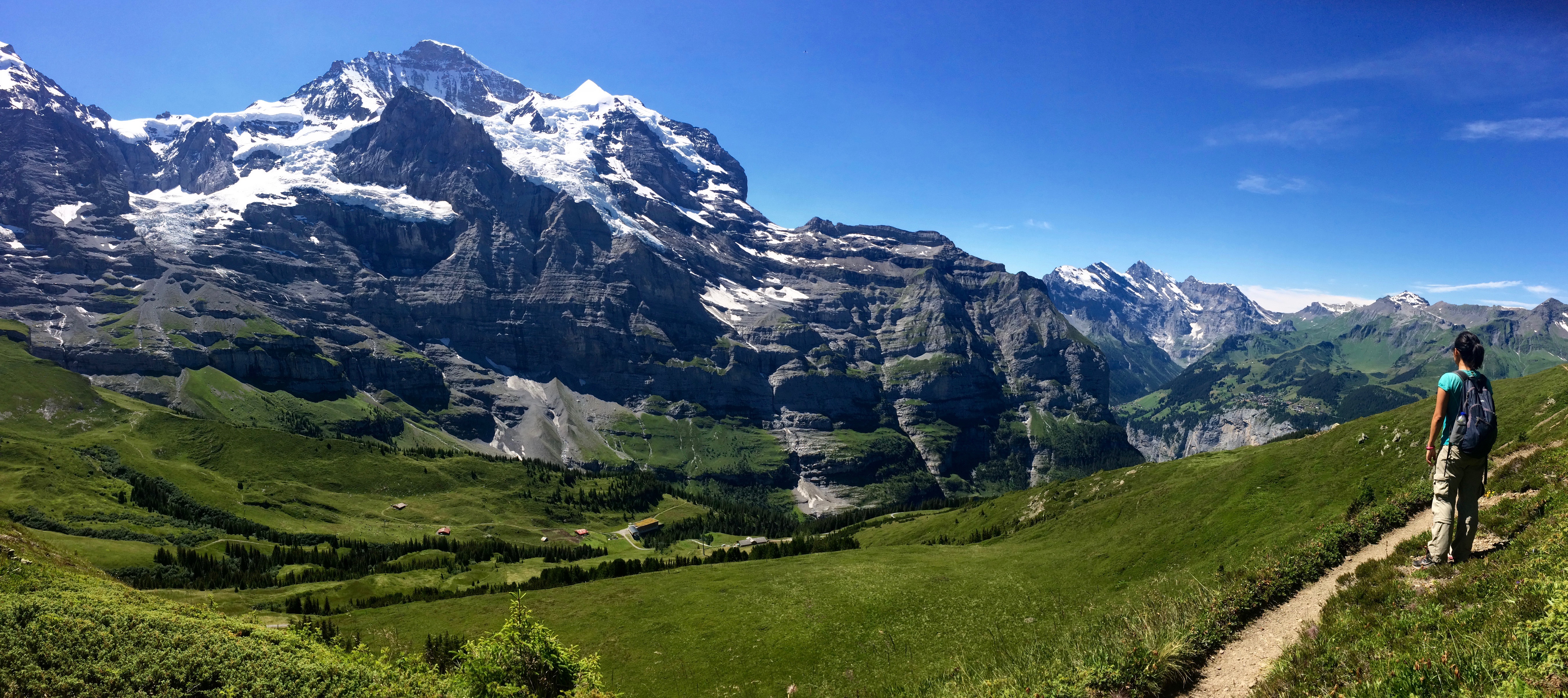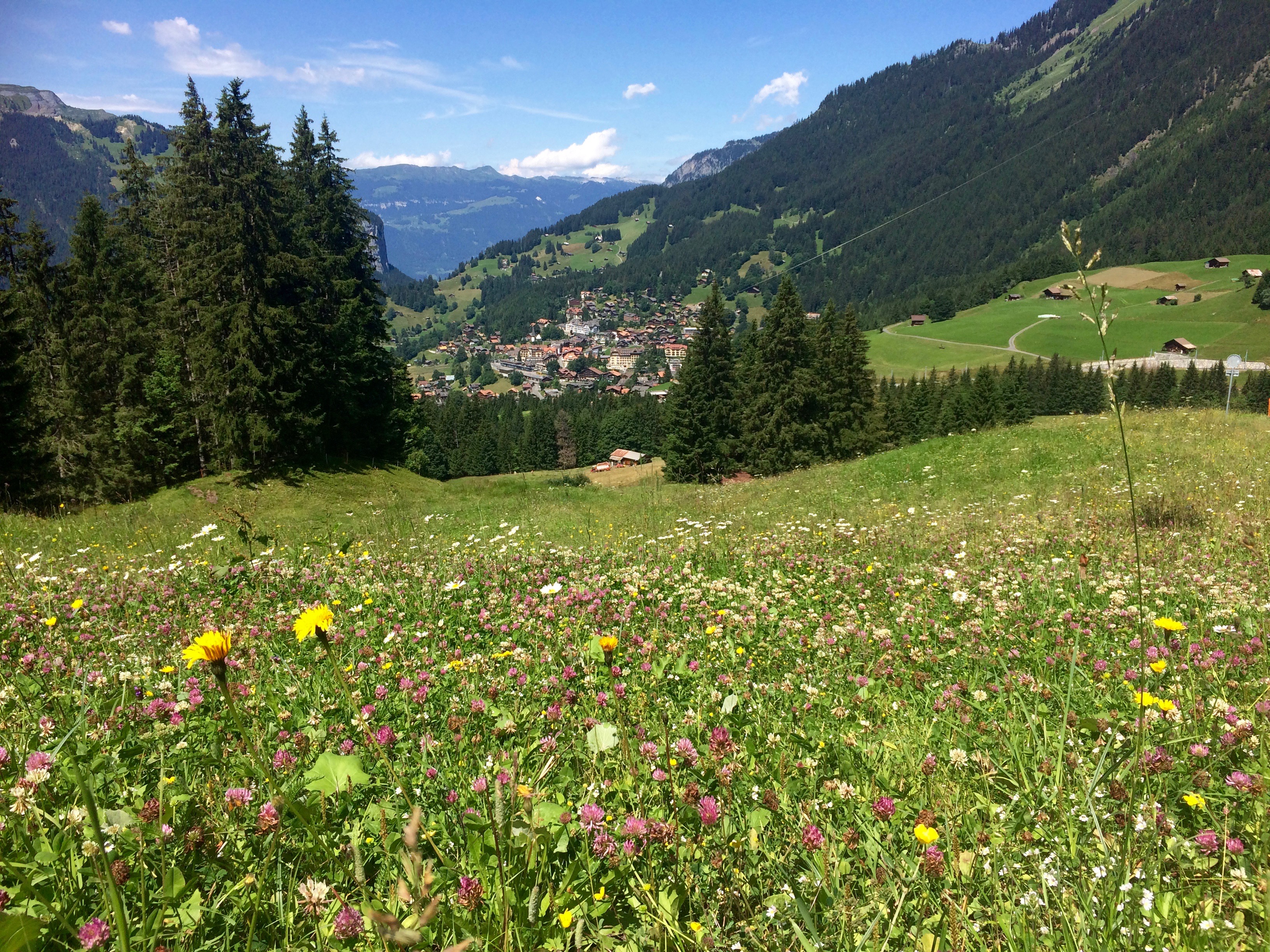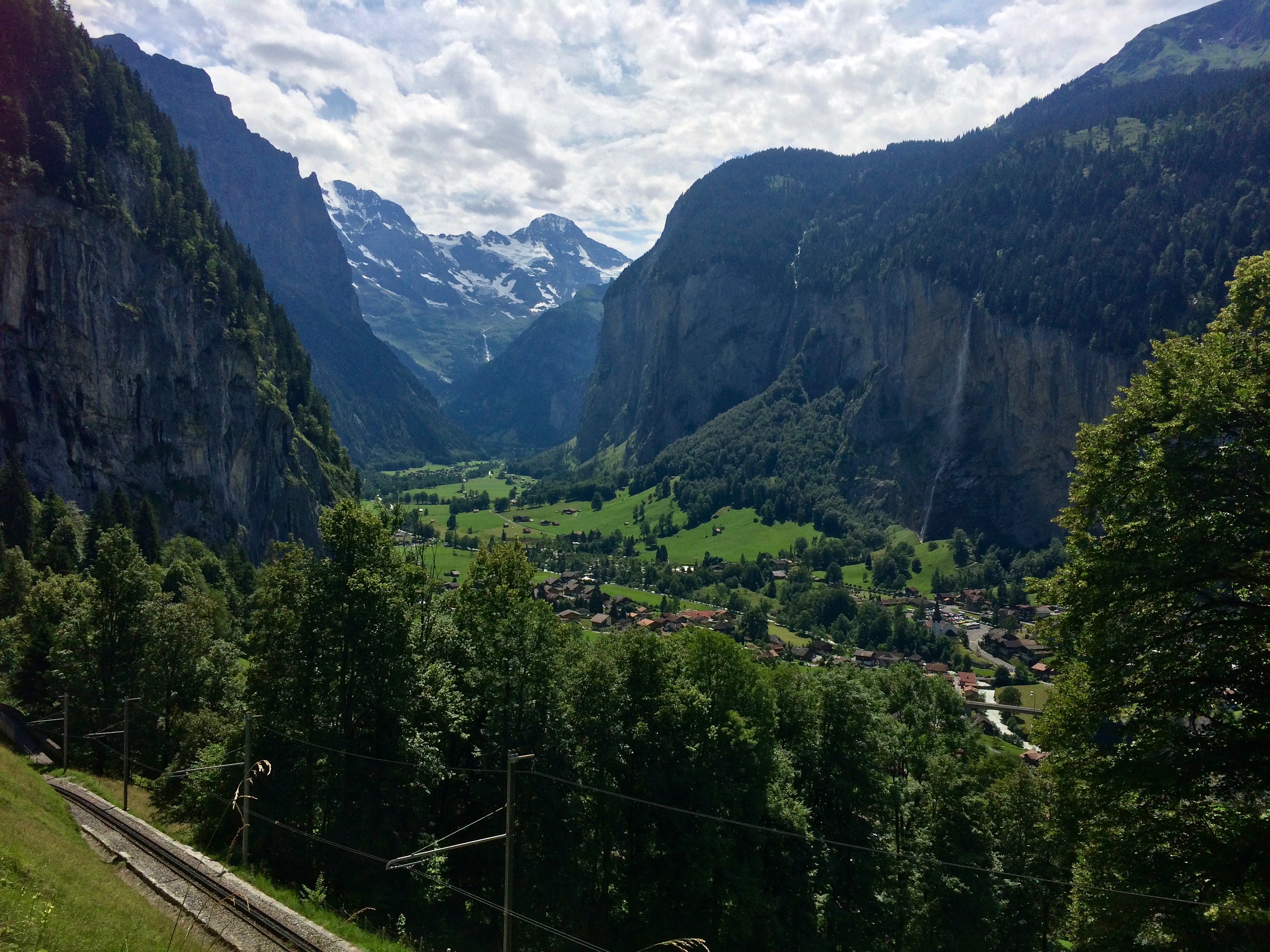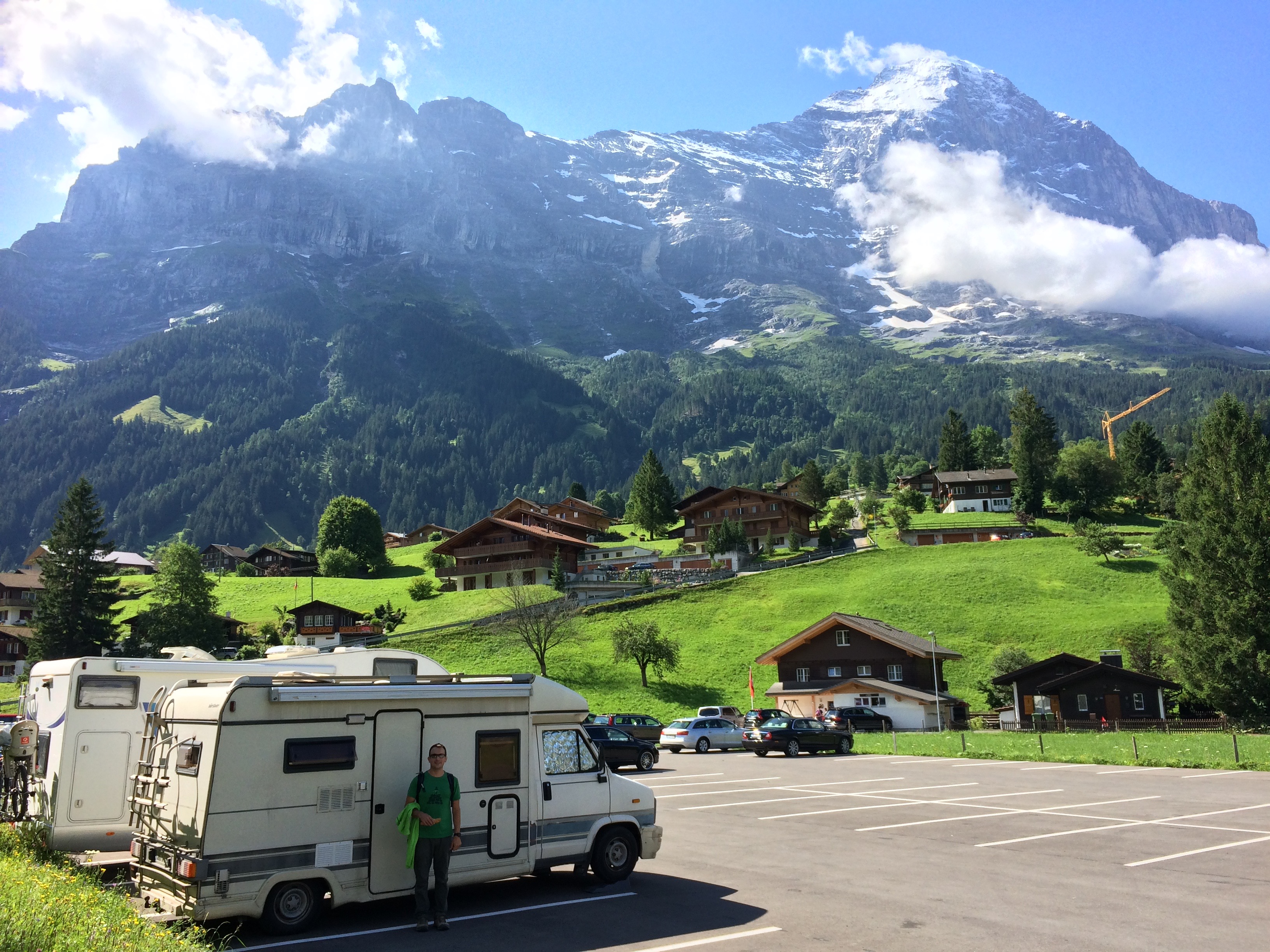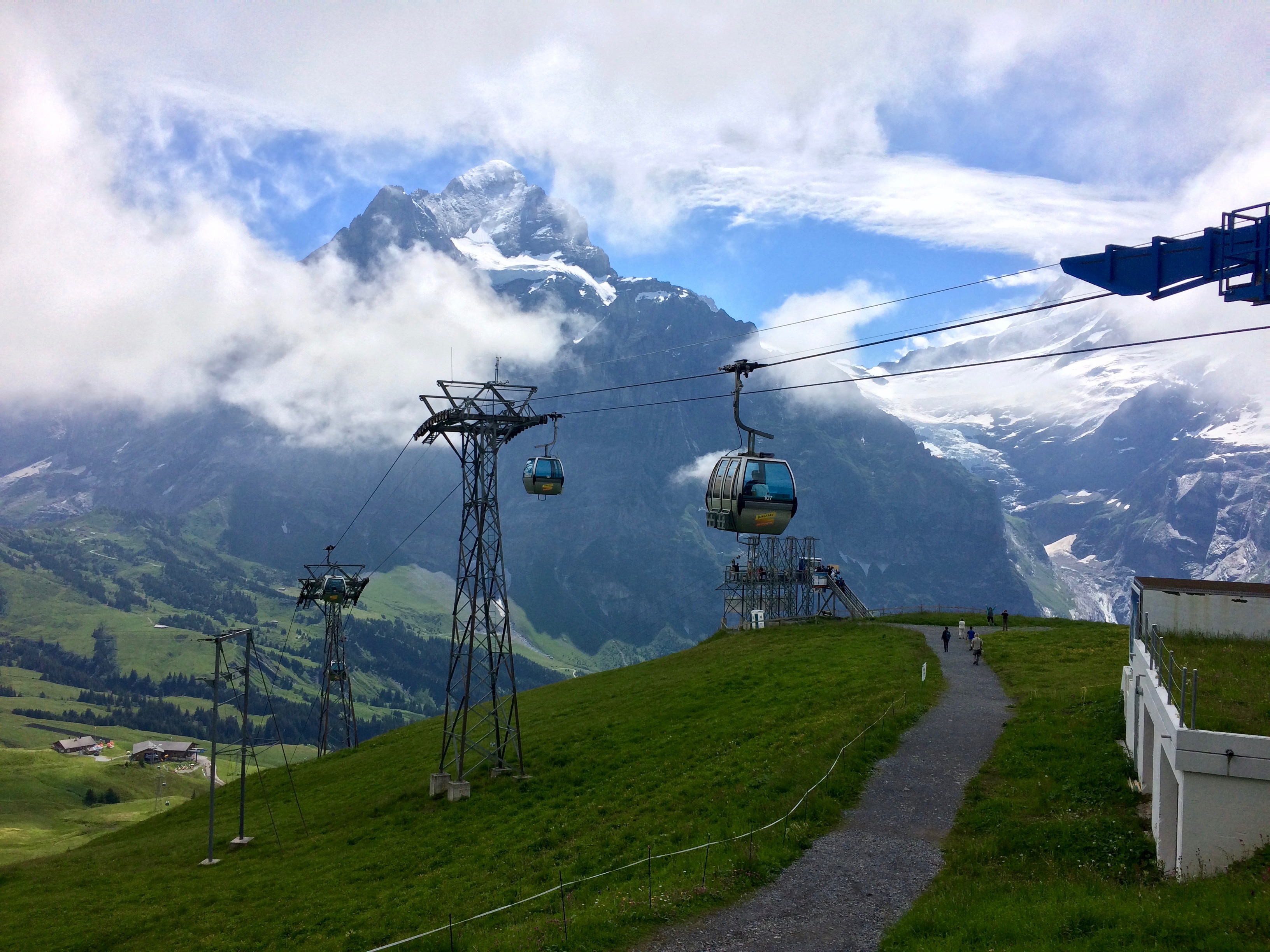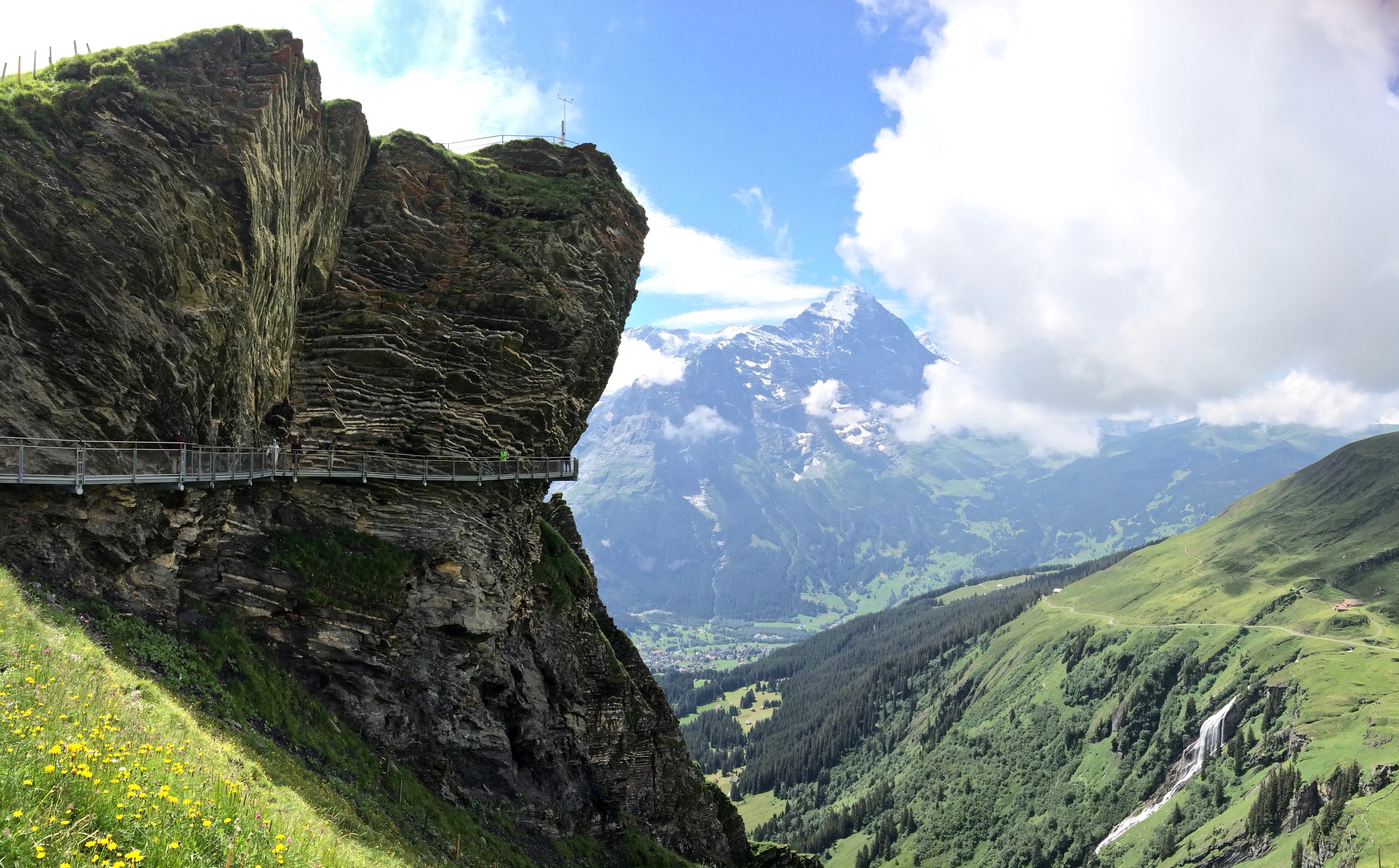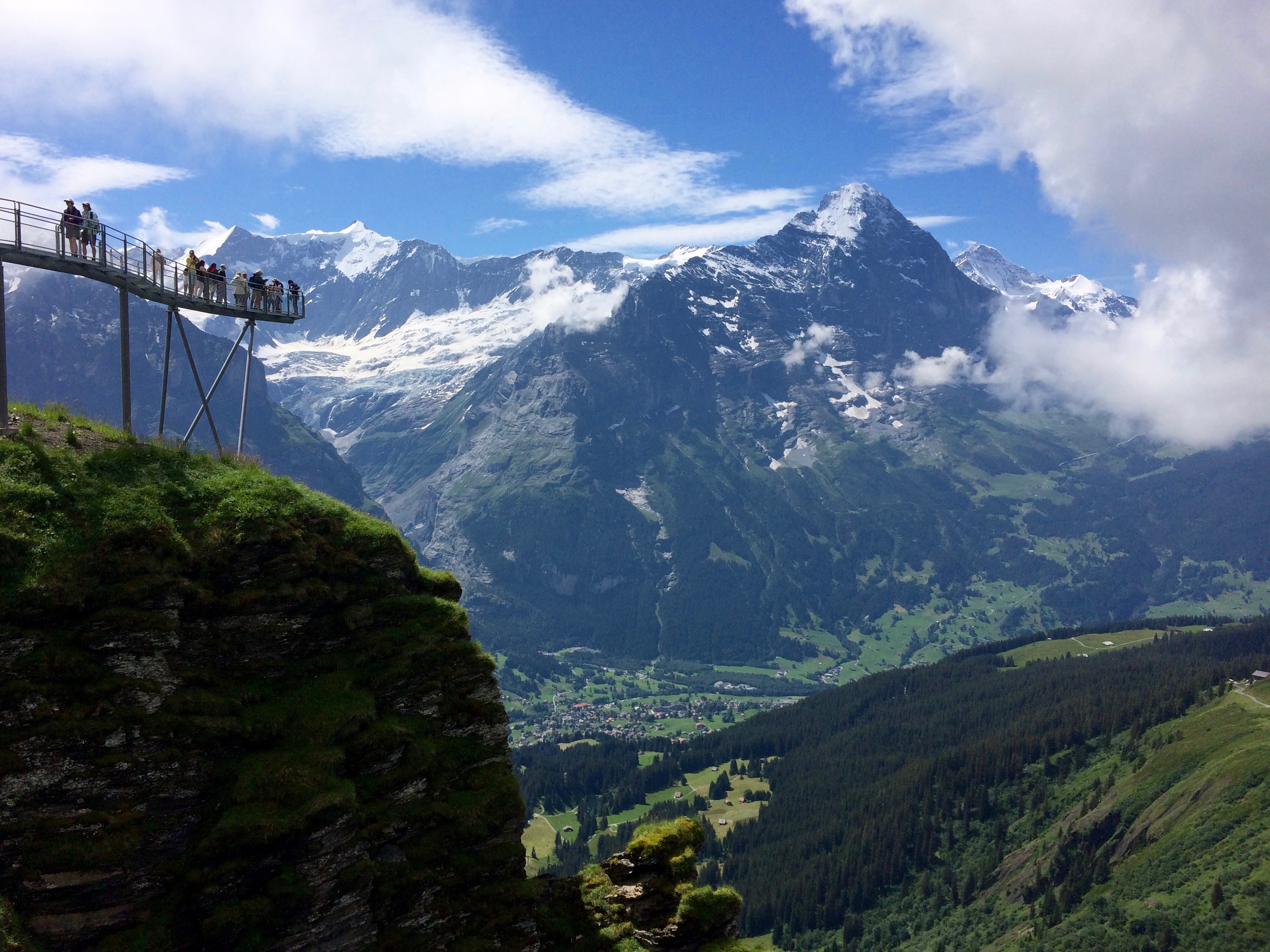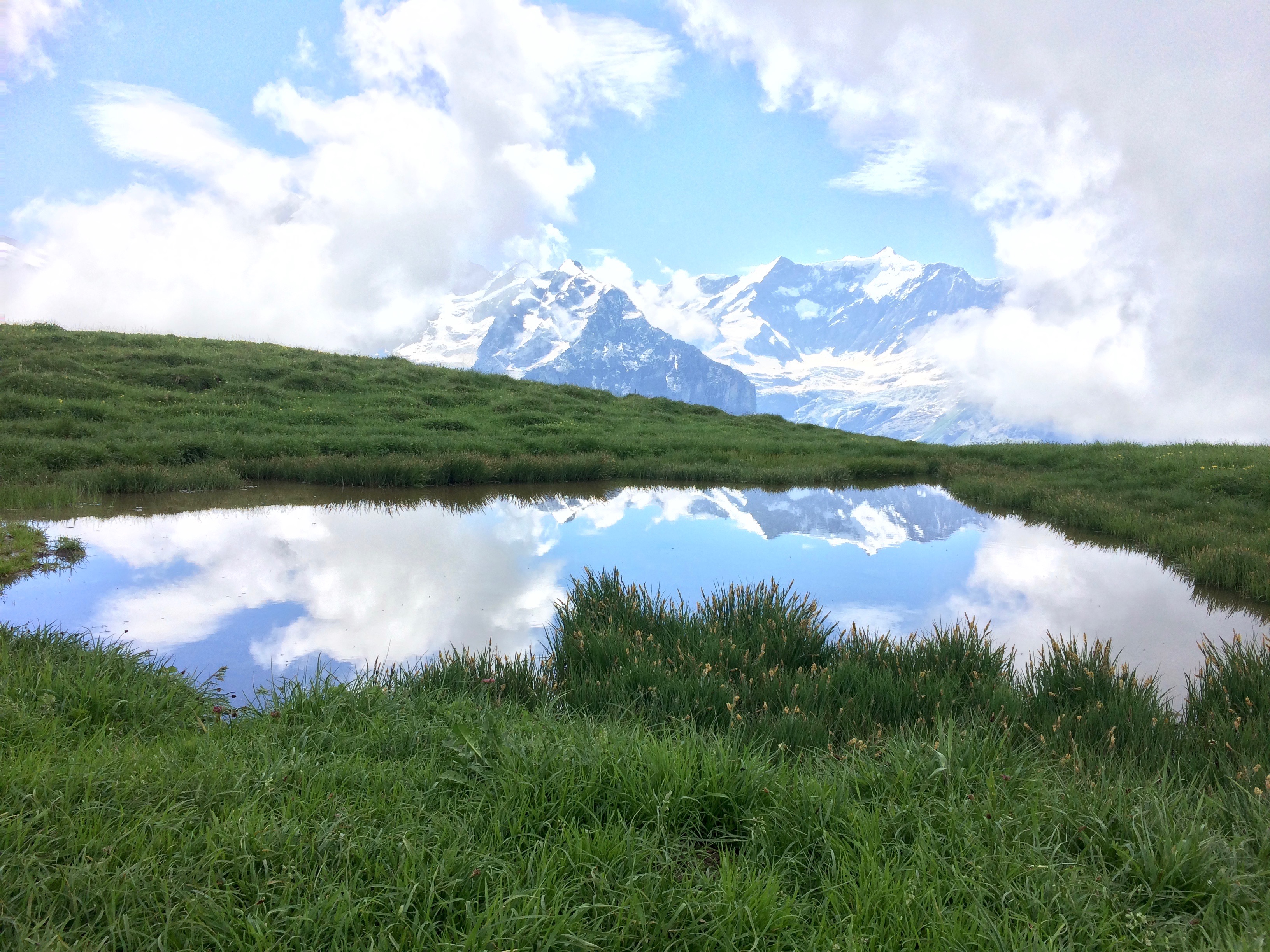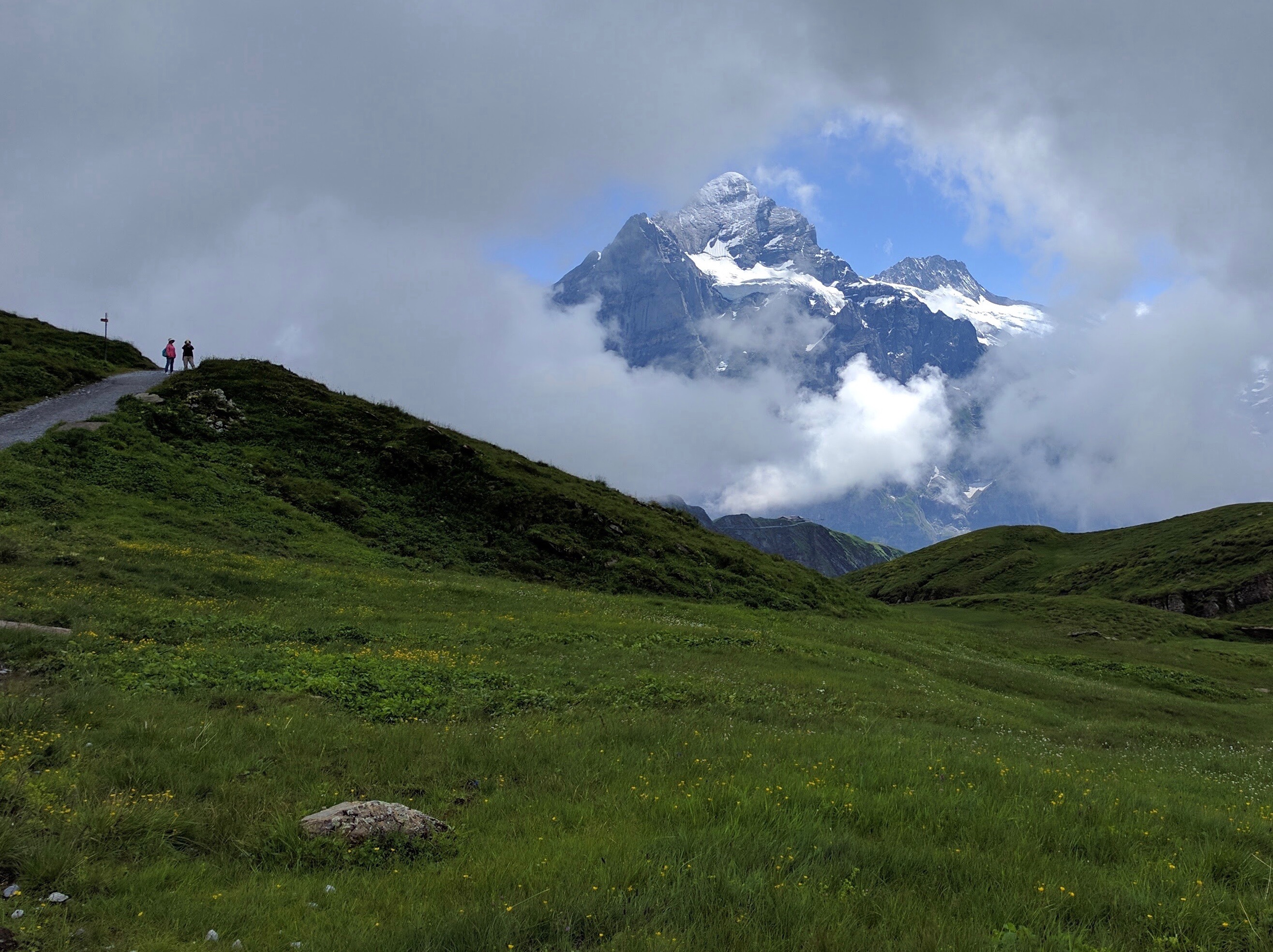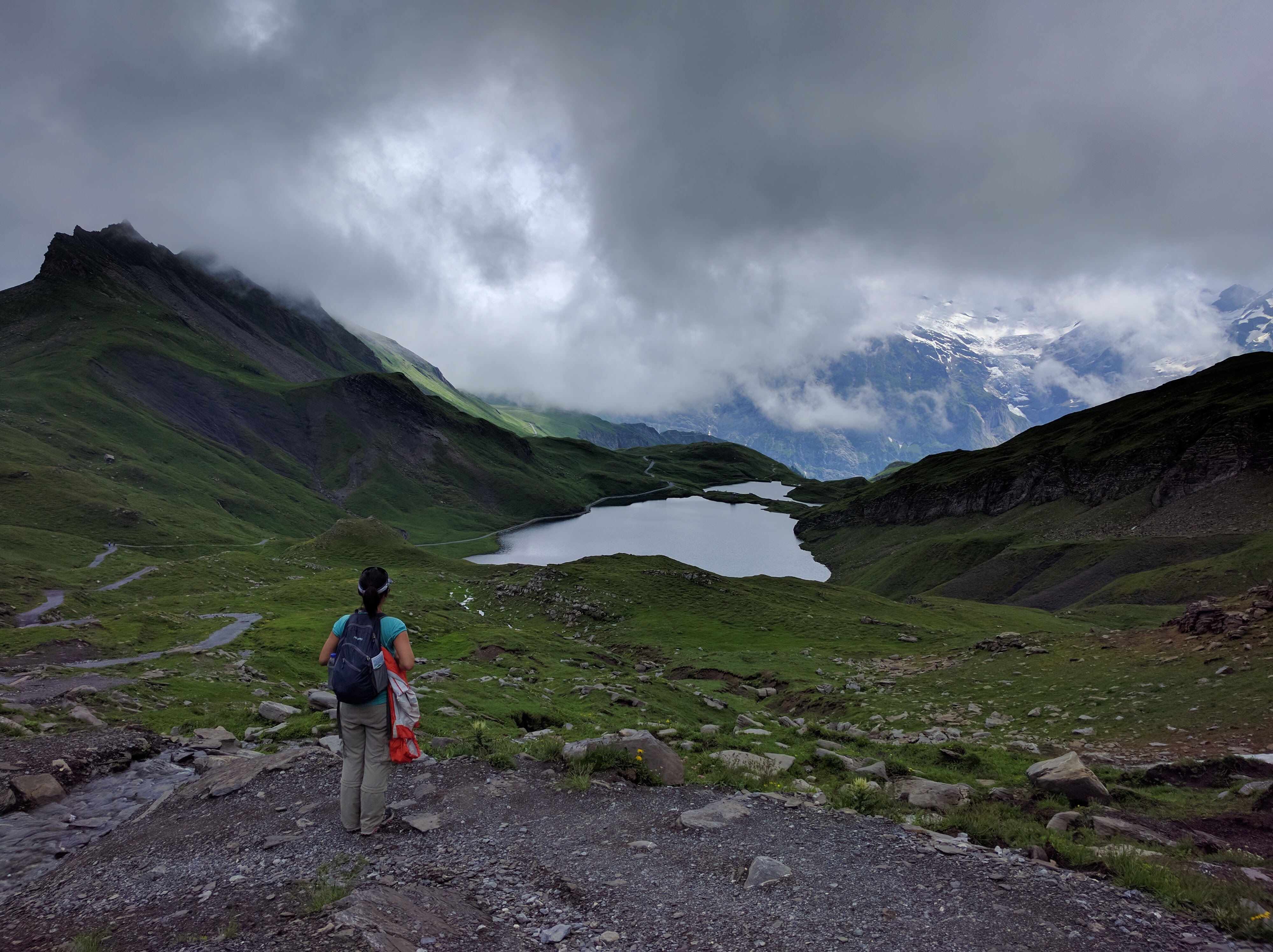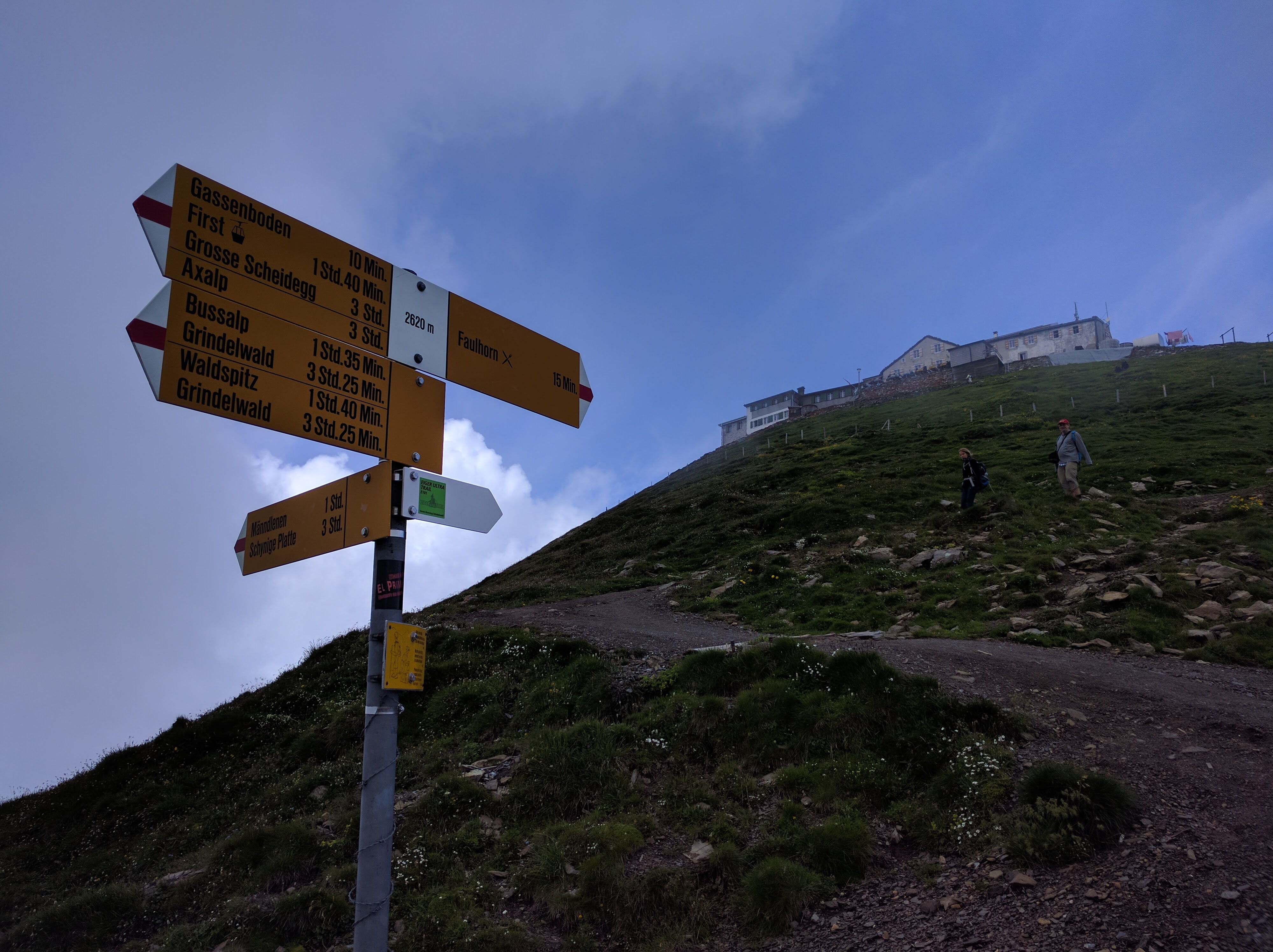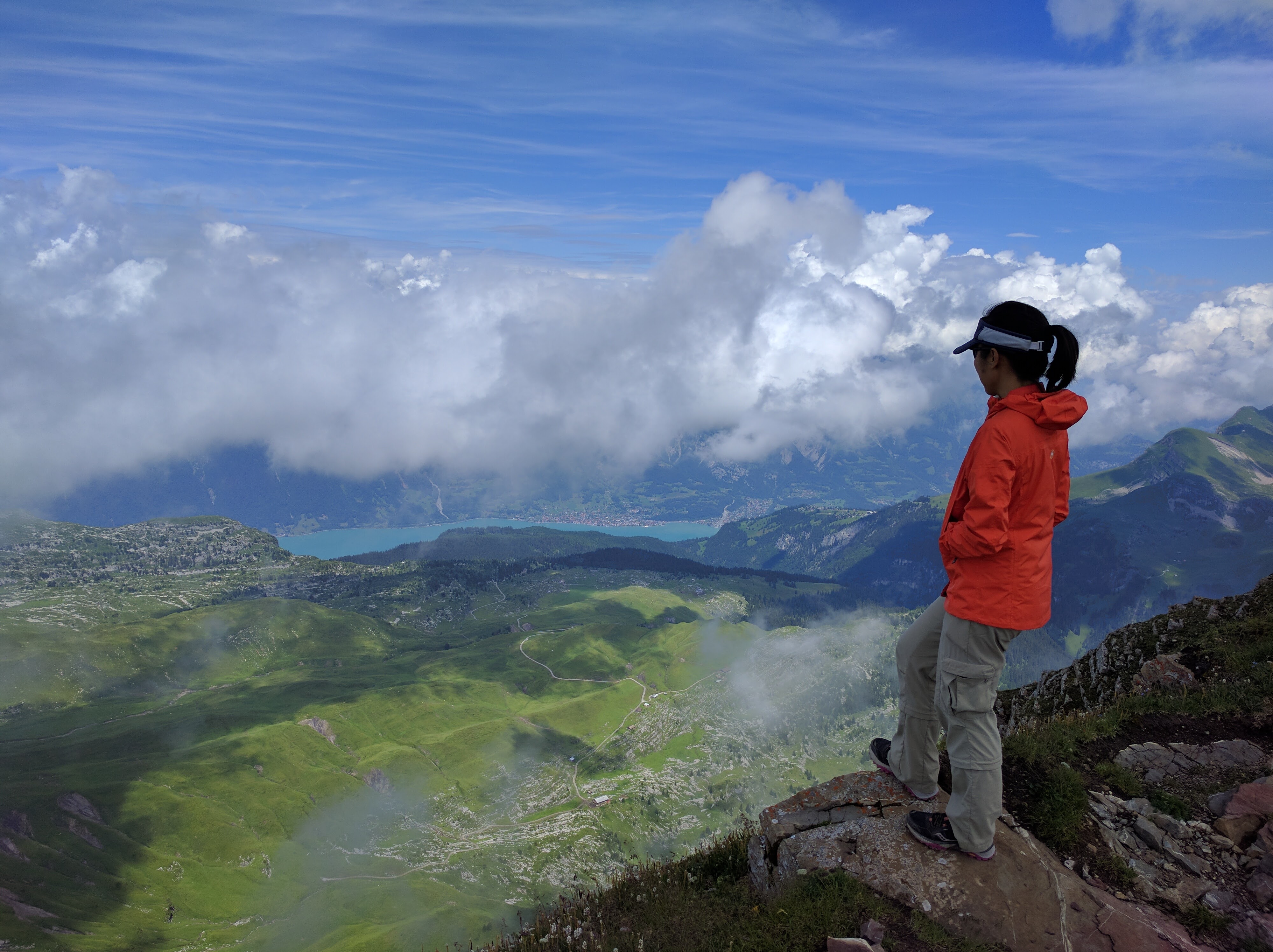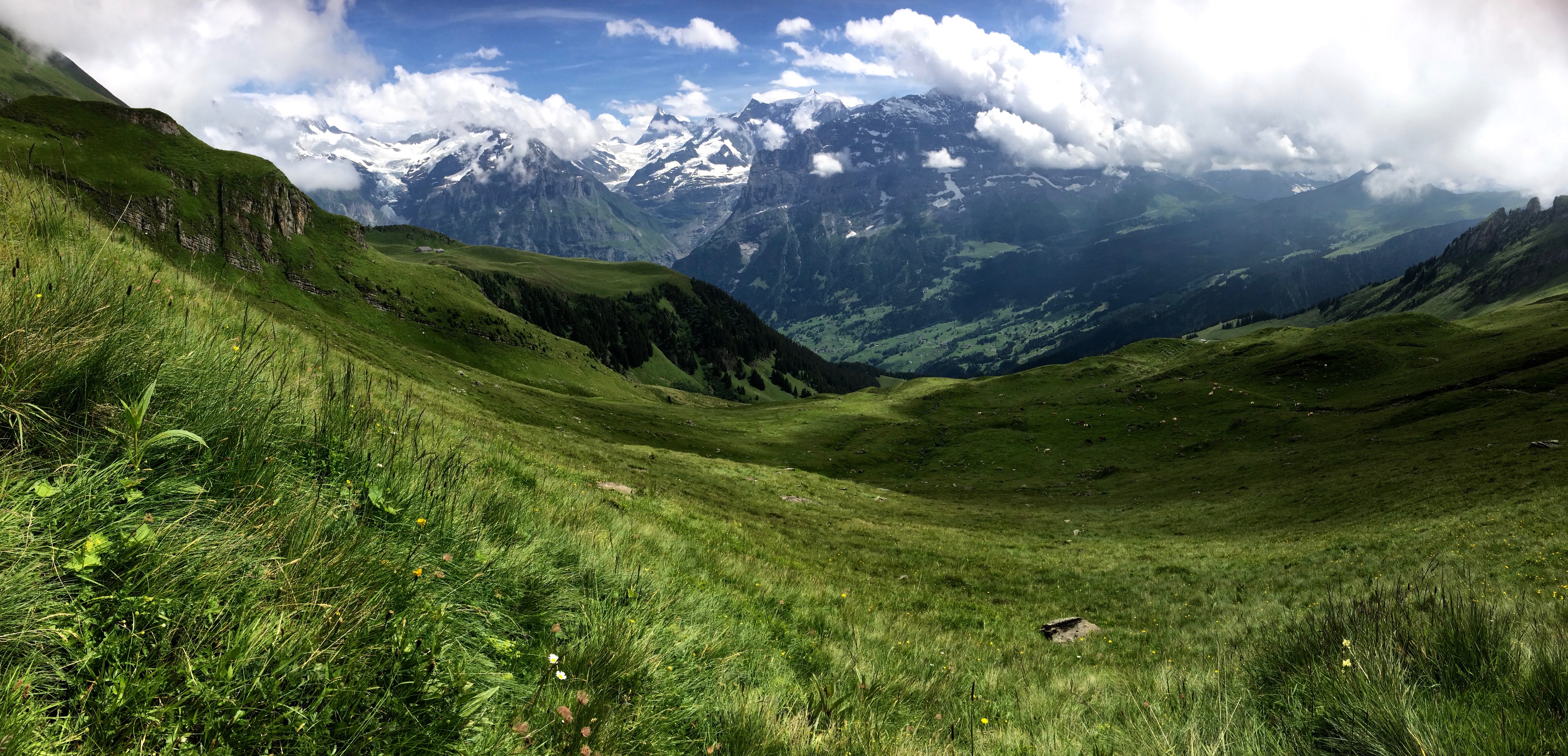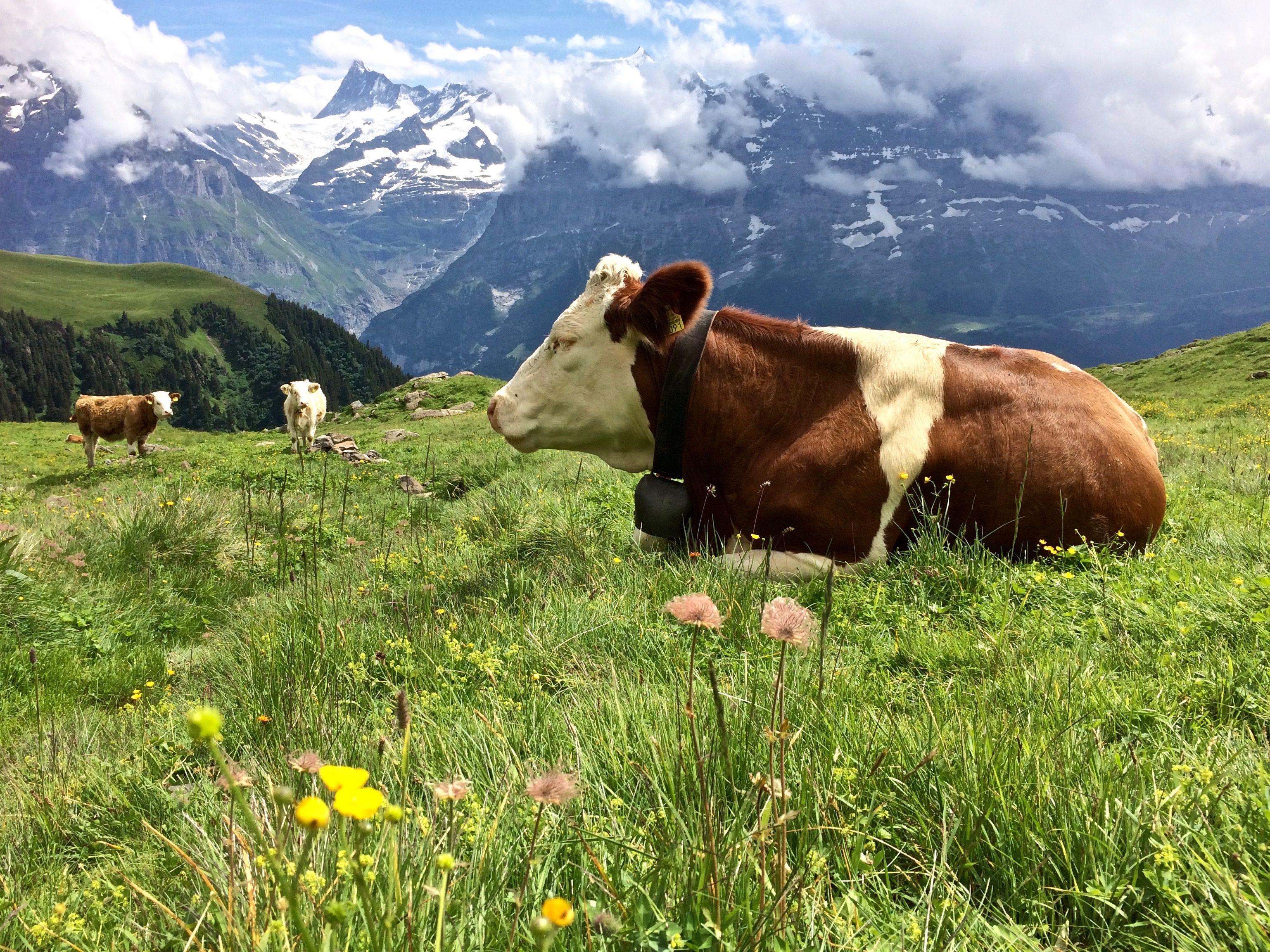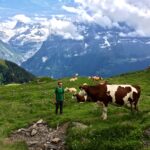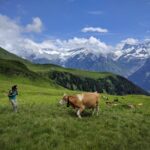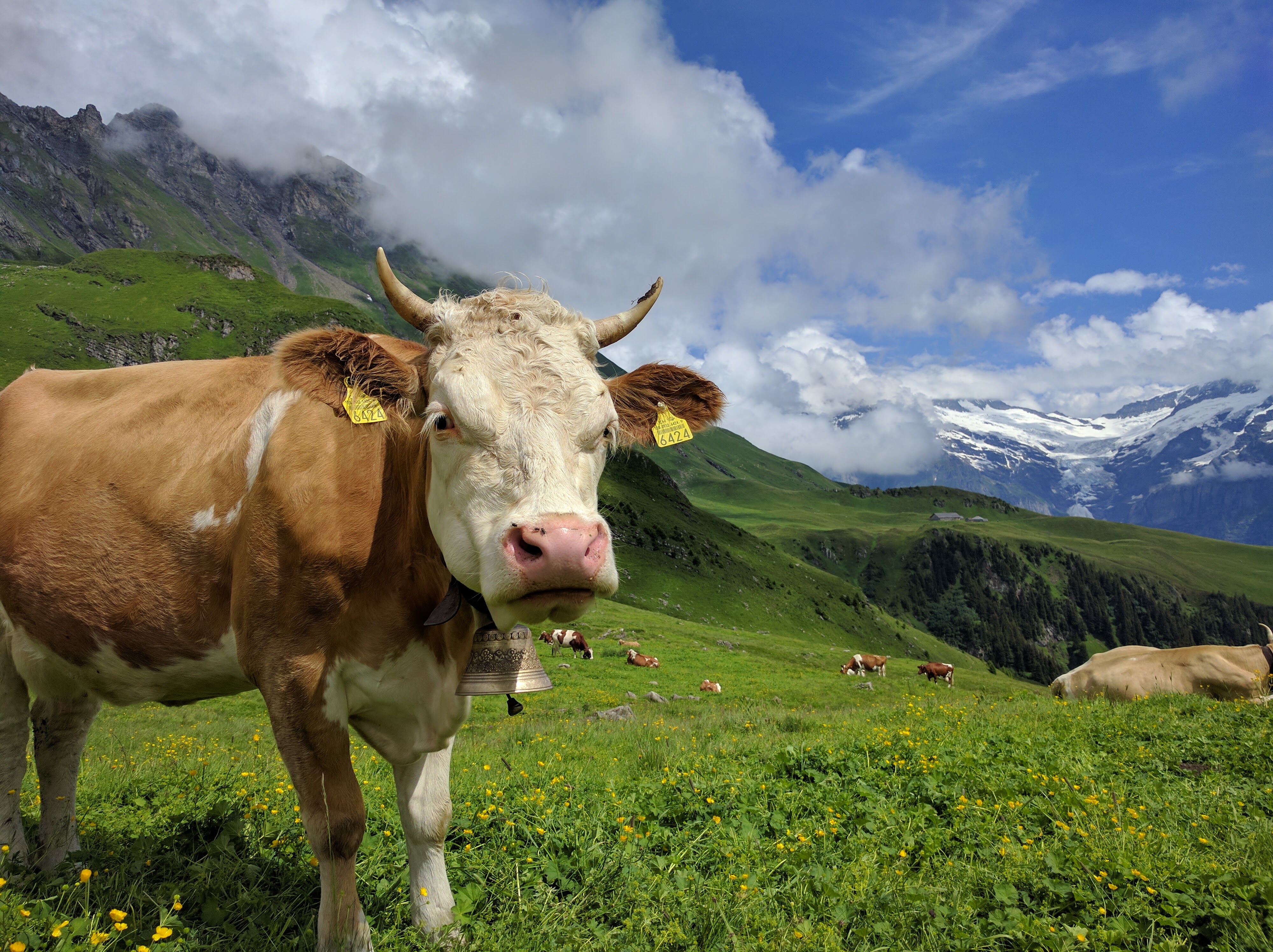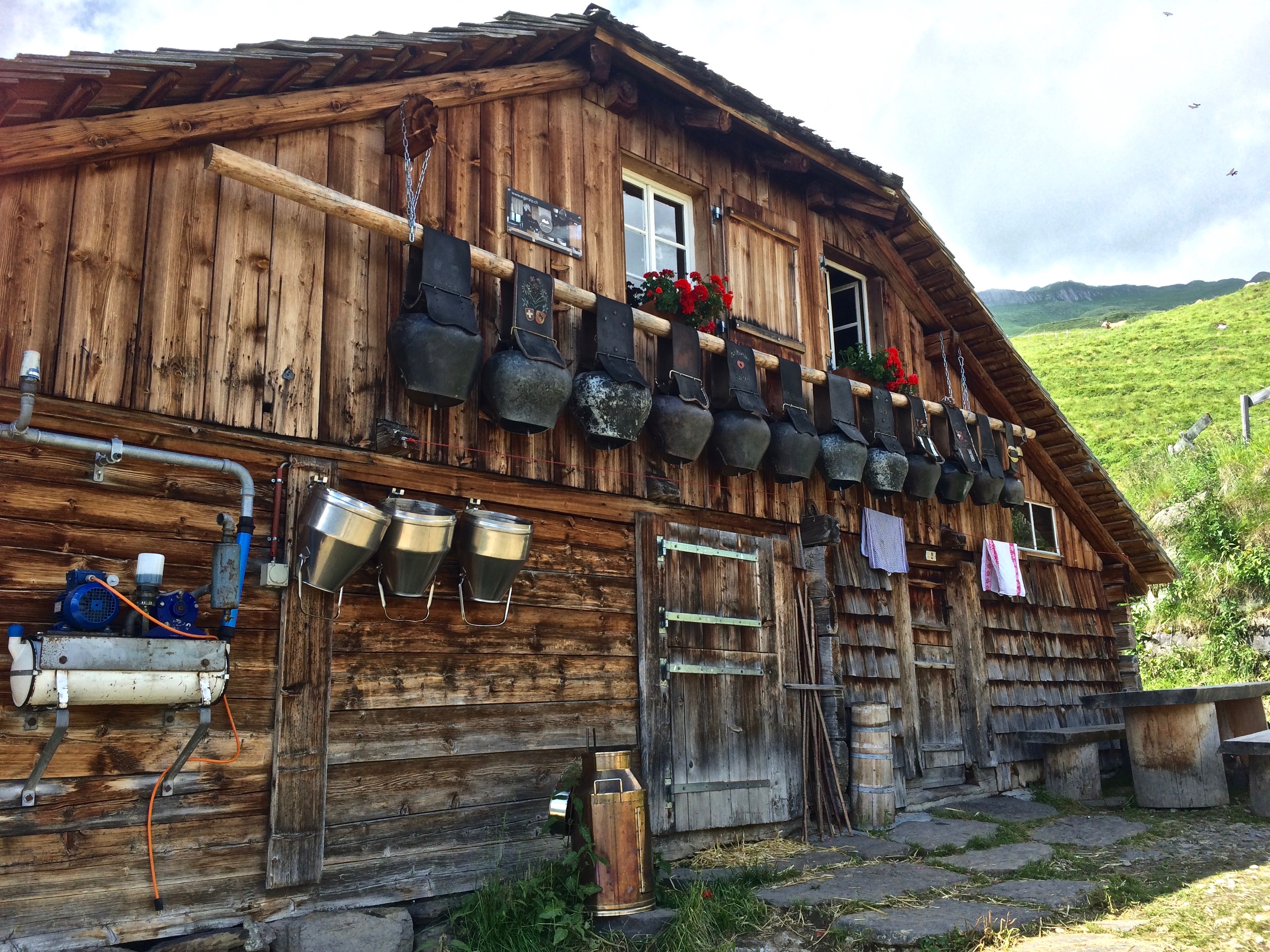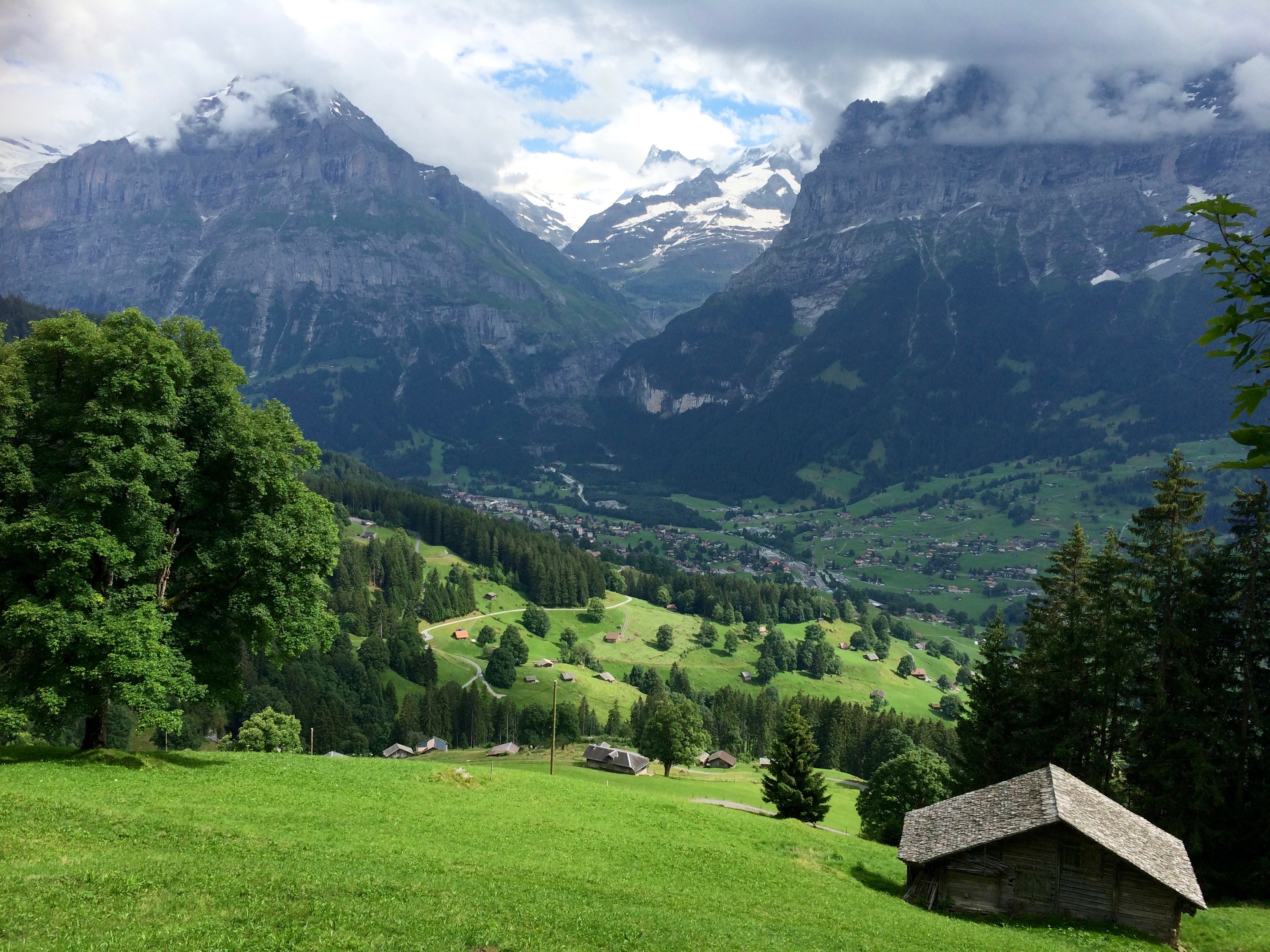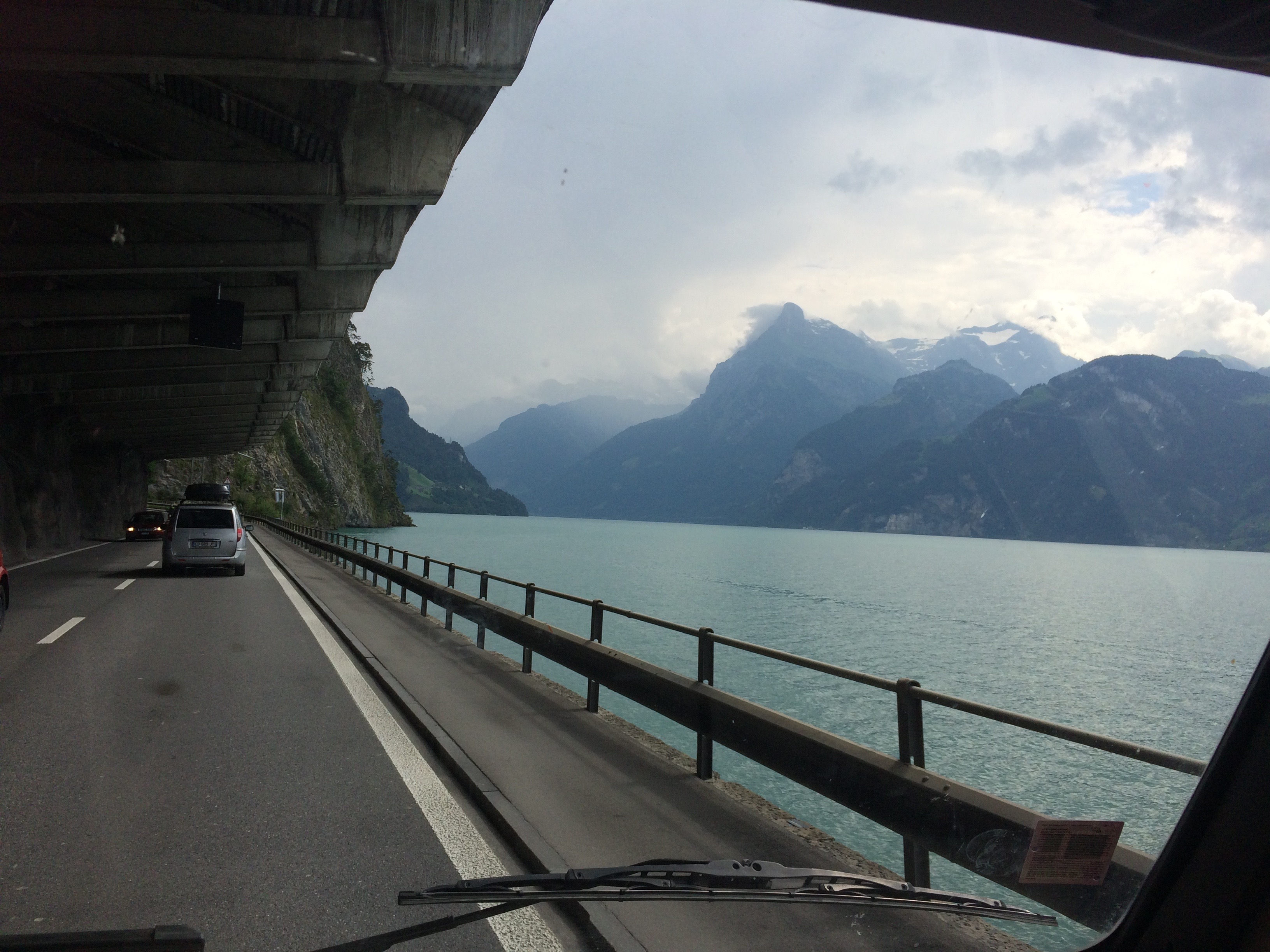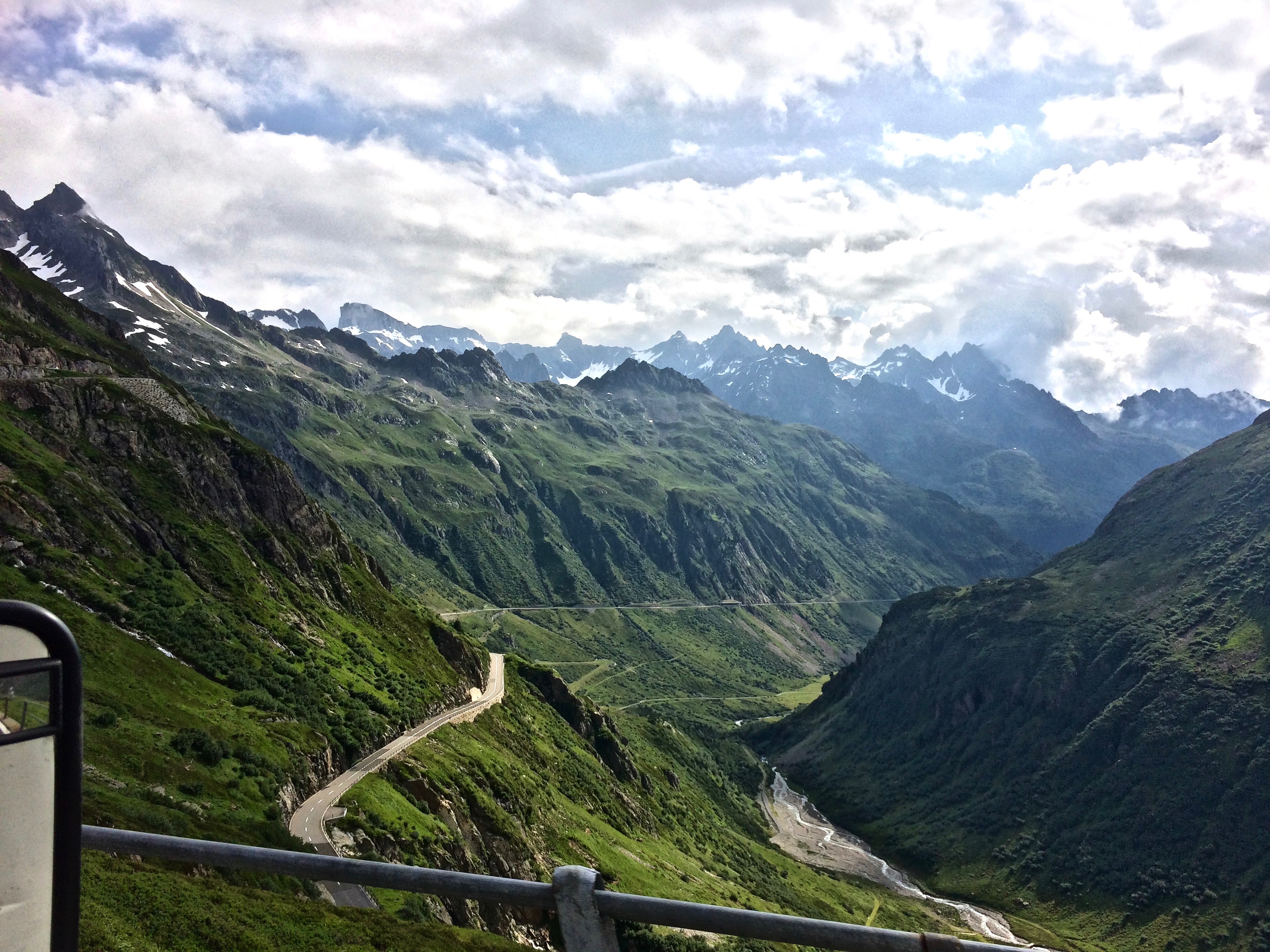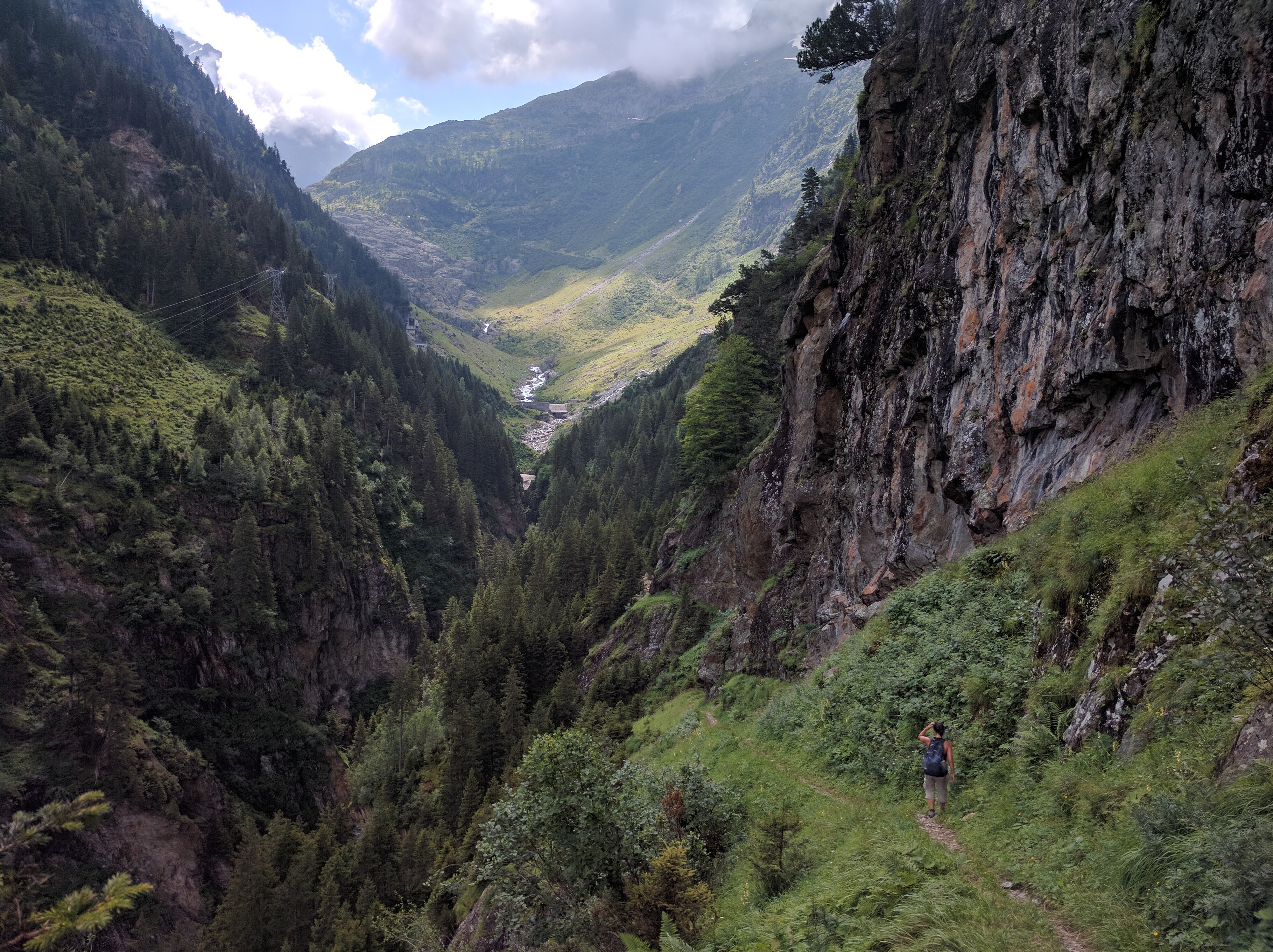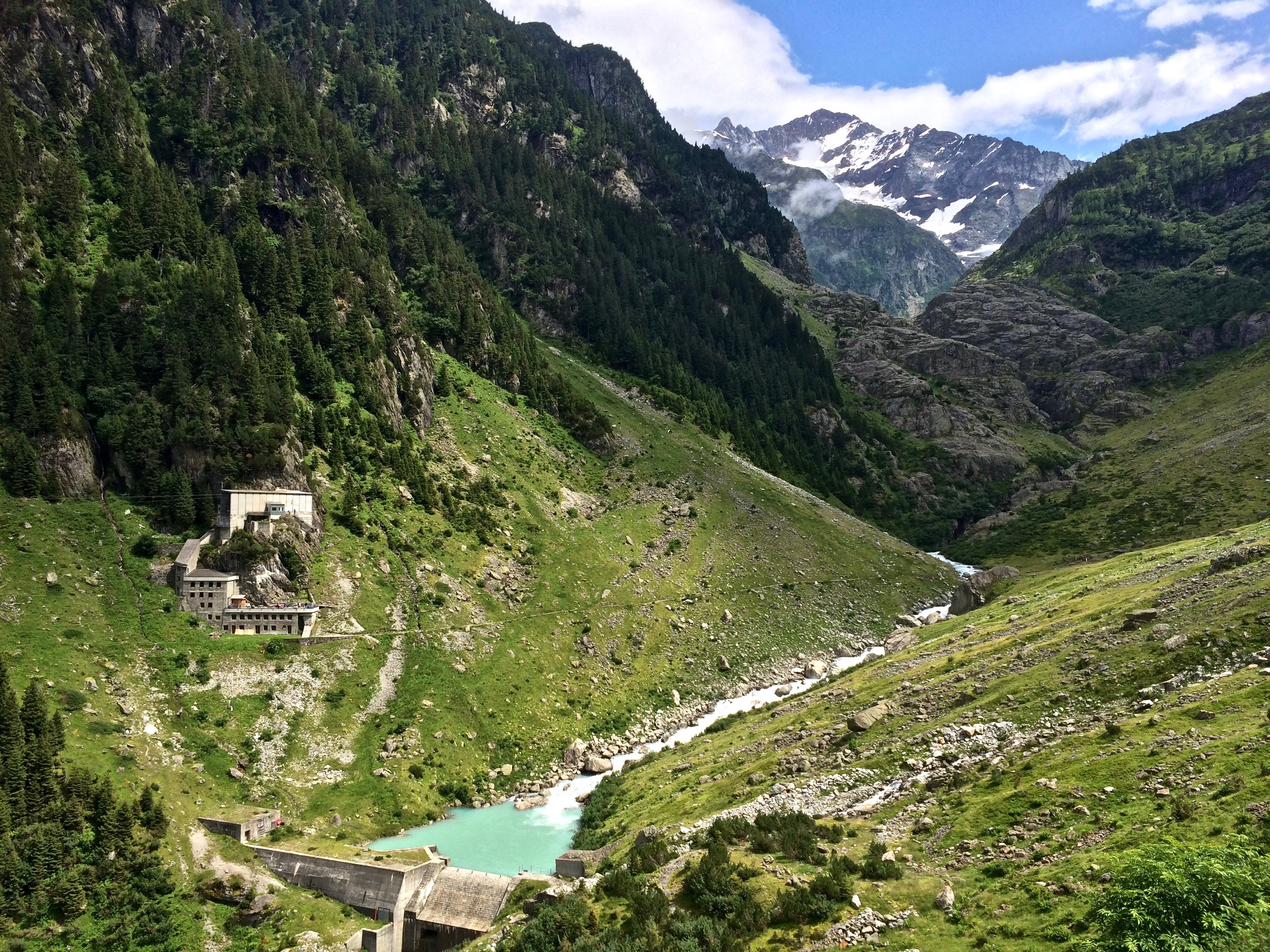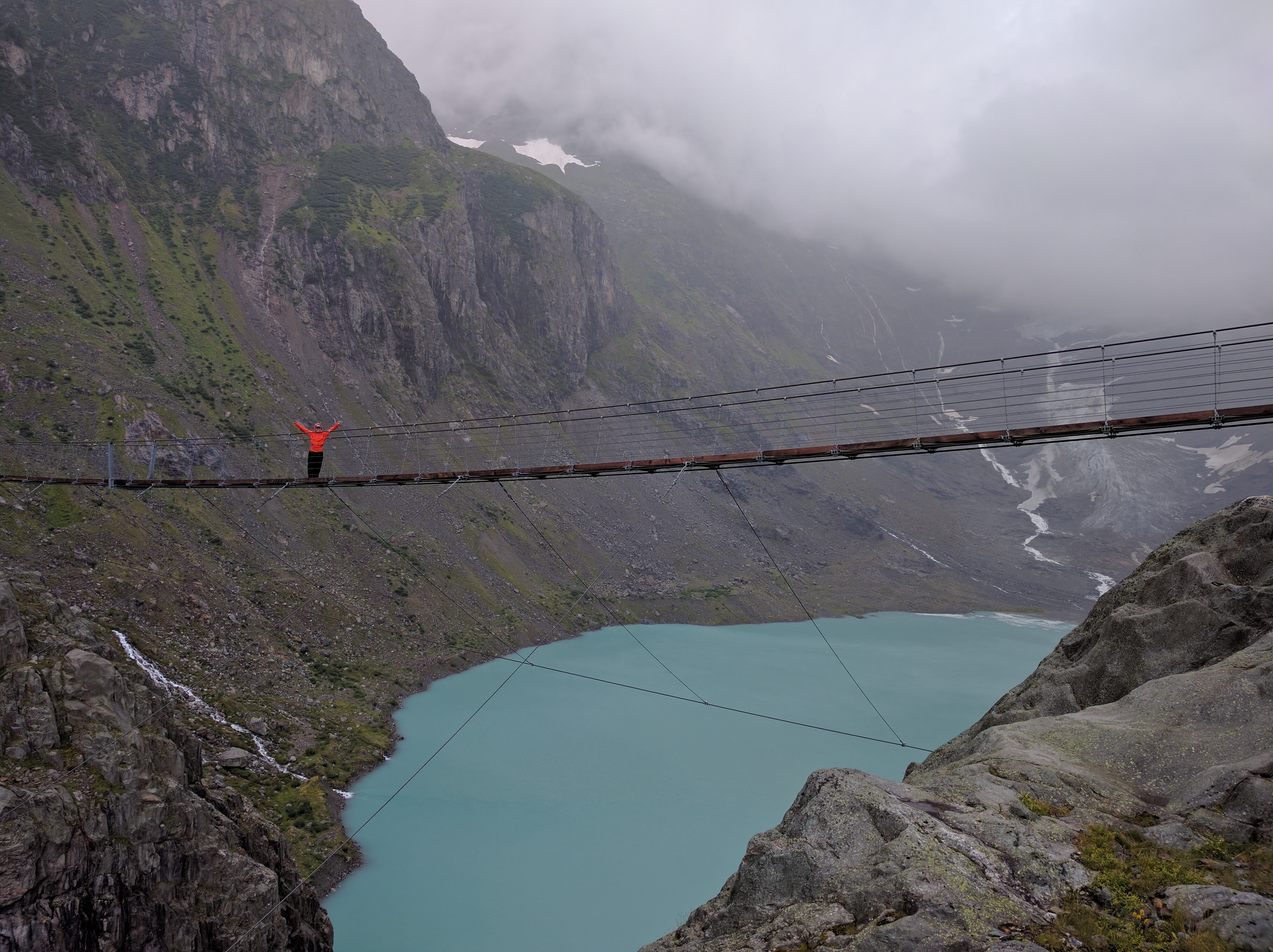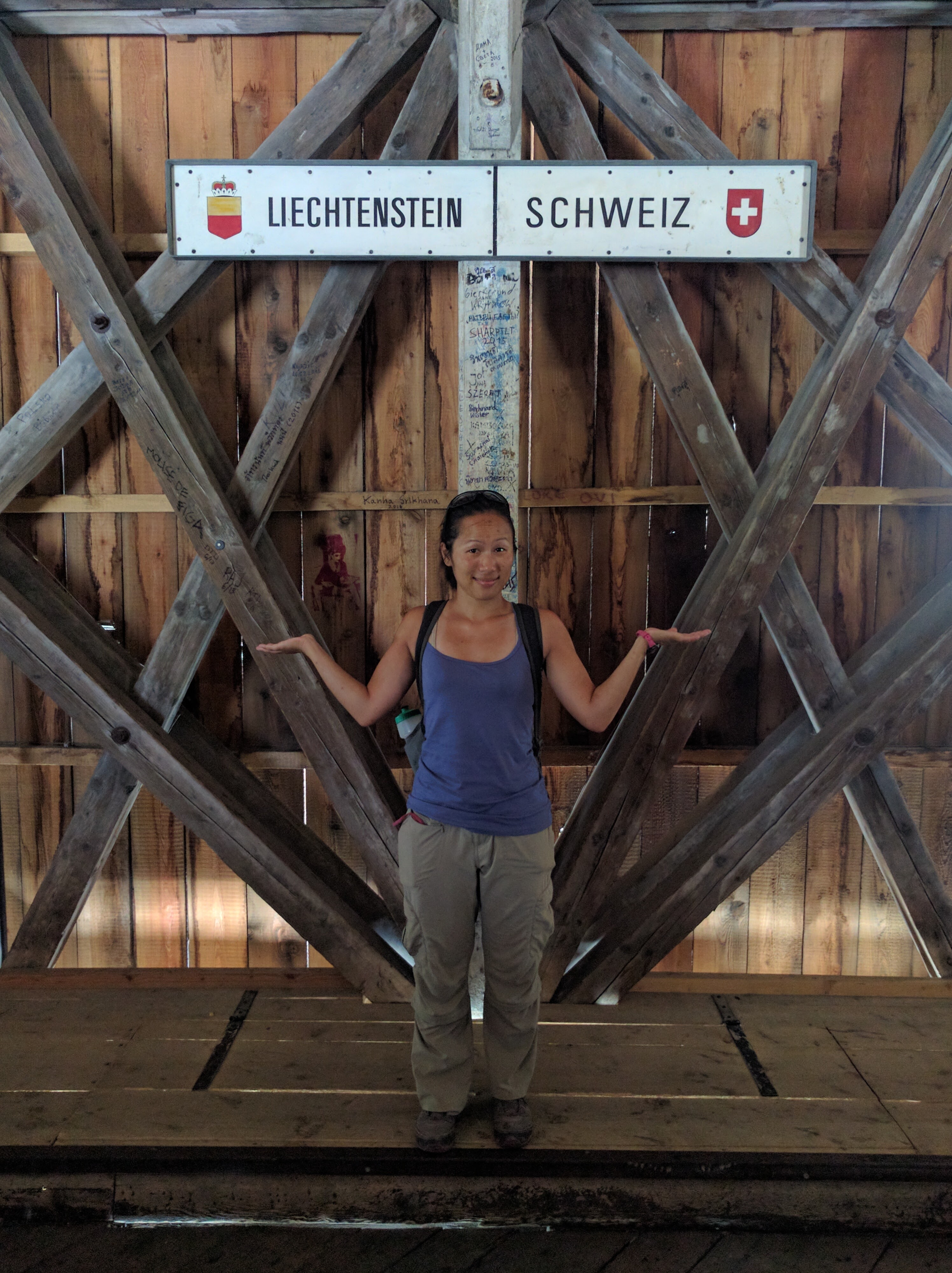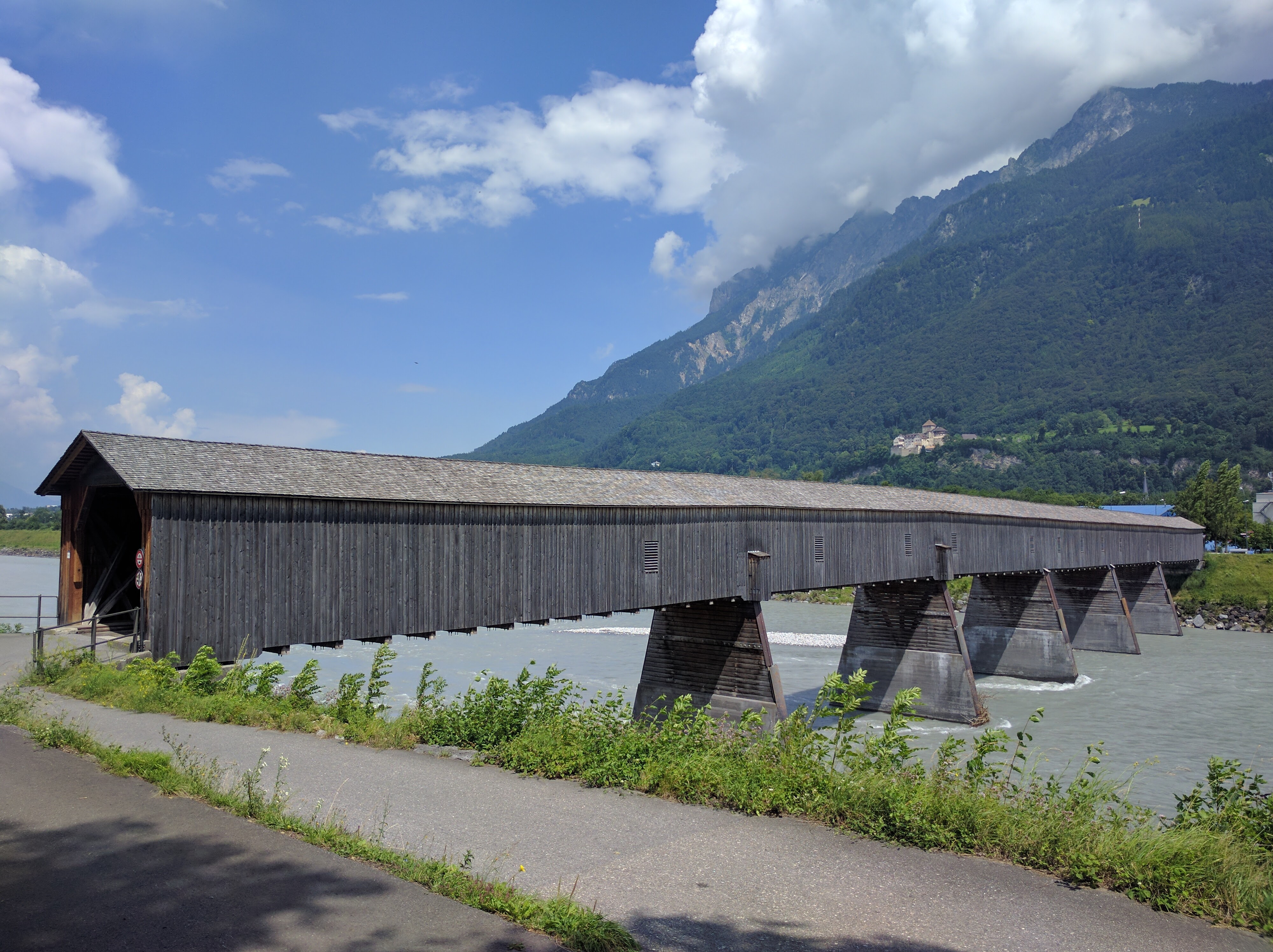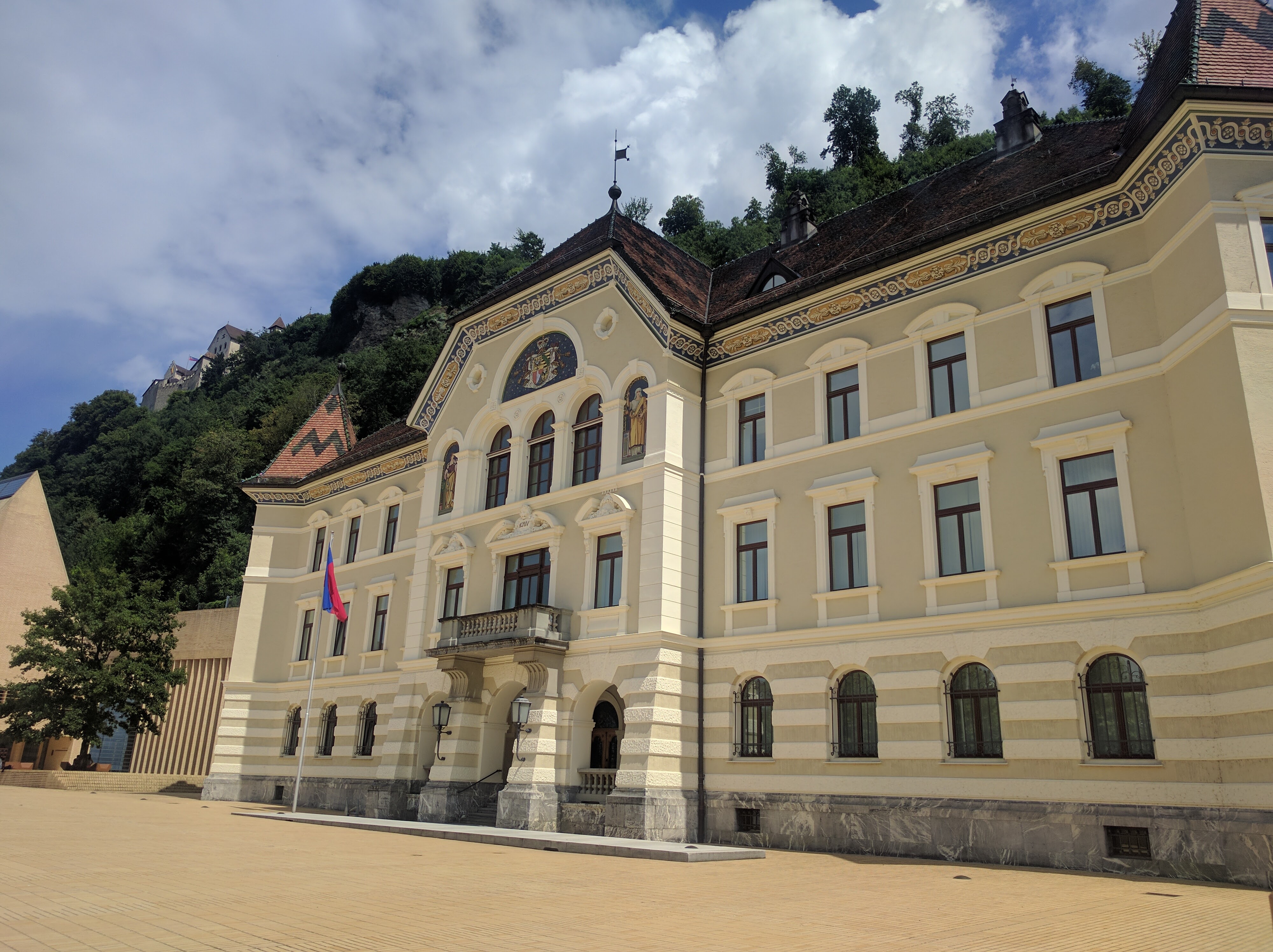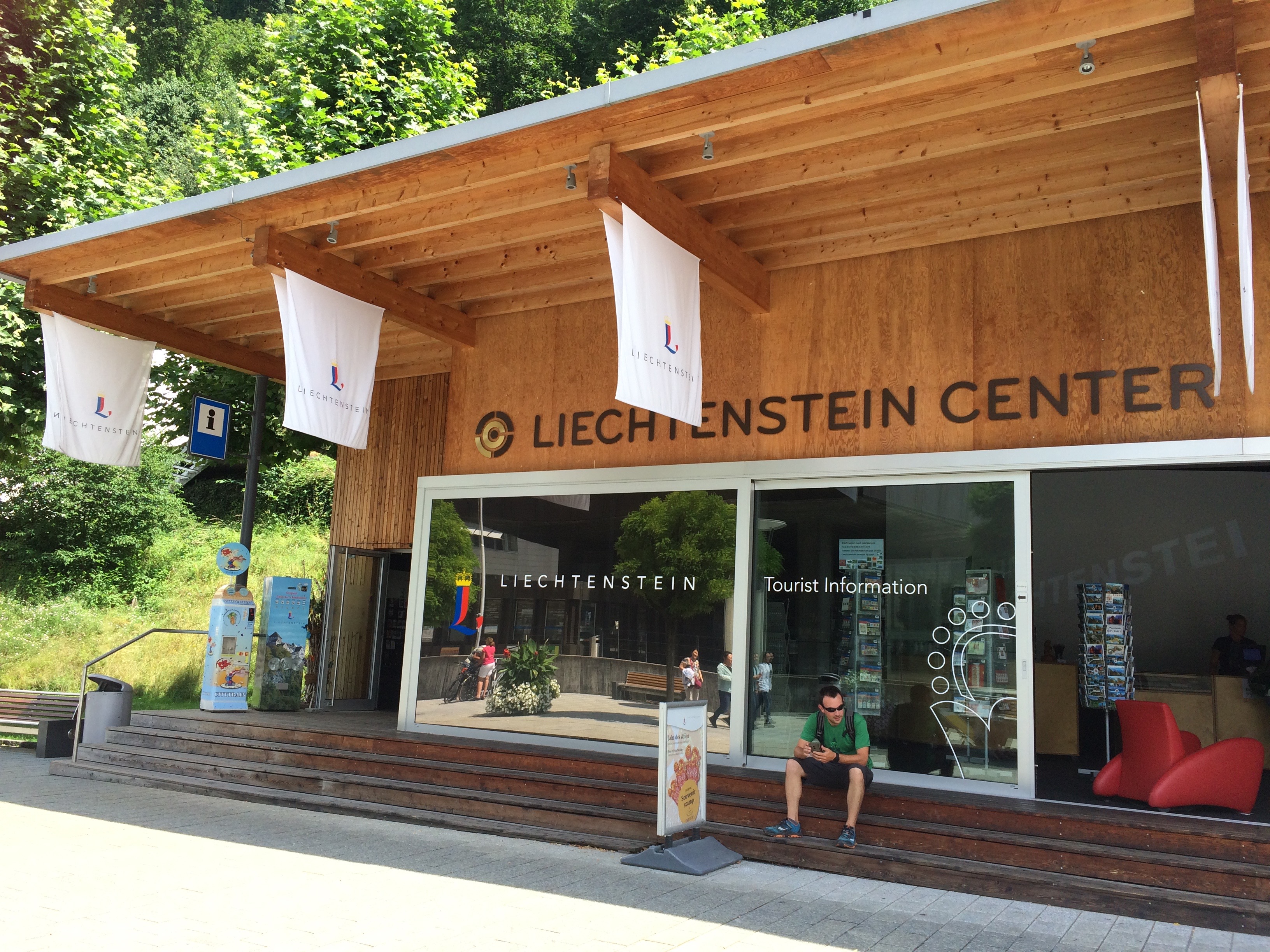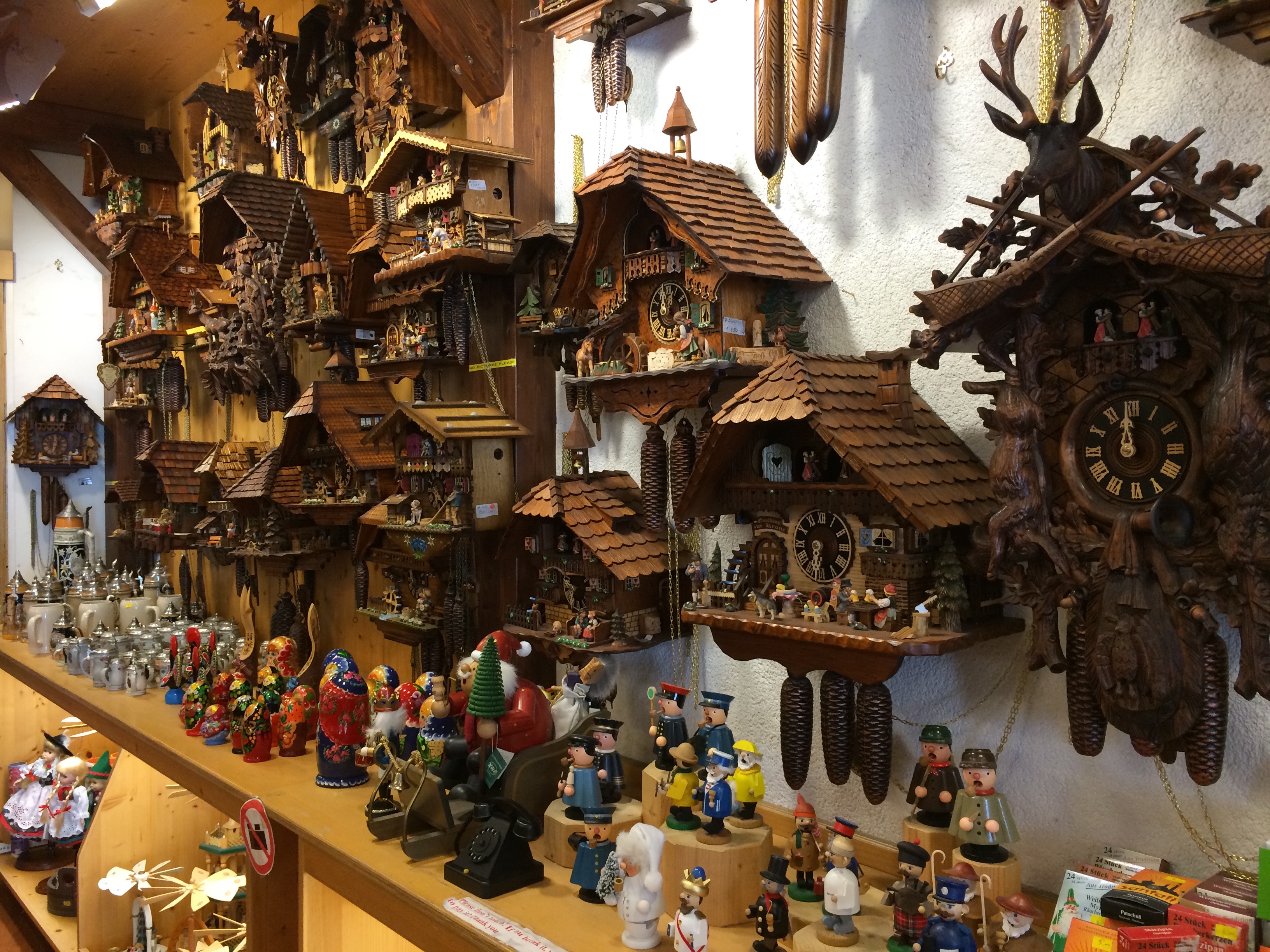How much did our road trip around Europe cost?
$24,330 for 6 months for 2 people!
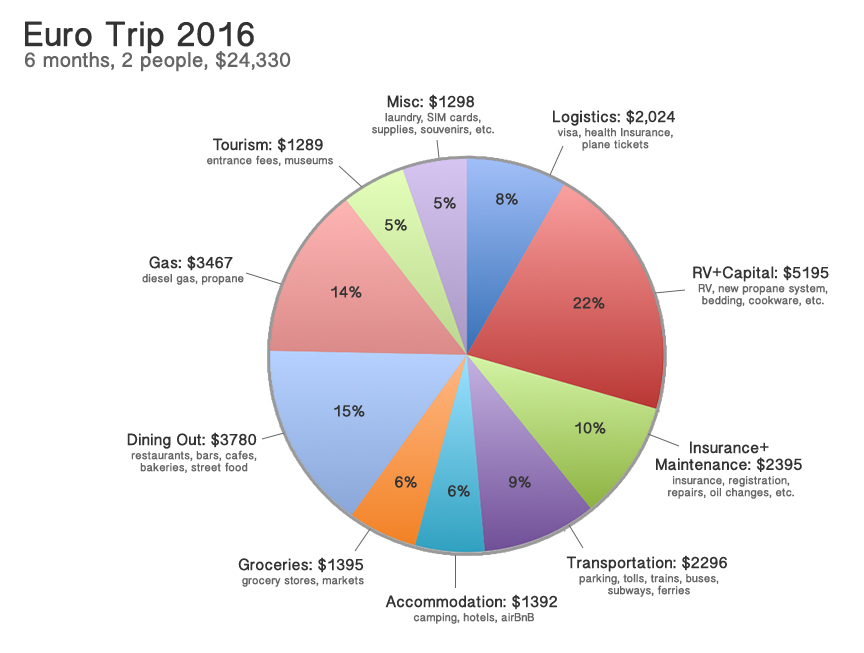
First, logistical costs (8%). $2024
Before embarking on our epic road trip around Europe, we acquired 6-month long stay visitor visas from the French consulate. In addition to the visas, our logistical purchases included international drivers licenses, international health insurance, plane tickets (which were heavily subsidized with airline points), transportation to and from the airport, and porting our phone numbers to Google Voice in order to keep our numbers.
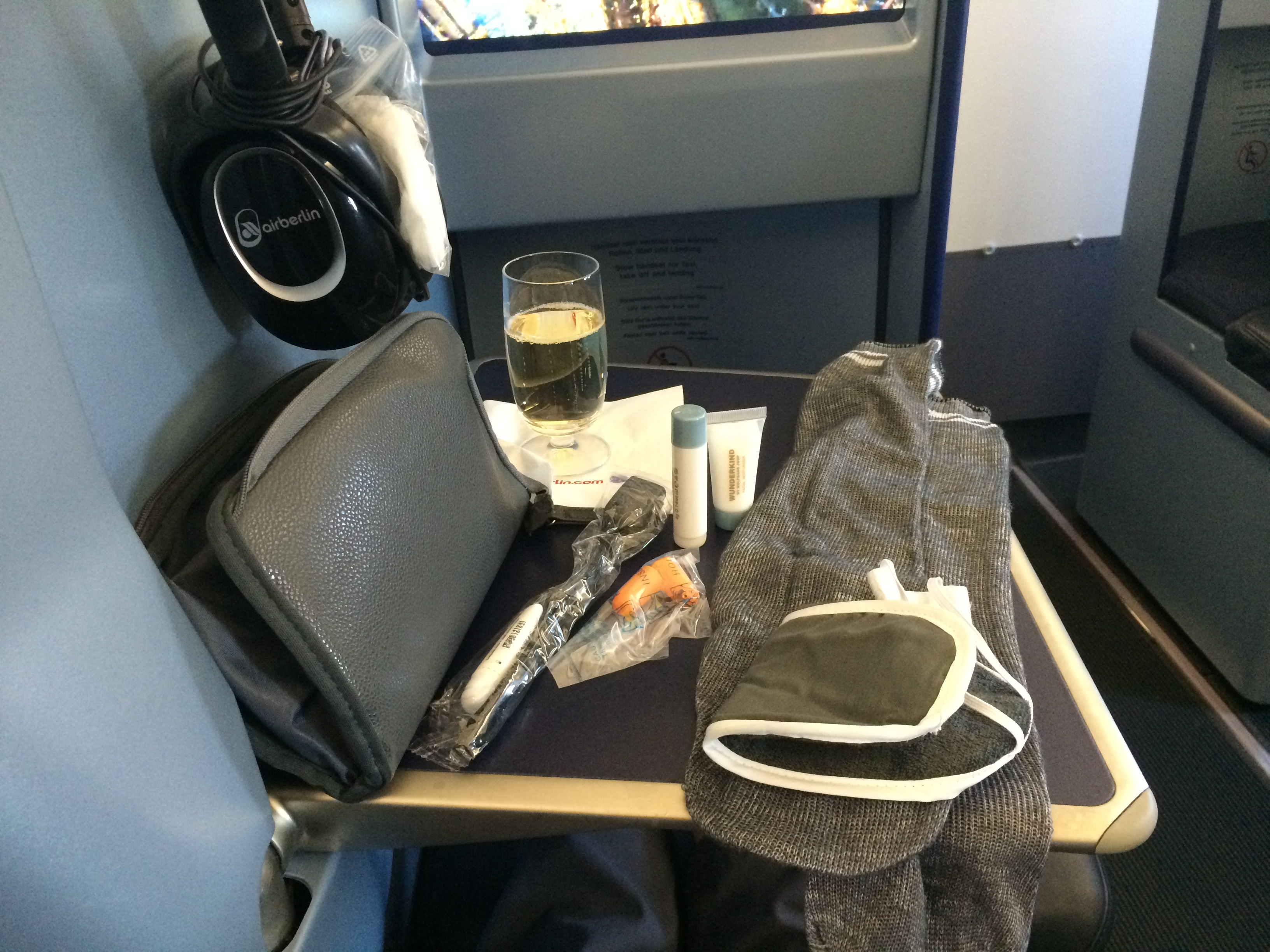 First class San Francisco to Berlin via airberlin.
First class San Francisco to Berlin via airberlin.
Buying an RV and stocking it (22%–our biggest cost). $5,195
We bought a completely dry RV and stocked it with everything it needed for our journey: kitchenware, bedding, leveling blocks, water hose, power cords and adaptors, tools, and even a brand new battery and car jack and wrench. Our most expensive purchase to upgrade the RV was an universal propane filling system because apparently each freakin’ country in Europe (even the tiny ones like Belgium!) has their own special propane tank. We would have been able to resell the motorhome for the same price we purchased it had it not been for unknown damages we later discovered long after we had already purchased it. In the end after buying and selling the RV, we spent $5,195, which is still a deal compared with trains, buses, hotels, and hostels for 6 months in Europe.
 Getting our own plates in Furstenwalde, Germany.
Getting our own plates in Furstenwalde, Germany.
Owning an RV also meant insurance and maintenance (10%). $2,395
Insurance, taxes, and registration was the highest cost in this category, but regular maintenance (oil changes, and fuel and air filter changes every 10,000 km) added to it too. We had several flat tires, one window break-in, a fridge fix, and belt replacement. Coolant and toilet treatment were also ongoing purchases.
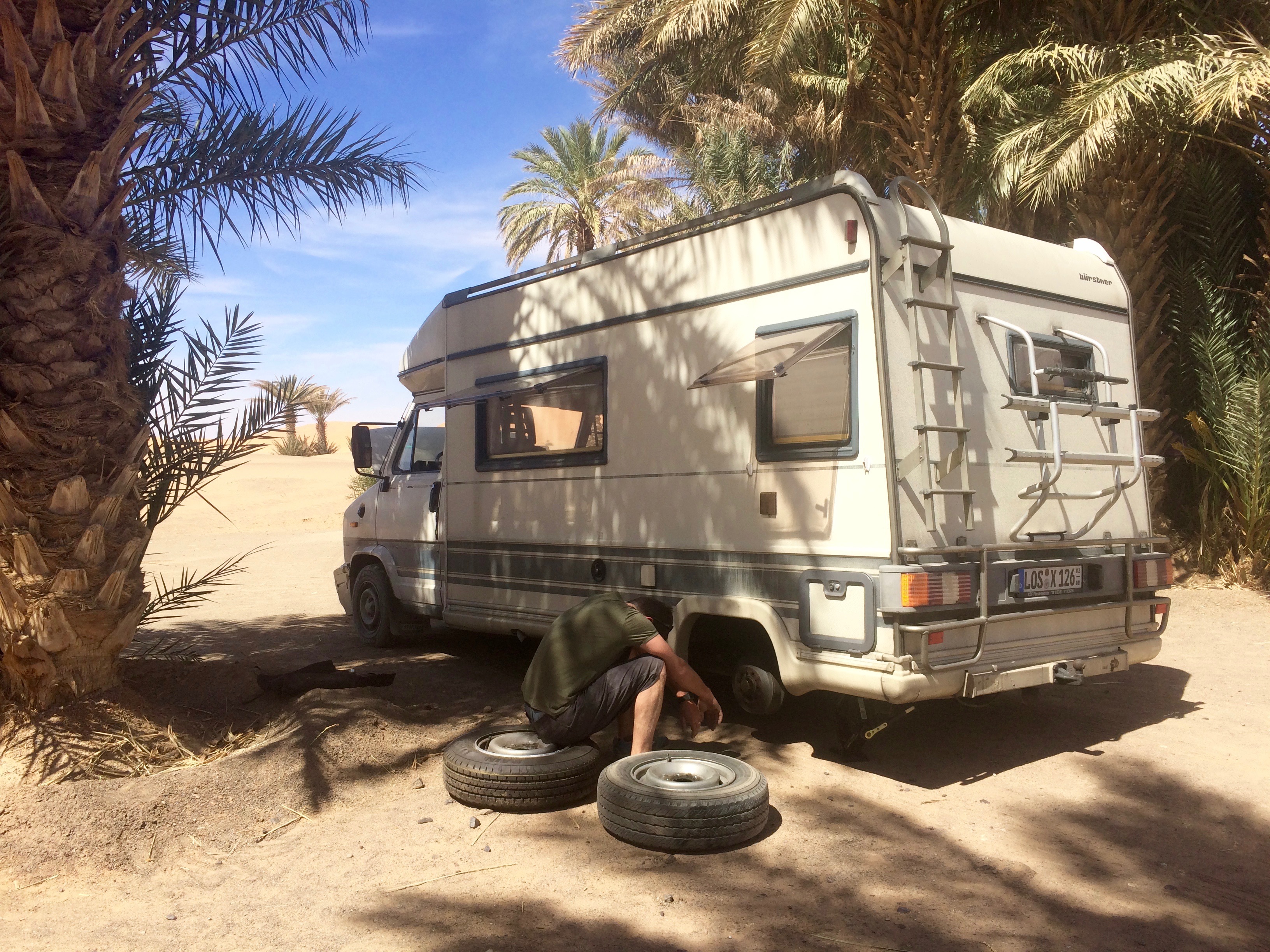 Chris, in the Saharan Desert, changing one of many flat tires.
Chris, in the Saharan Desert, changing one of many flat tires.
Diesel and propane (14%). $3,285
Diesel is not only more fuel efficient (though it pollutes more), but it is also cheaper than regular gas in most European countries. Most people don’t believe it when we tell them that we averaged 9-10 kilometers to the liter, or better than 22 mpg! Propane is also incredibly cheap at LPG/autogas filling stations, approximately 60-80¢/liter or ~$2.75/gallon. In the harsh winters, we filled up on propane every 5 days, but in the scorching summers we only filled up once per month.
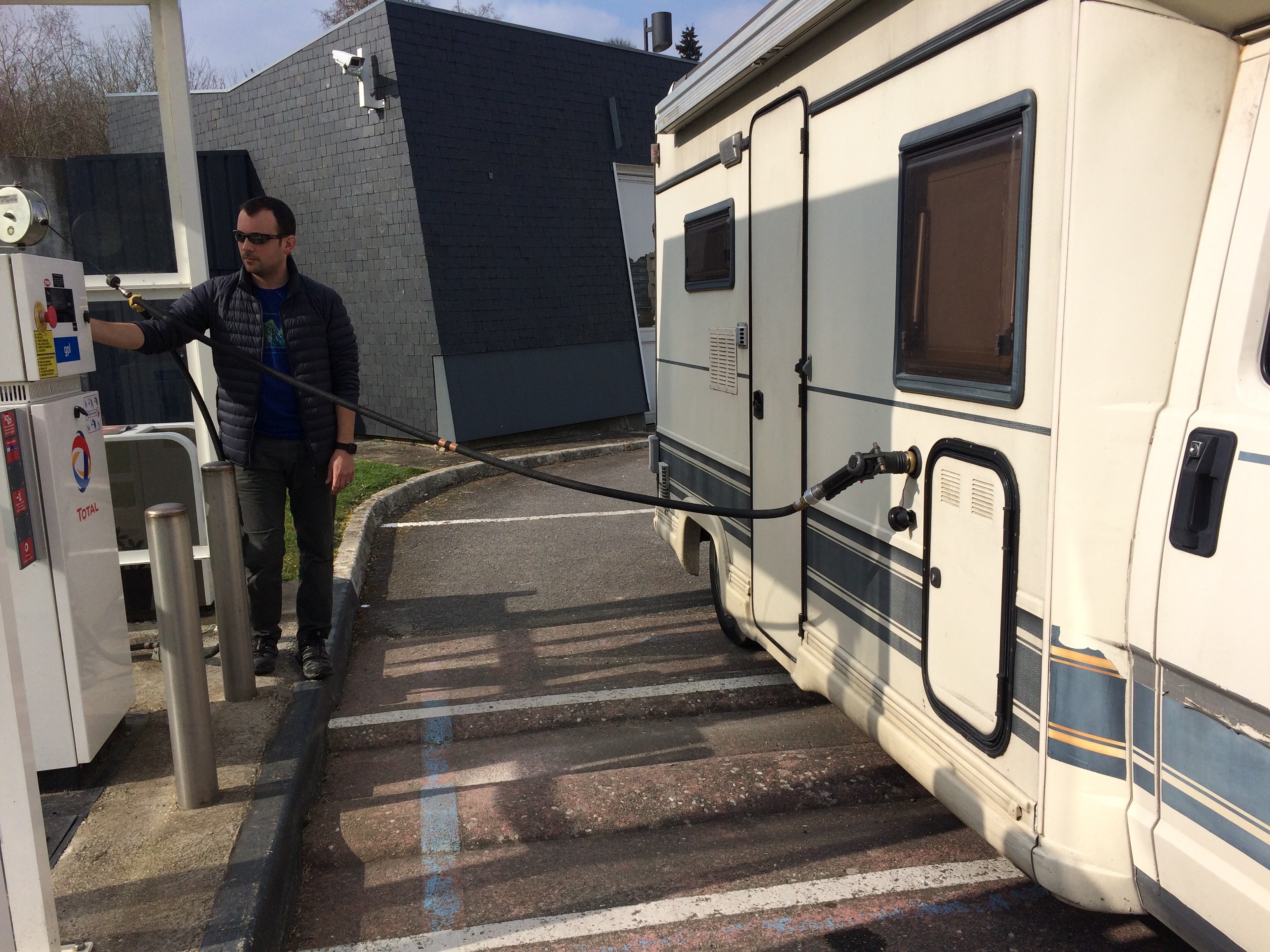 Filling up on propane at an autogas station.
Filling up on propane at an autogas station.
Public transportation generally wasn’t cheap (10%). $2,296
Like any local or traveler, we paid for subways, buses, ferries, and trains. However, unlike most travelers, we also had to budget for tolls and parking. Gondola rides and chair lifts are also included in this section.
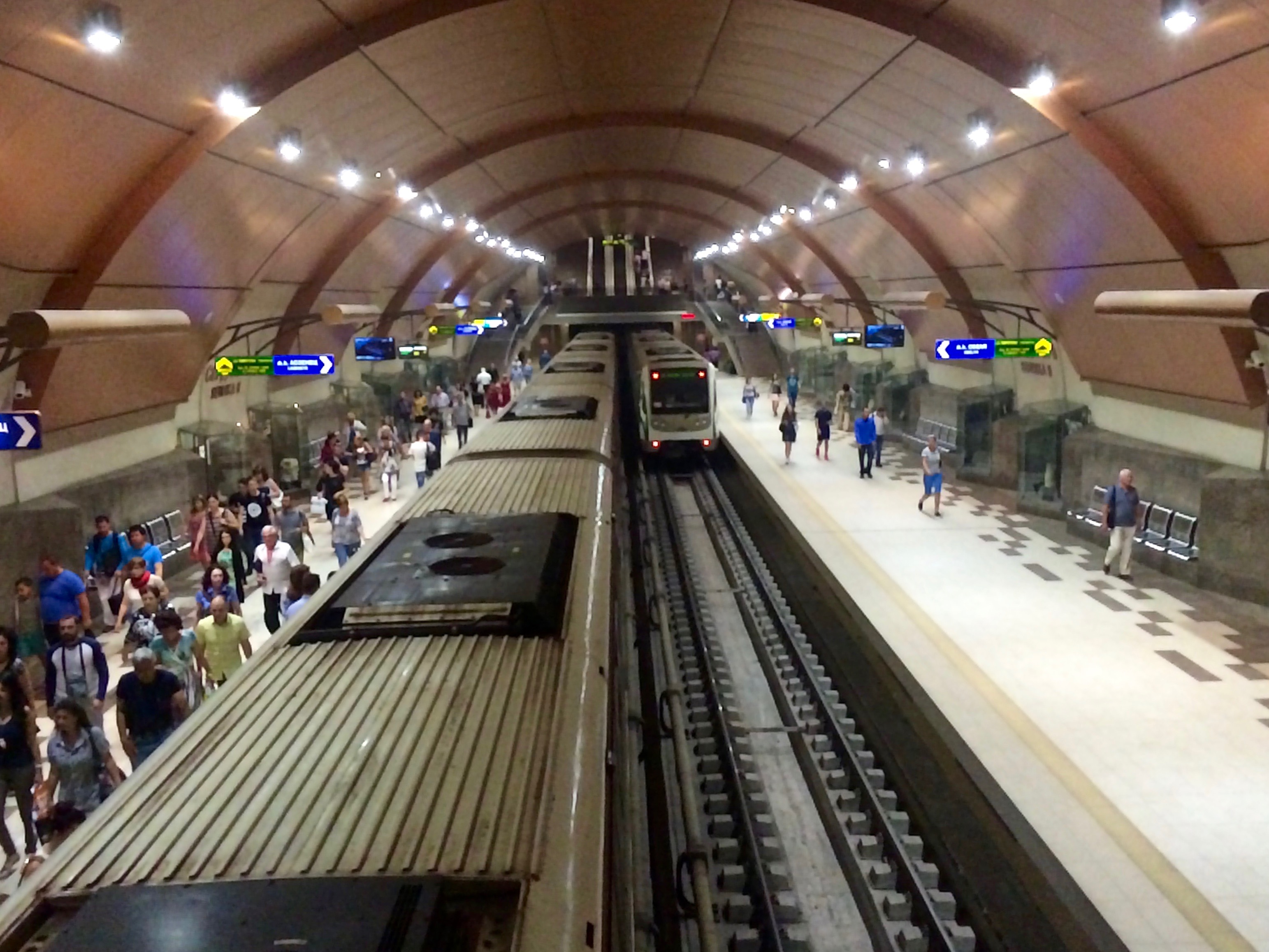 A subway station in Sofia, Bulgaria.
A subway station in Sofia, Bulgaria.
Accommodation (6%). $1,392
Thanks to campercontact.com, we found numerous free places to stay, dump, and stock up on water. However there were times we had no option but to pay for a campground, which ranged anywhere from €10/night to €25/night–still significantly cheaper than a U.S. campground. We also splurged on hotel rooms for special occasions, and even a cheap AirBnB when the weather got too hot.
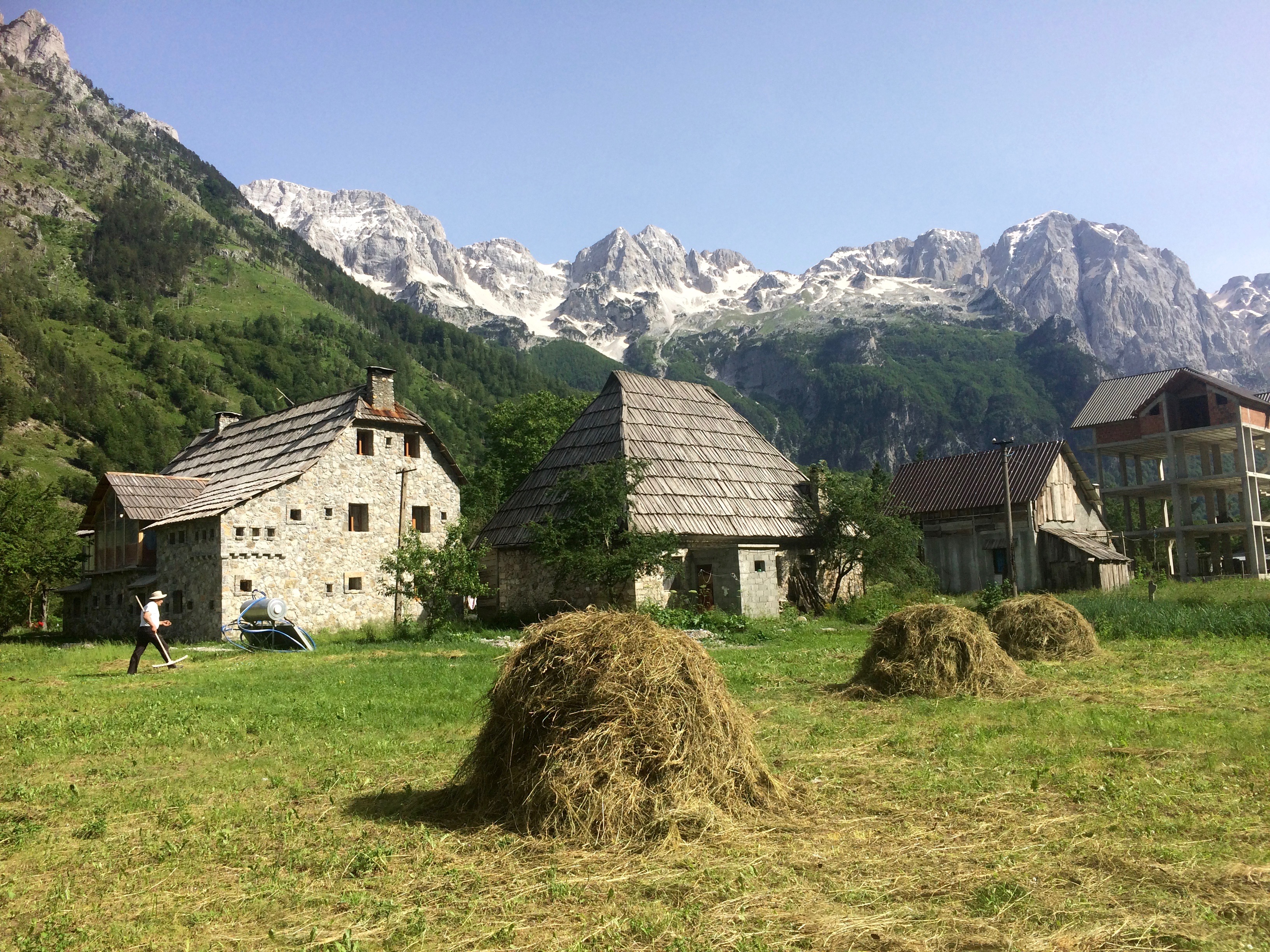 Mountain lodging in Albania, €20 per person for a private room and 3 homemade meals.
Mountain lodging in Albania, €20 per person for a private room and 3 homemade meals.
Groceries (6%). $1,395
Produce, meat, seafood, cheeses, beer, and bread (oh my, the BREAD!) are a million times better than those in the U.S., but at a fraction of the price. Grocery shopping in Europe is unbelievable.
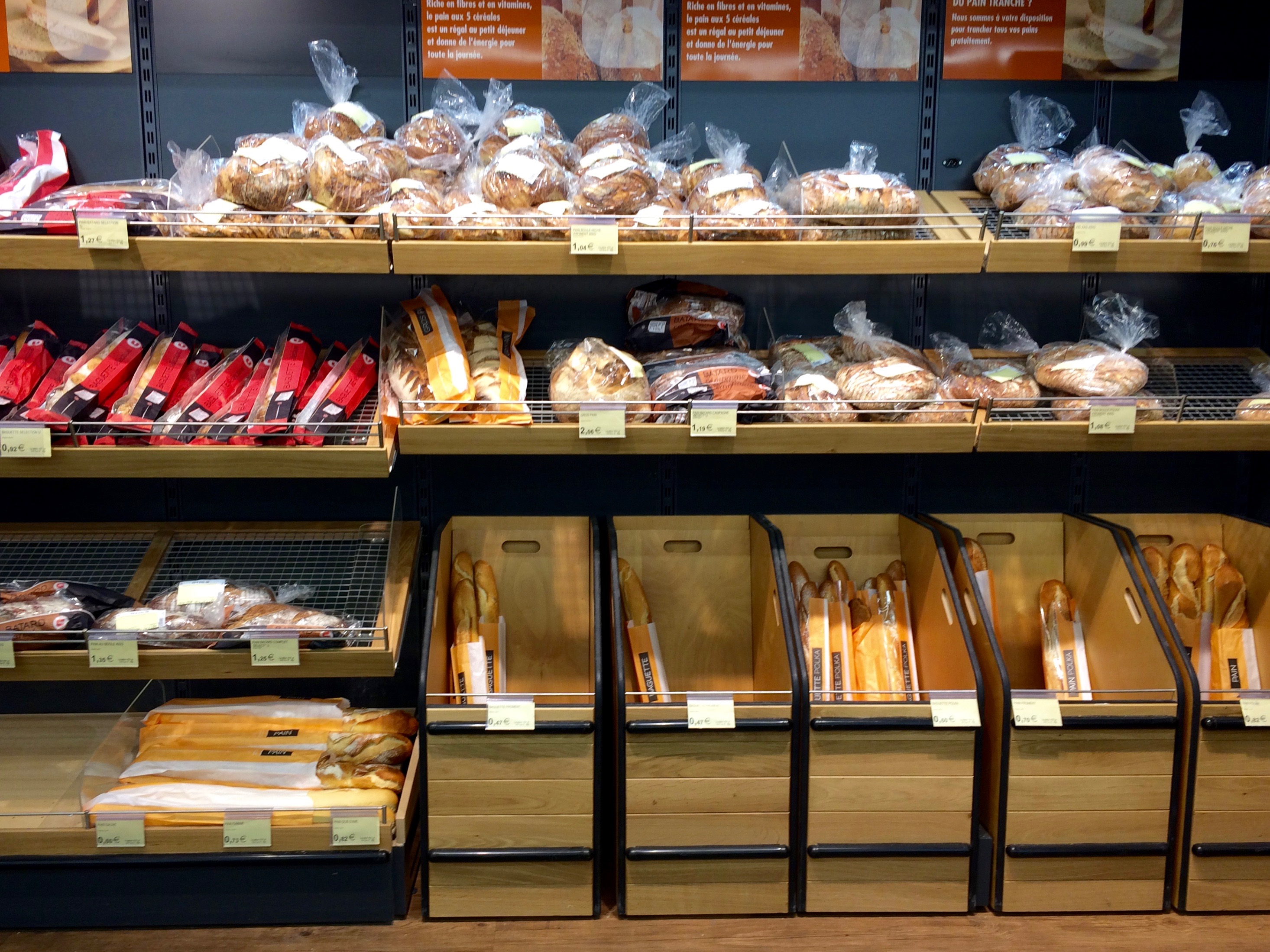 10 types of baguettes at a grocery chain in Cancale, France.
10 types of baguettes at a grocery chain in Cancale, France.
Dining out (15%). $3,780
When in major cities or in a region famous for a certain dish, we definitely ate out. The cost of eating out is slightly higher in Europe than in the U.S. because taxes and gratuity are included. (I wish it were that way in the U.S!) Sure, we were on a budget, but within reason. Eating/trying new foods is one reason to travel after all. (Hands down though, Italy has the BEST food. Period. And Moroccan cuisine is to die for.) And to our amusement, we frequented McDonalds too many times for their cheap cafe, free wifi, outlets, air conditioning, and clean bathrooms.
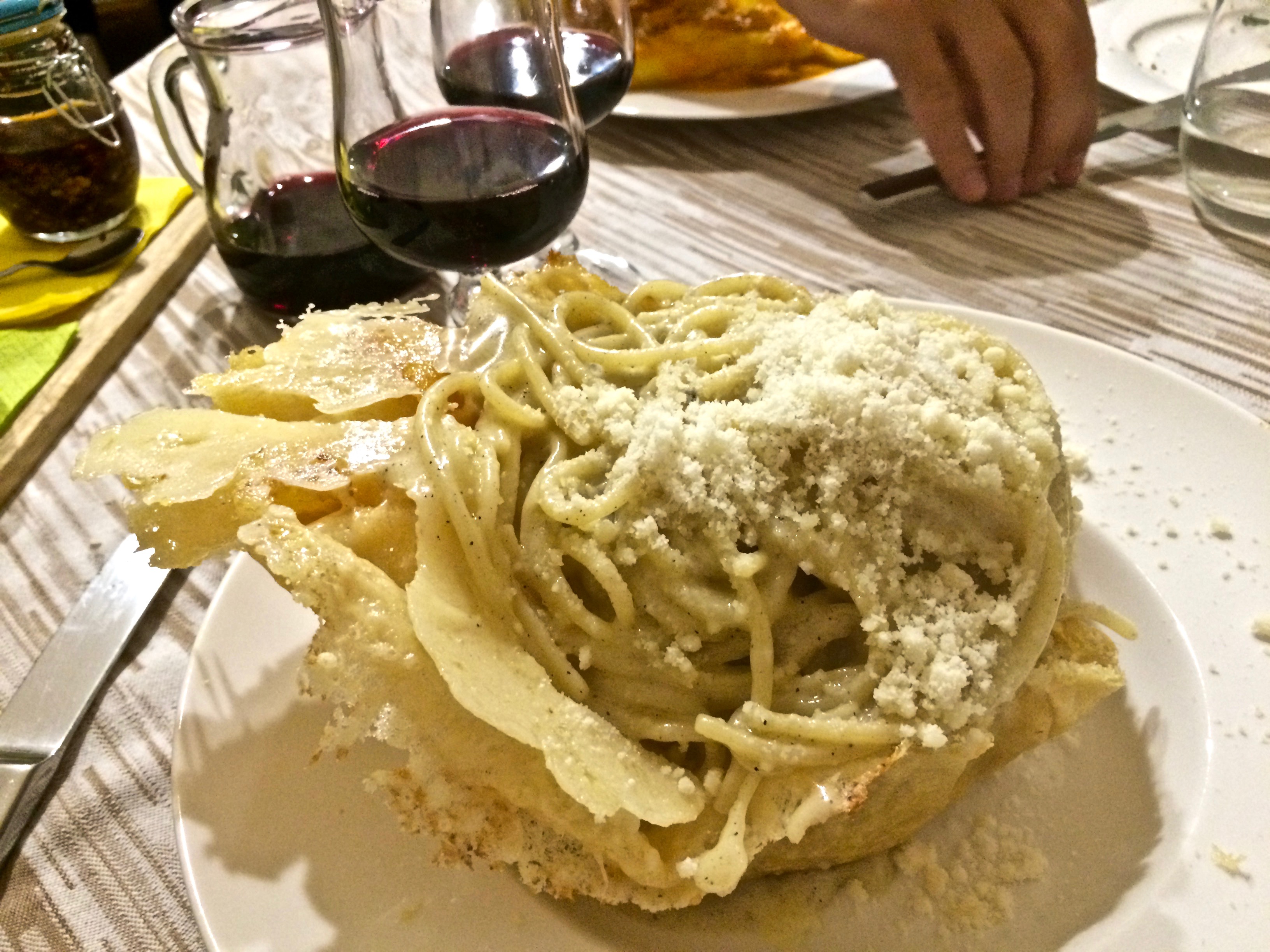 Our most memorable cacio e pepe in Sulmona, Italy.
Our most memorable cacio e pepe in Sulmona, Italy.
Entrance fees and touristy stuff (5%). $1,289
It would take multiple lifetimes to explore all of Europe’s castles, museums, churches, palaces, gardens, breweries, parliaments, and the list goes on. To be honest, less than halfway in our trip we got tired of them and only stuck to free sites and sites less frequented by tourists and their selfie sticks. We did spend the money to visit the “must-sees” such as Neuschwanstein Castle, Stonehenge Stone Circle Access, the Eiffel Tower and Louvre, Palace of Versaille, Alhambra de Granada, Park Guell and La Sagrada Familia, the Colosseum, Vatican Museum, the Acropolis, amongst other sites of significance. Some entrance fees got quite pricey and it was important to distinguish the “must-sees” from the “just something to do.”
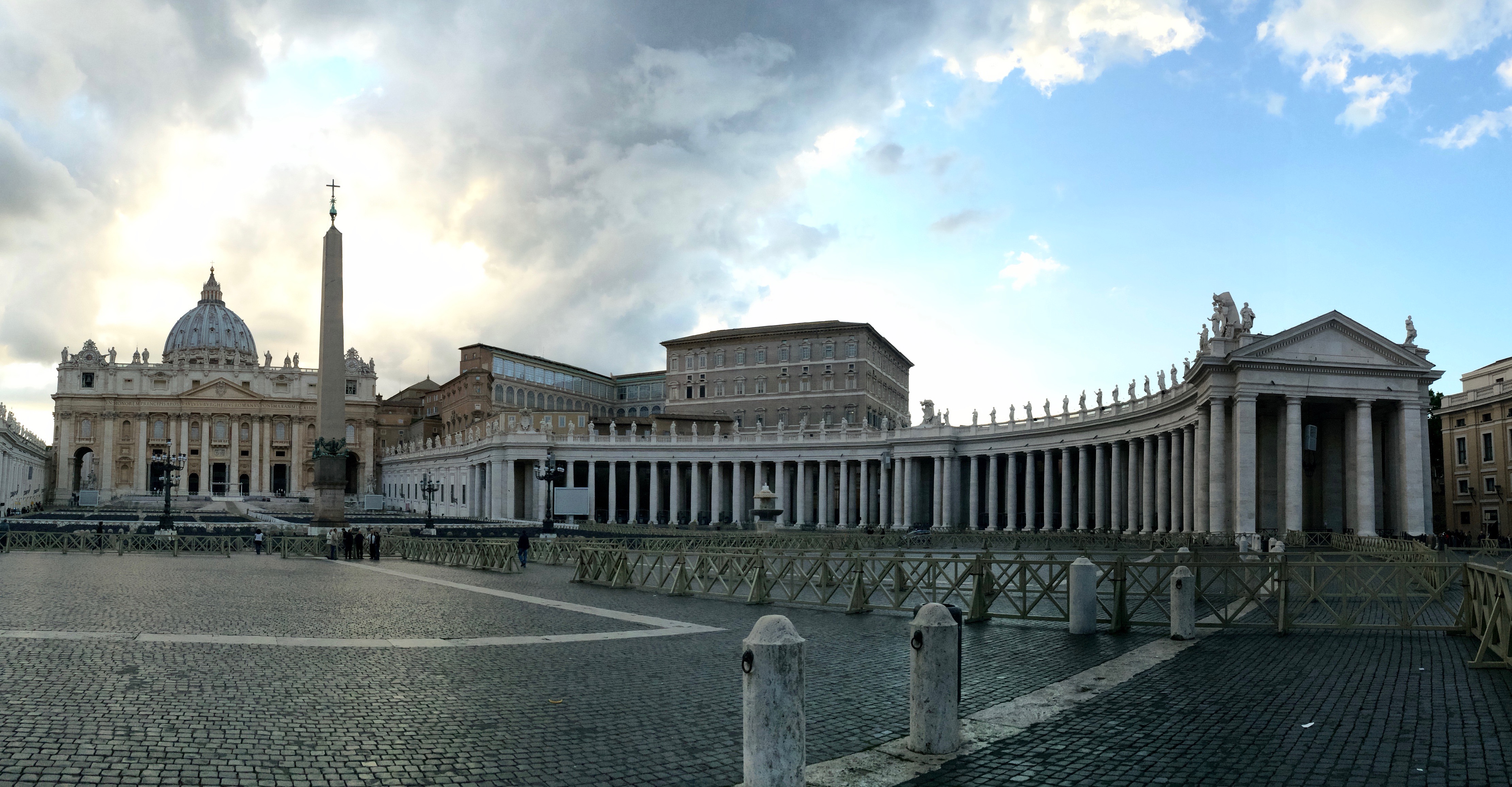 Vatican City, beautifully vacant in the evening.
Vatican City, beautifully vacant in the evening.
And finally, the last spending category, Miscellaneous (5%). $1,298
Everything uncategorized went here. Laundry, SIM cards, night clubs, souvenirs, tips, scuba diving, a music festival, beach towels, you name it.
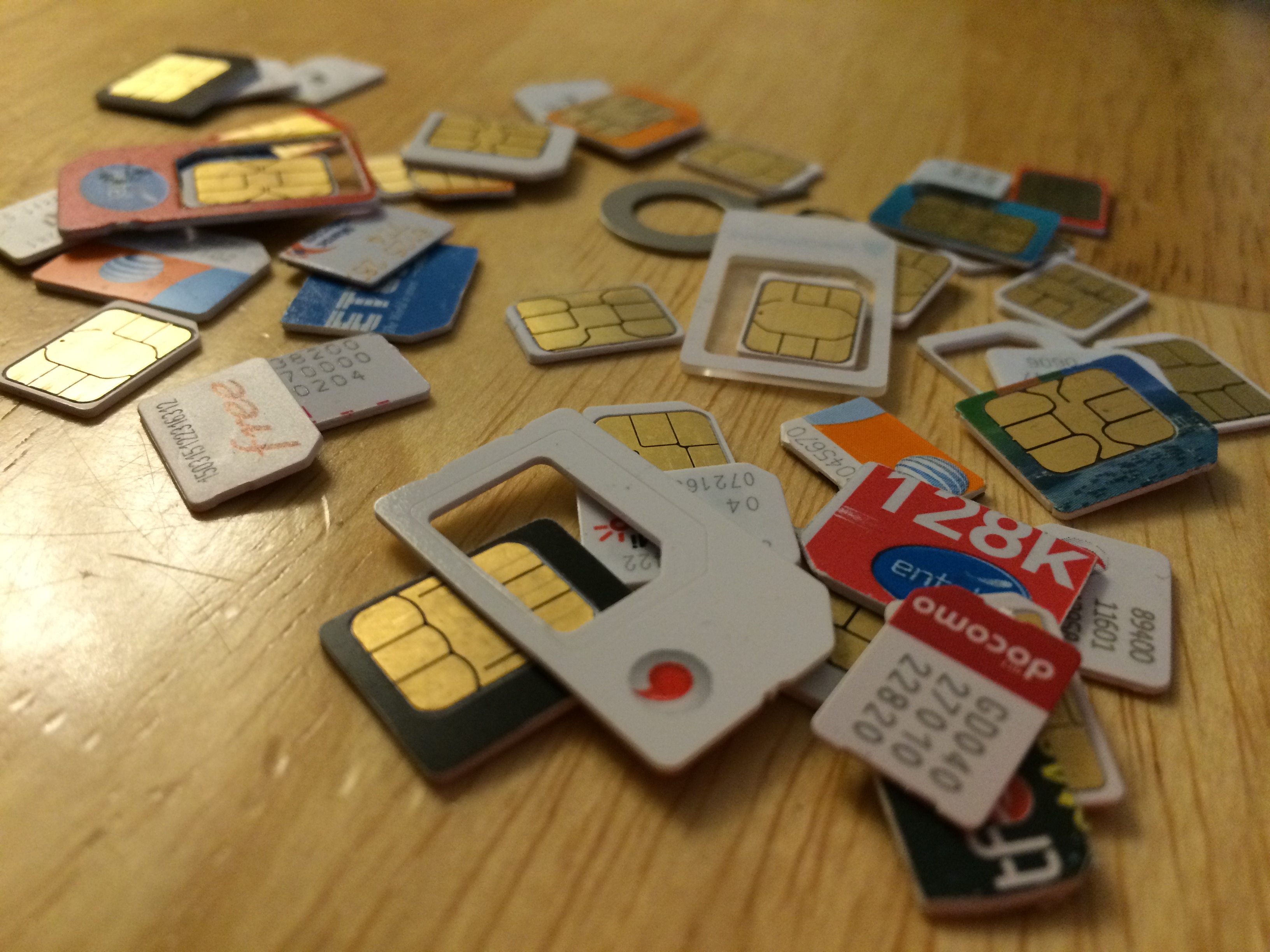 Our collection of SIM cards.
Our collection of SIM cards.
***
Obviously, traveling around Europe required more money than traveling around Southeast Asia, but traveling by motorhome reduced the costs significantly and made it surprisingly affordable at $67 per person per day. Again, had we sold the motorhome for the same price we purchased it for, the cost would have dropped to $50 per person per day. Considering our 5.5 month backpacking trip in Latin America in 2015 without a motorhome also cost us around $24,000, I like to think we did a damn good job at spending our money wisely in a region with a higher cost and quality of living.
Before leaving for this trip, more than one friend told me that they didn’t think I’d like Europe. Southeast Asia and South America guaranteed uncertainty and adventure, whereas Western Europe remained predictable and almost always fulfilled expectations. Contrary to belief, I fell in love with Europe. RV’ing in Europe threw us into countless adventures we wouldn’t have otherwise faced had we backpacked Europe, stayed in hostels and hotels, and traveled by bus and train. All our mishaps were followed by the desperate need for local help, episodes of getting lost in translation, and usually concluded with the helping hands of good ol’ warm-hearted locals, reminding us that people in general are good. RV’ing in Europe turned out to not just be about saving money. It was a way to see, live, understand, discover, and remember.

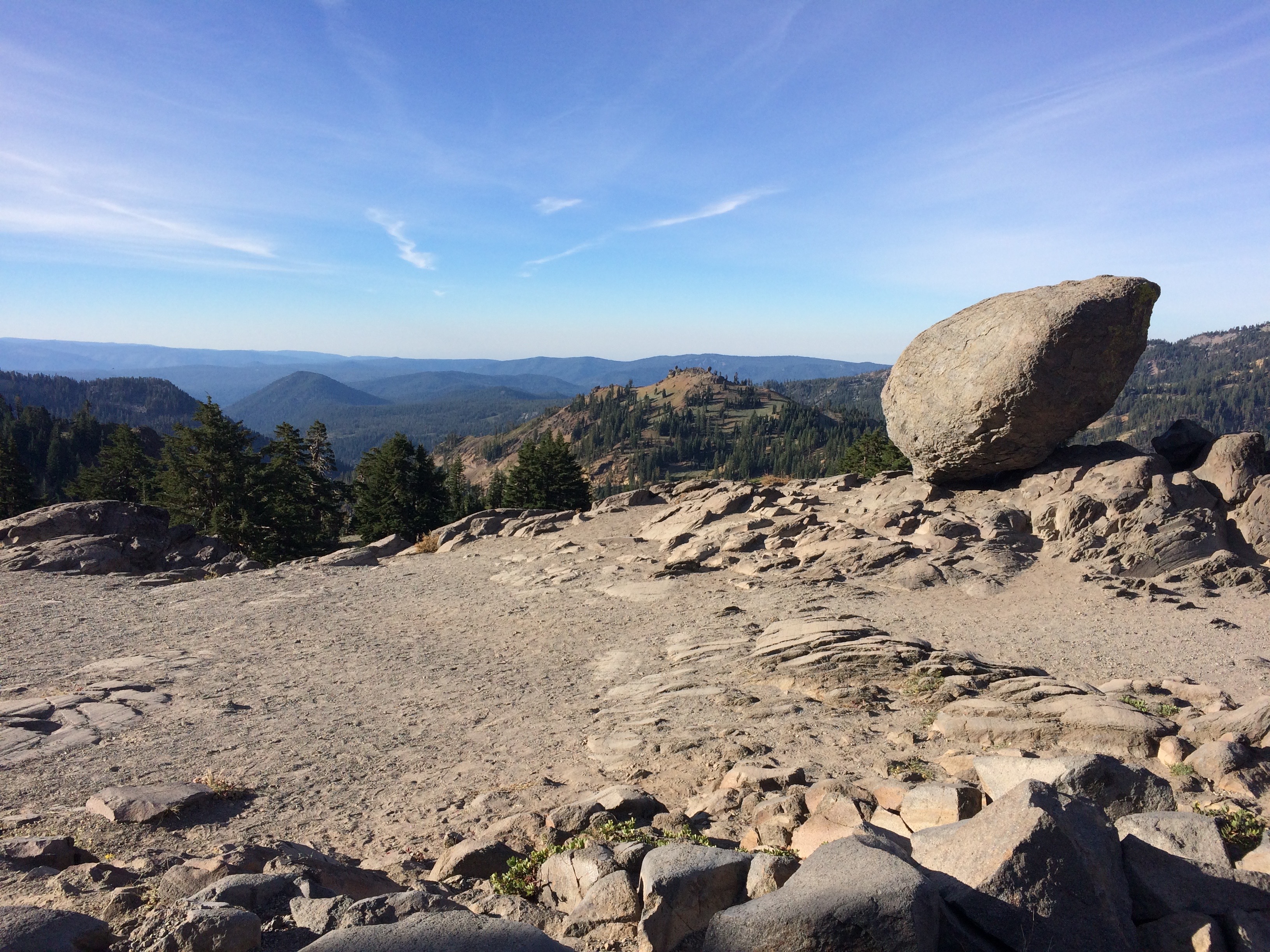
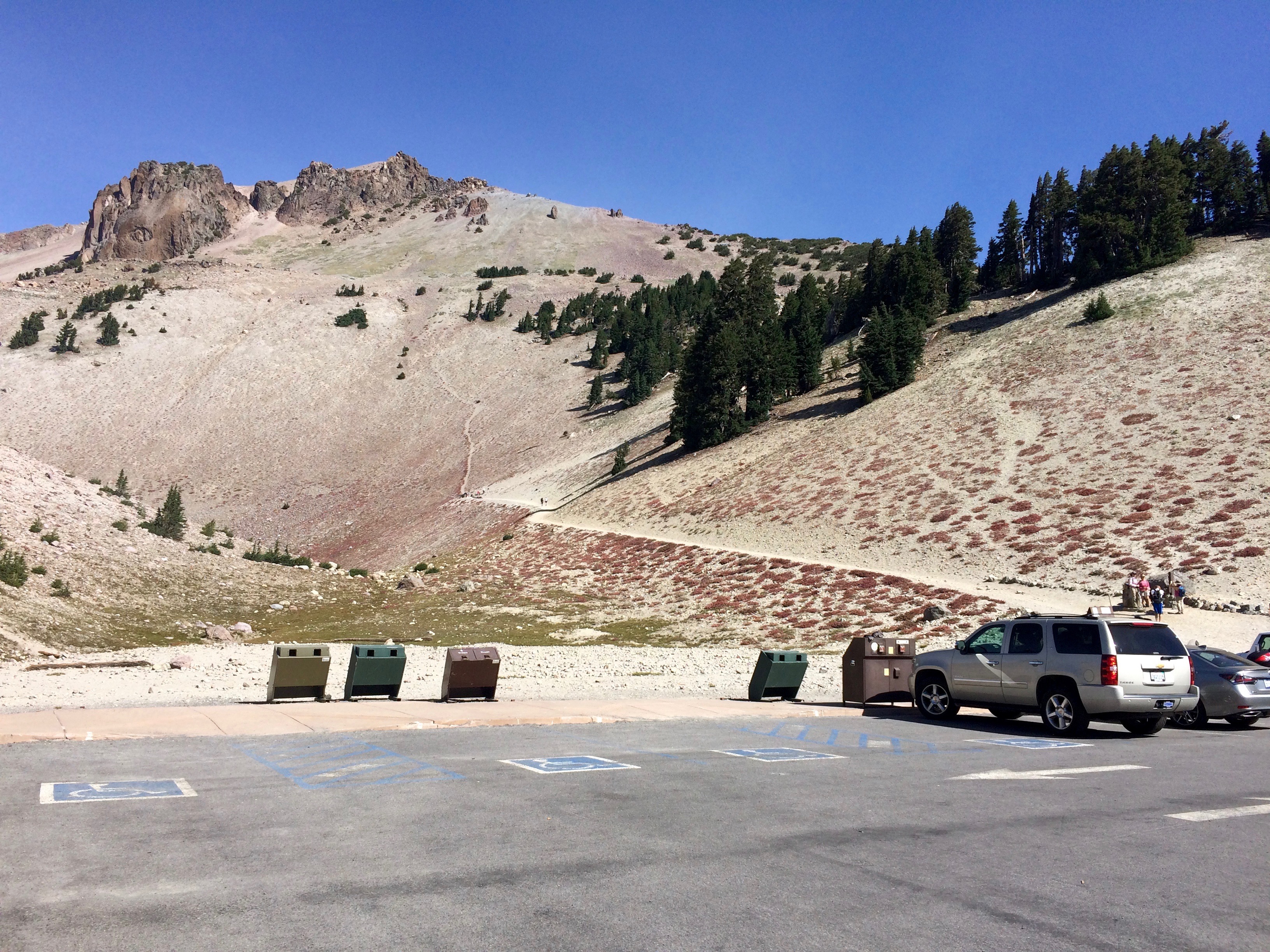
 (Funny, we only summited the majestic Mount Shasta one year prior!)
(Funny, we only summited the majestic Mount Shasta one year prior!)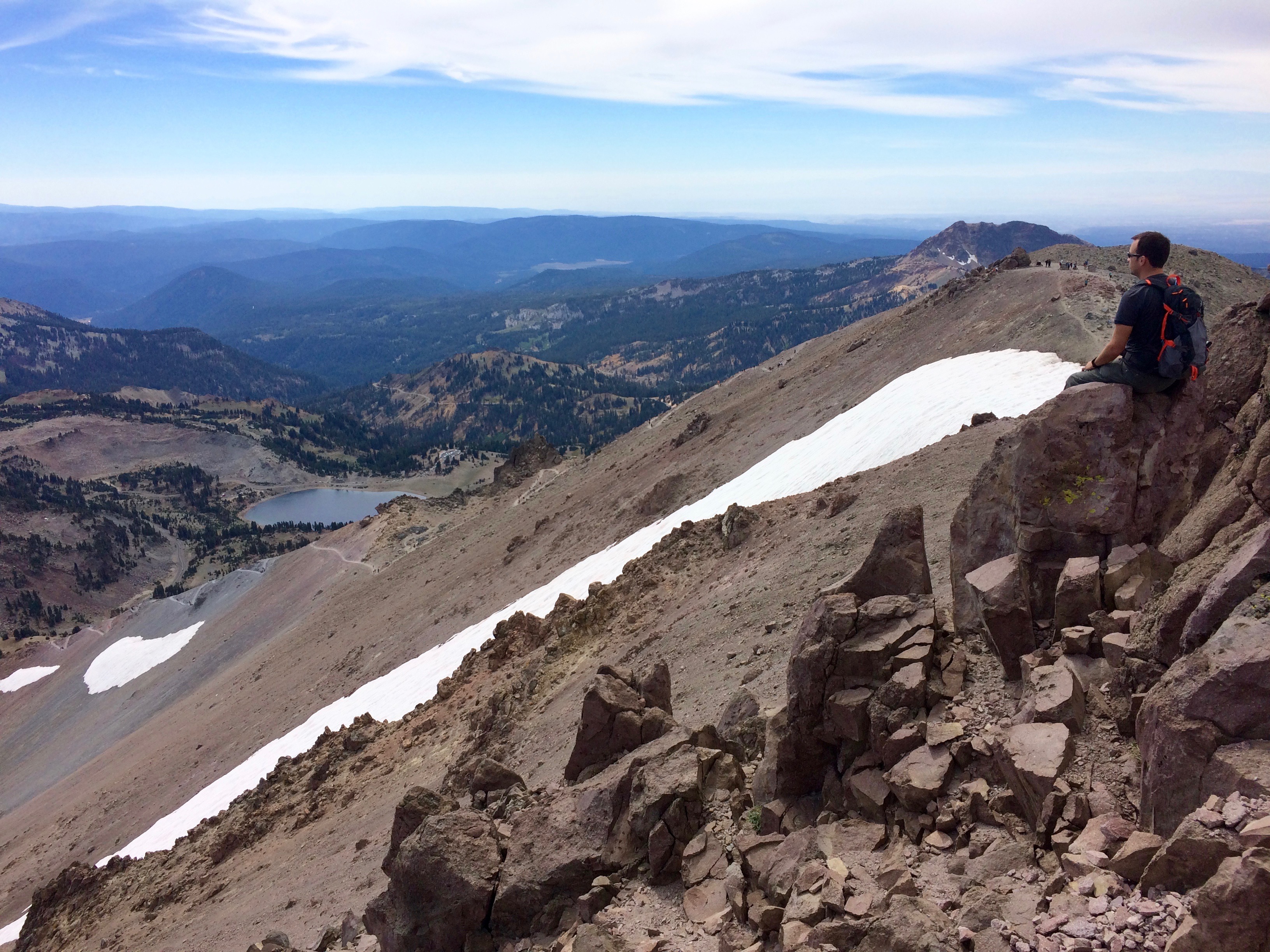

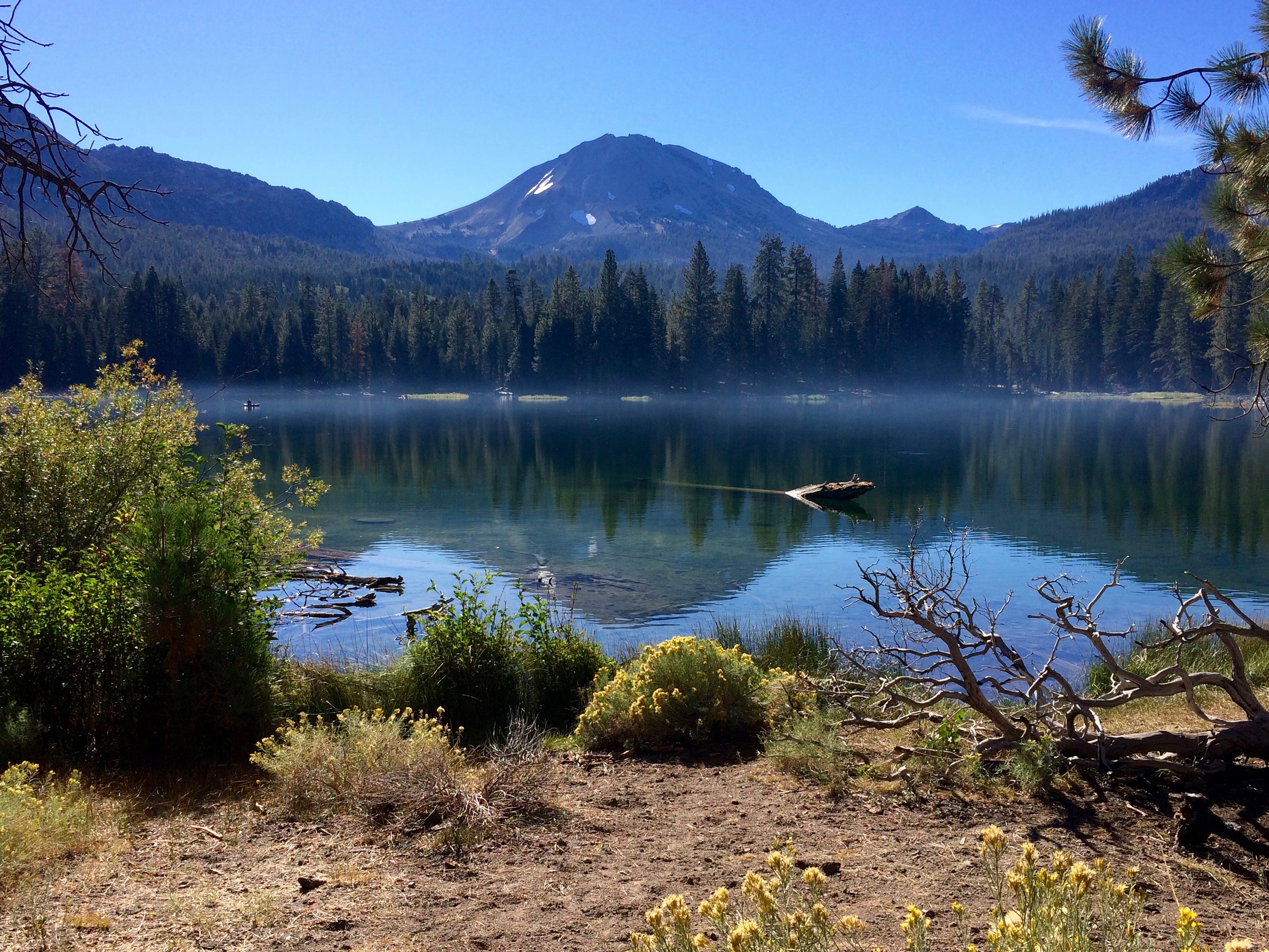

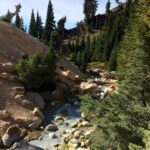
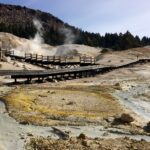
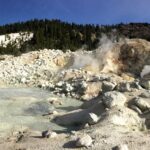
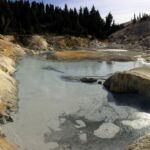






 Mountain lodging in Albania, €20 per person for a private room and 3 homemade meals.
Mountain lodging in Albania, €20 per person for a private room and 3 homemade meals. 10 types of baguettes at a grocery chain in Cancale, France.
10 types of baguettes at a grocery chain in Cancale, France.

 Our collection of SIM cards.
Our collection of SIM cards.

